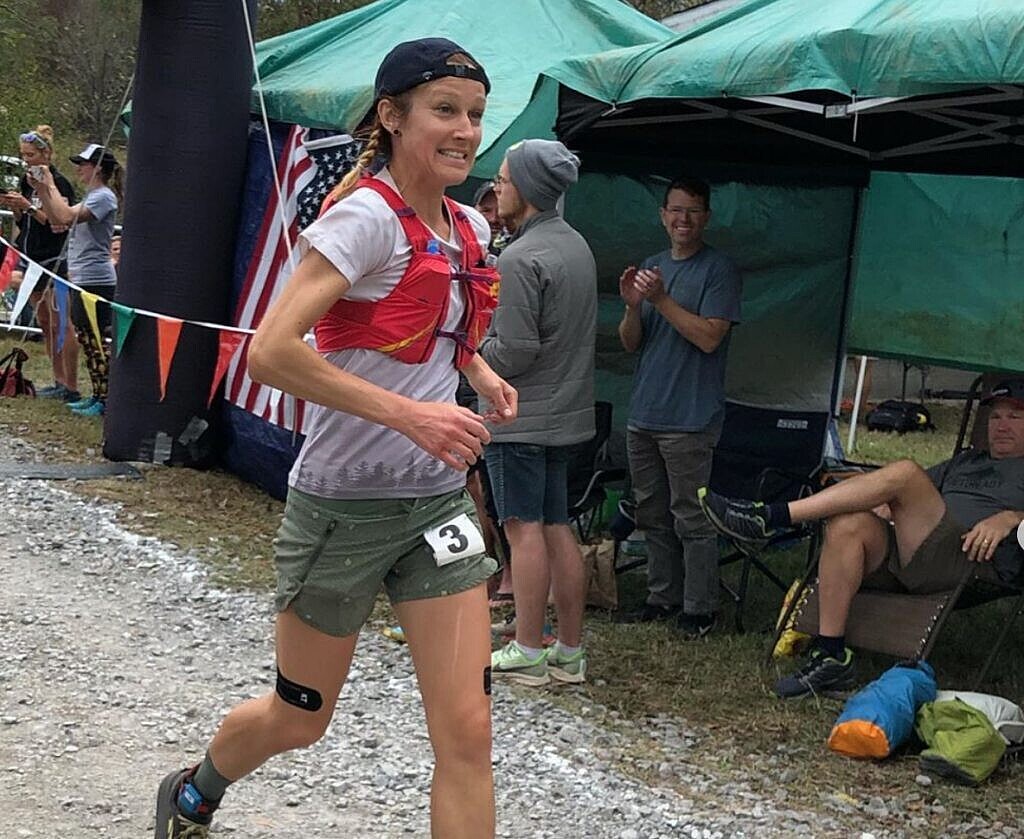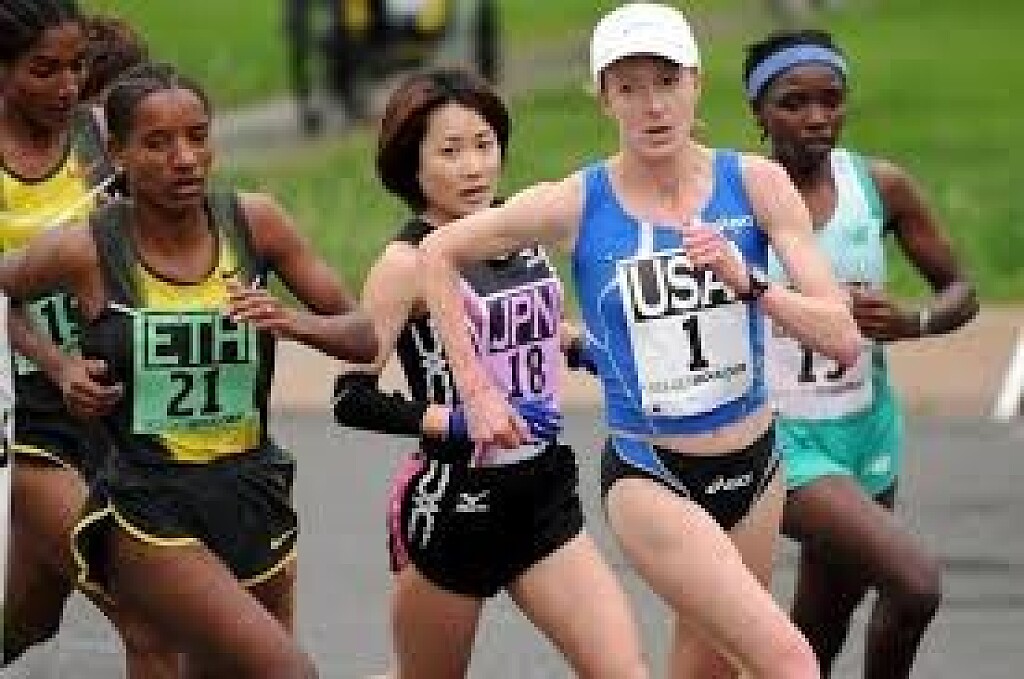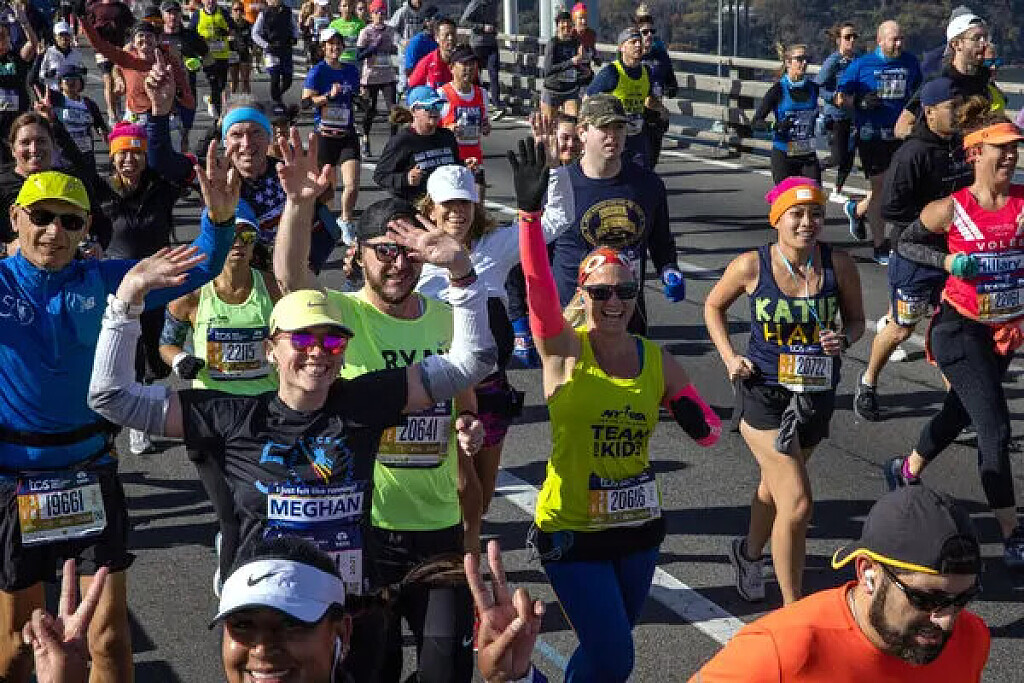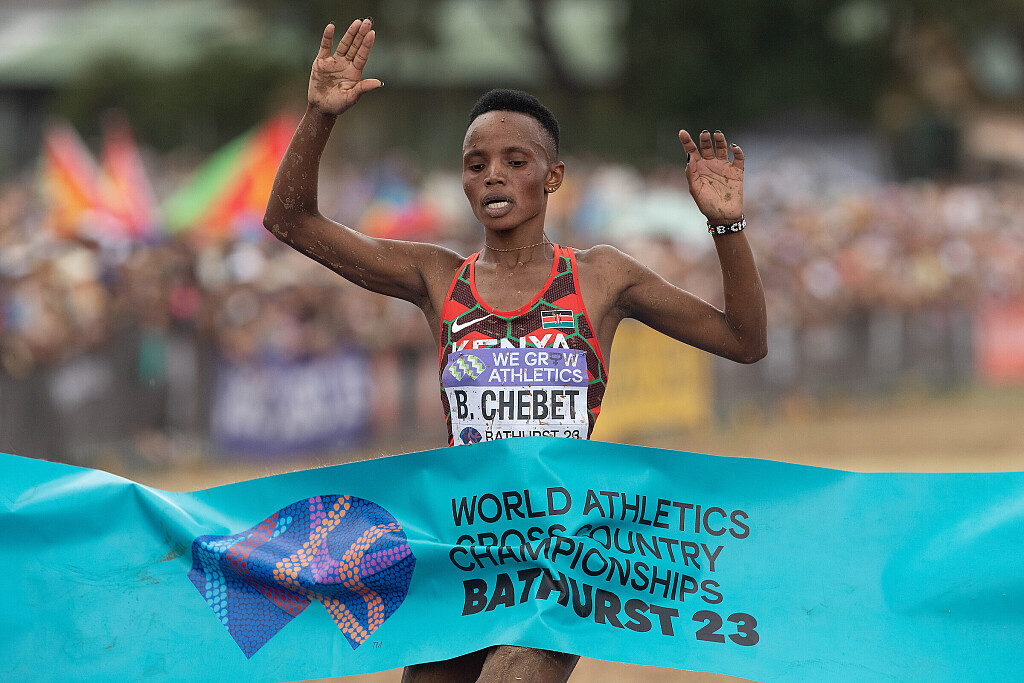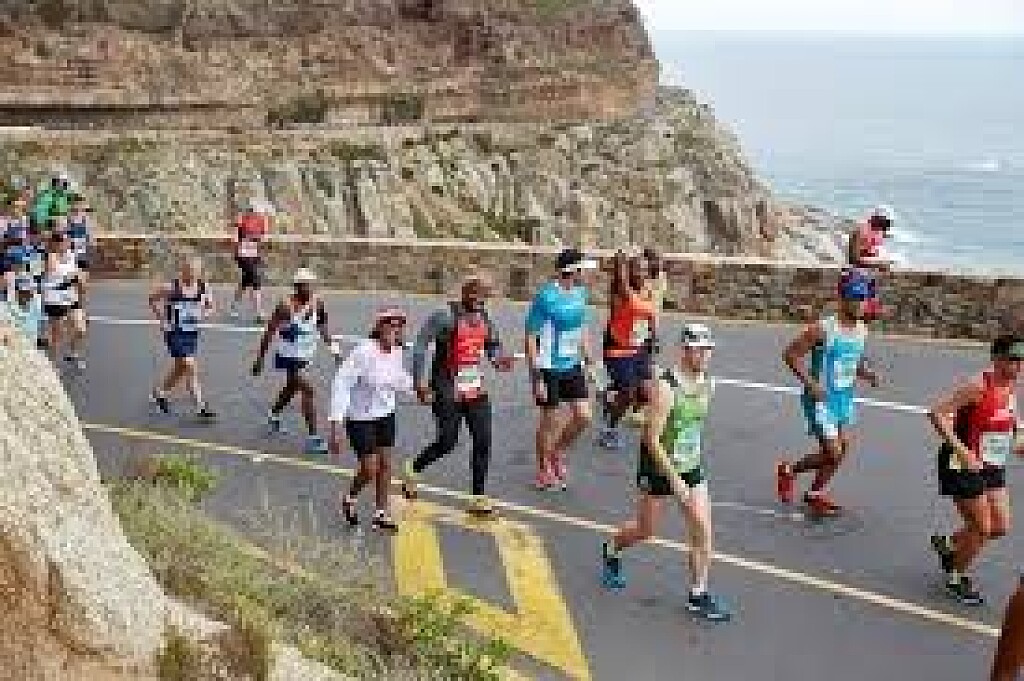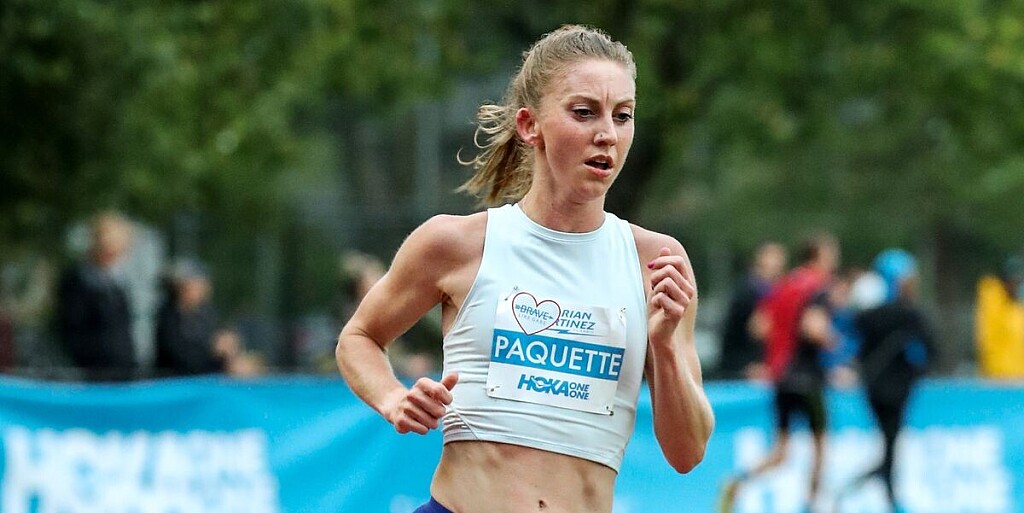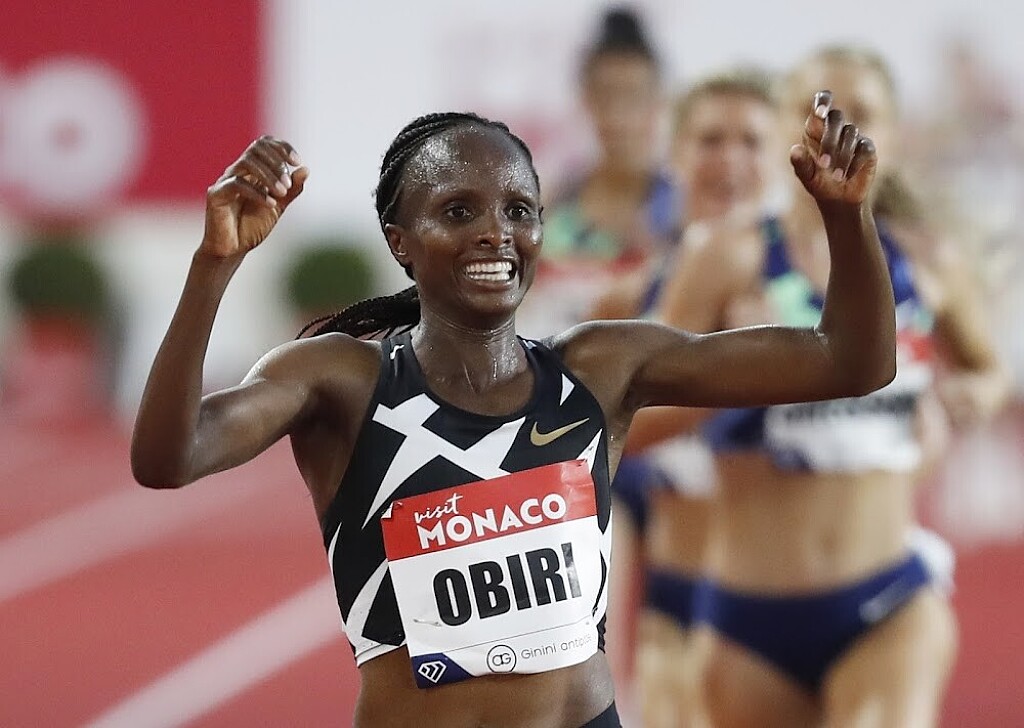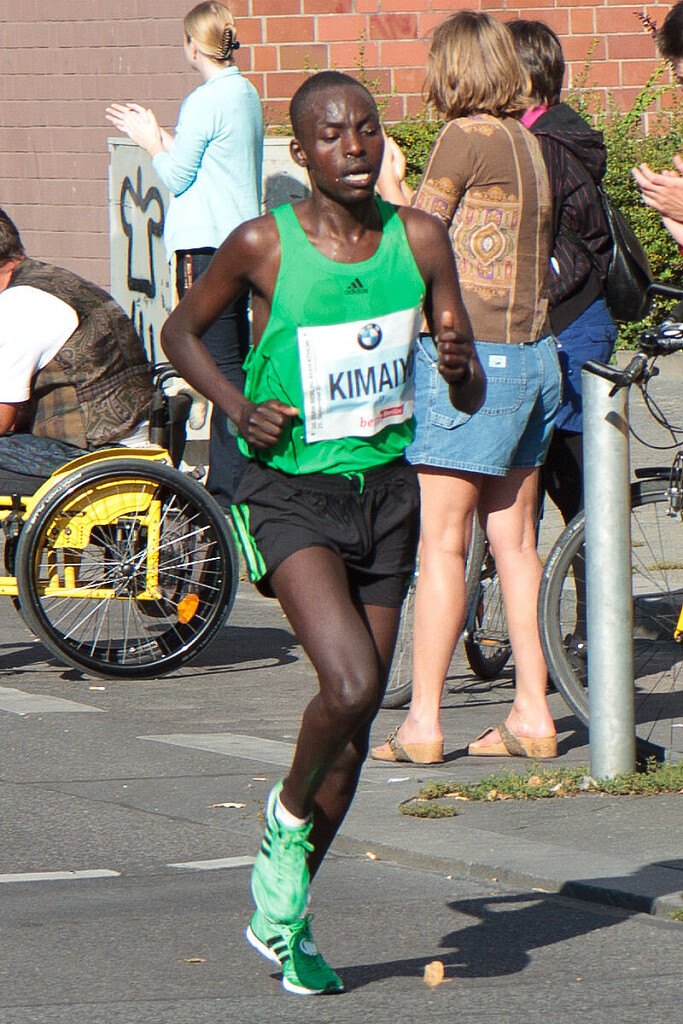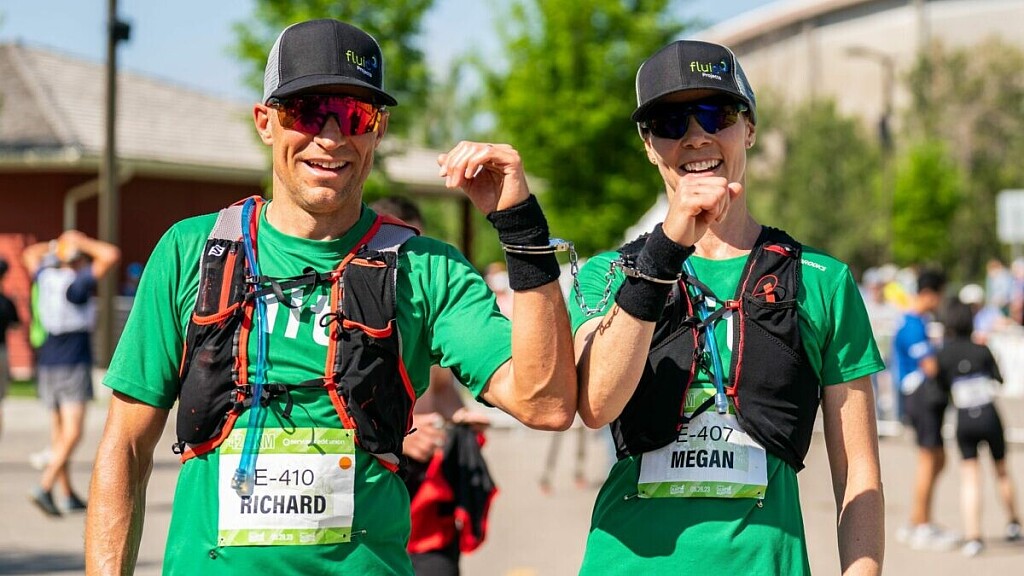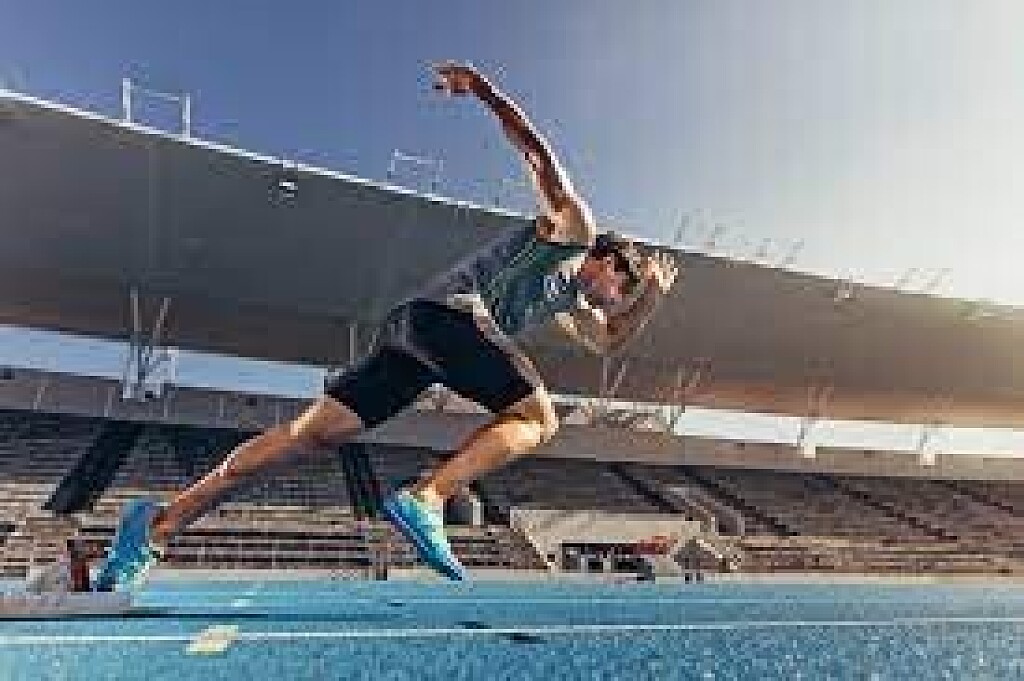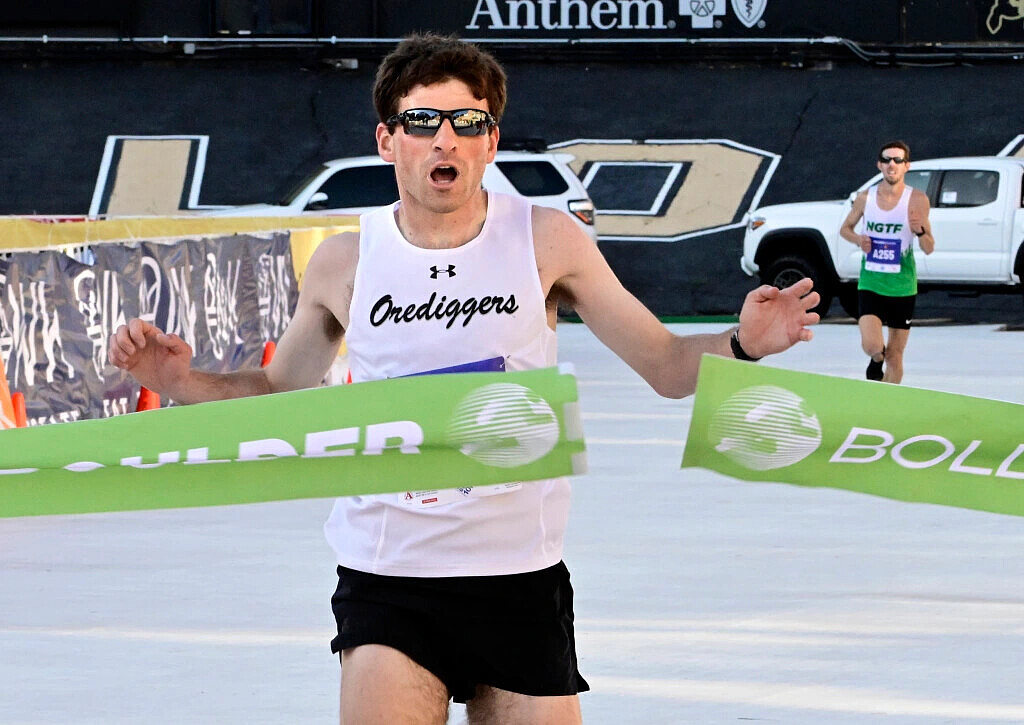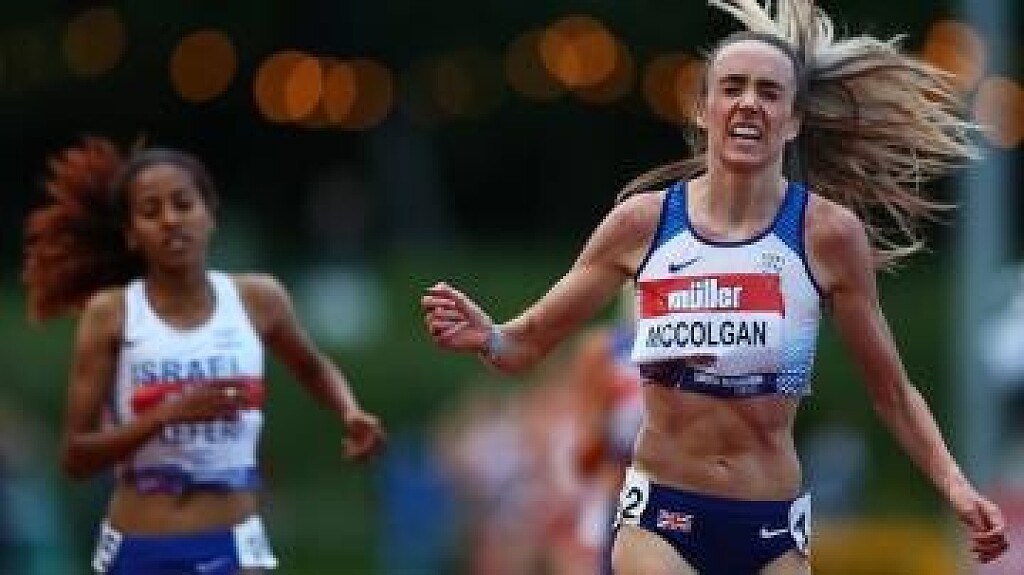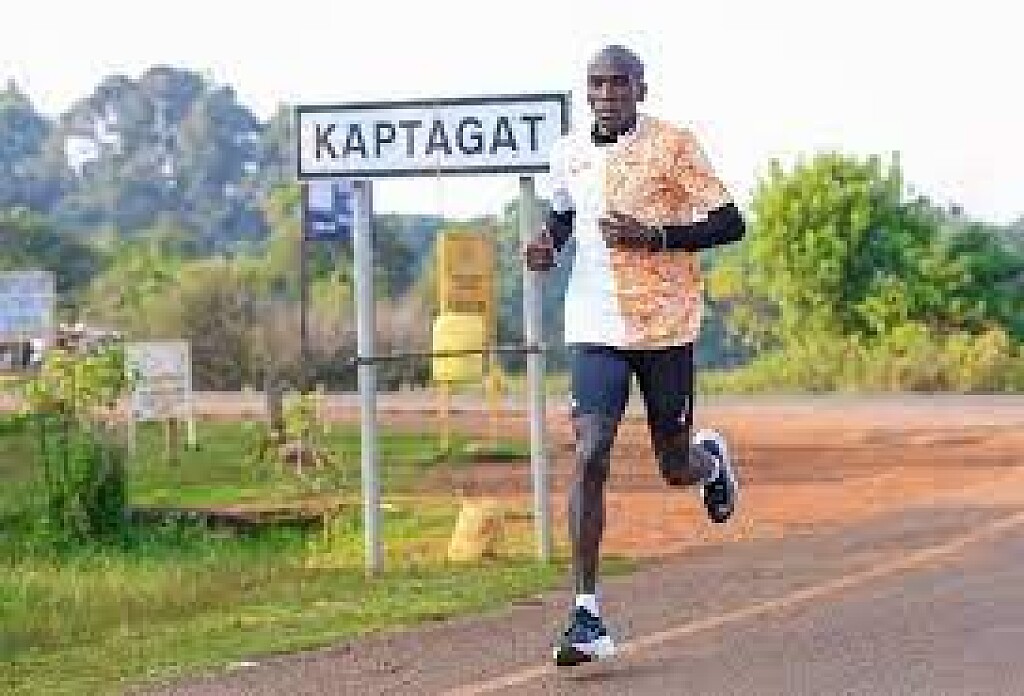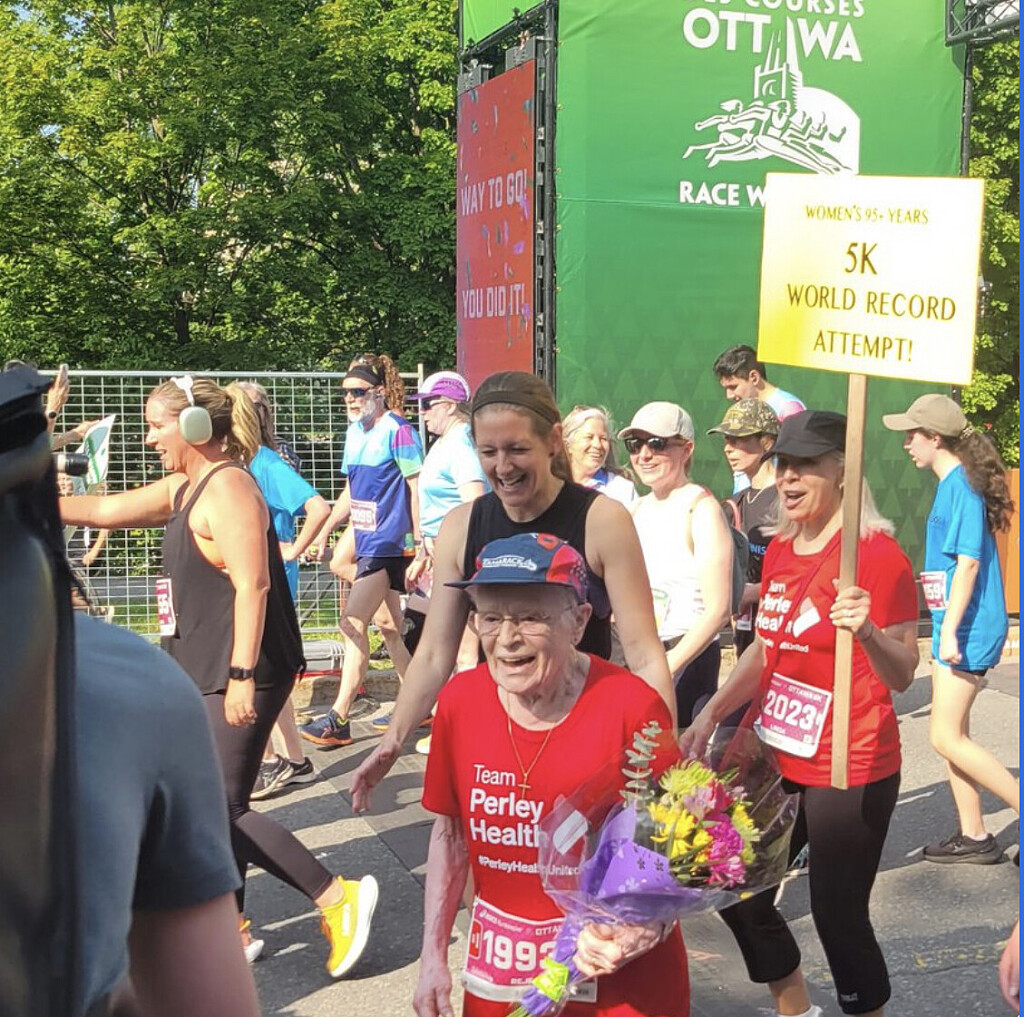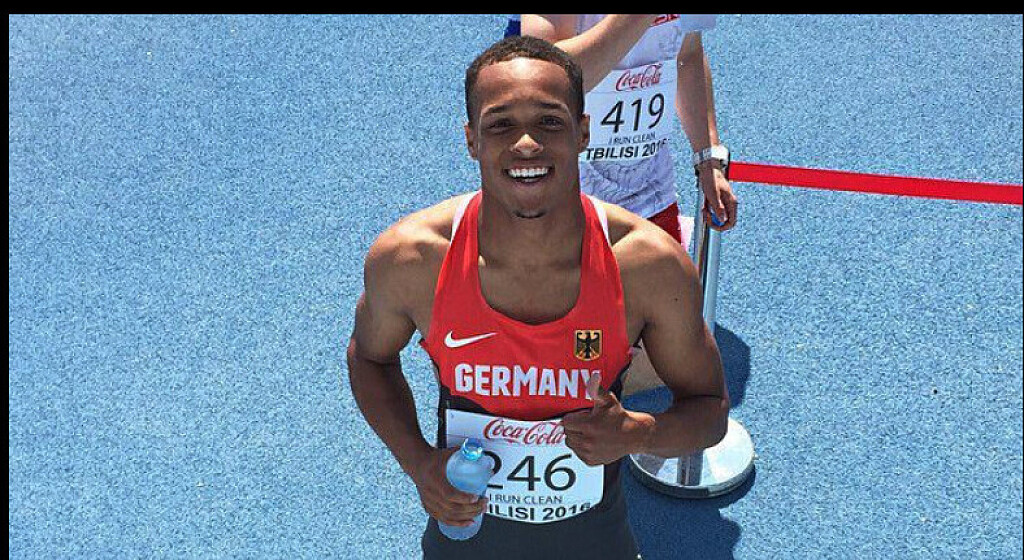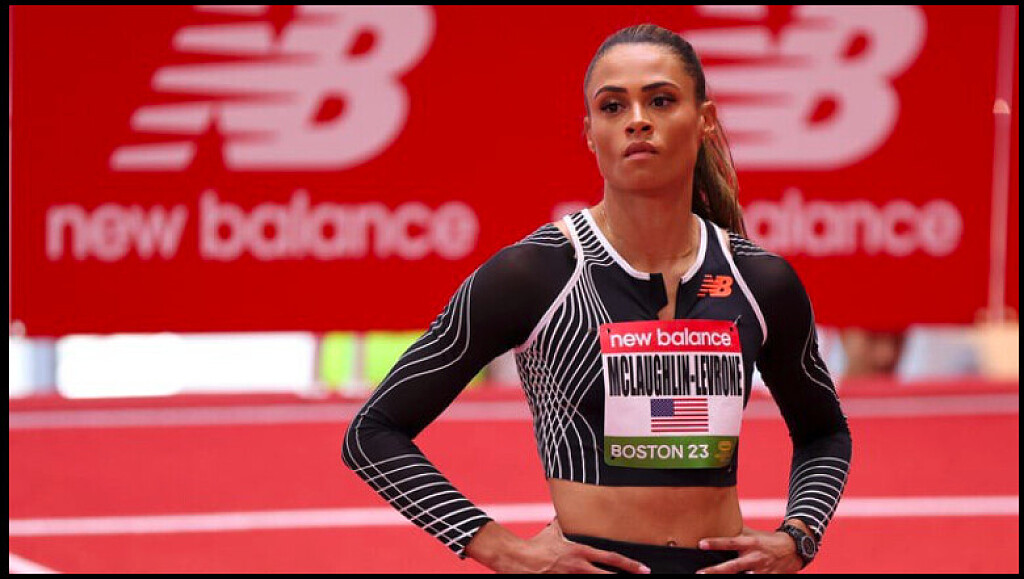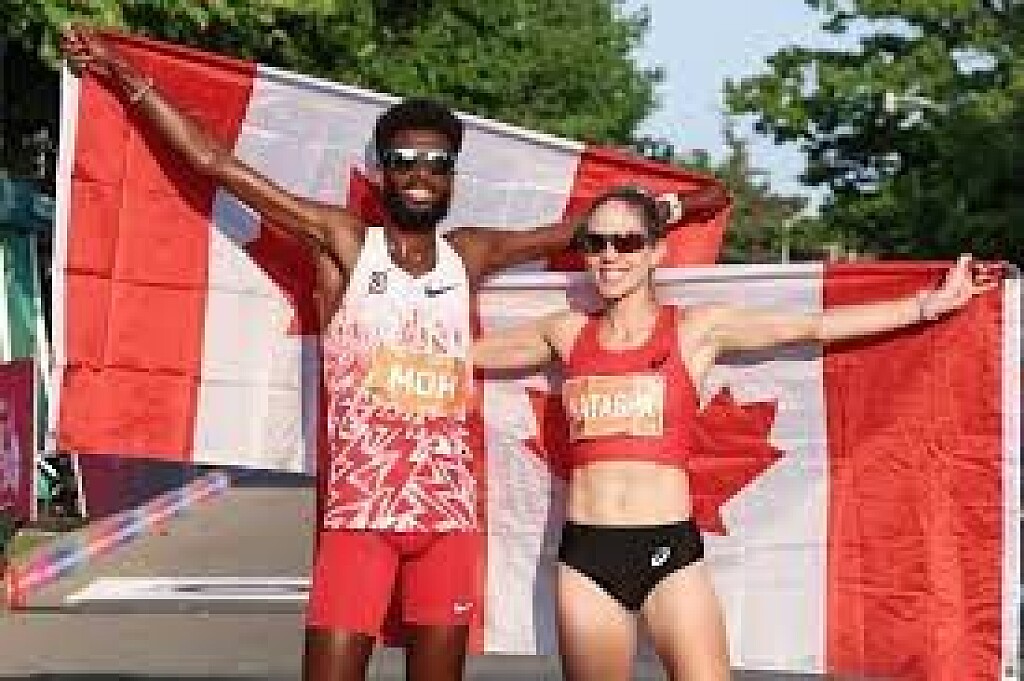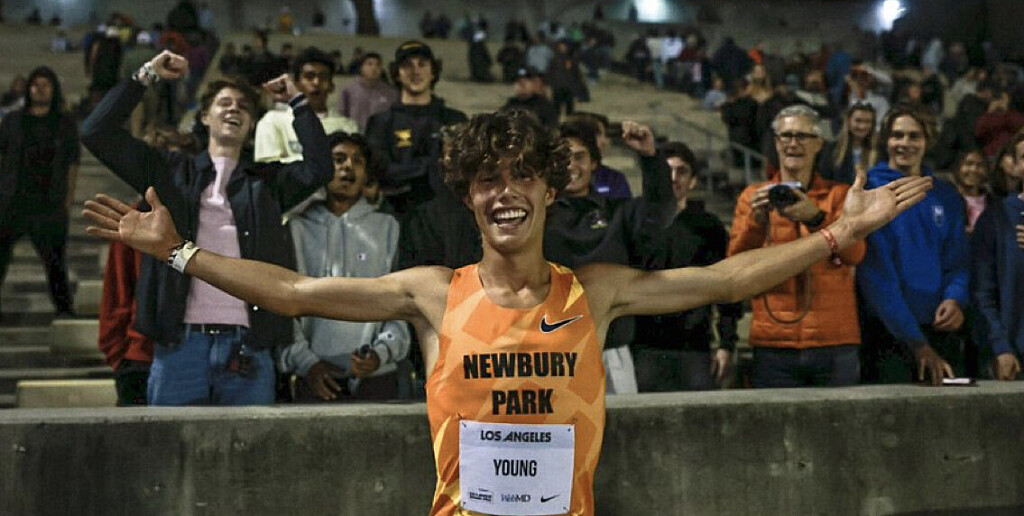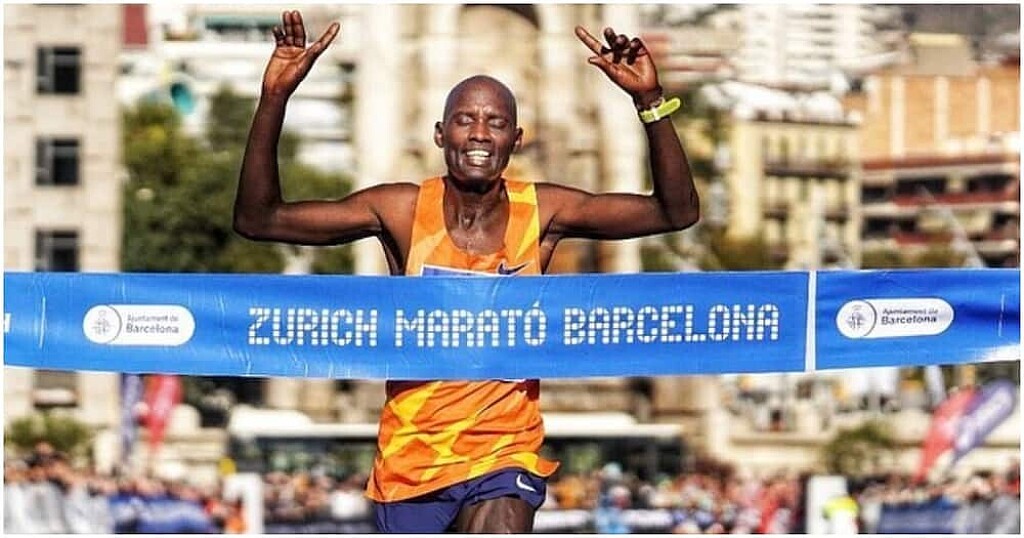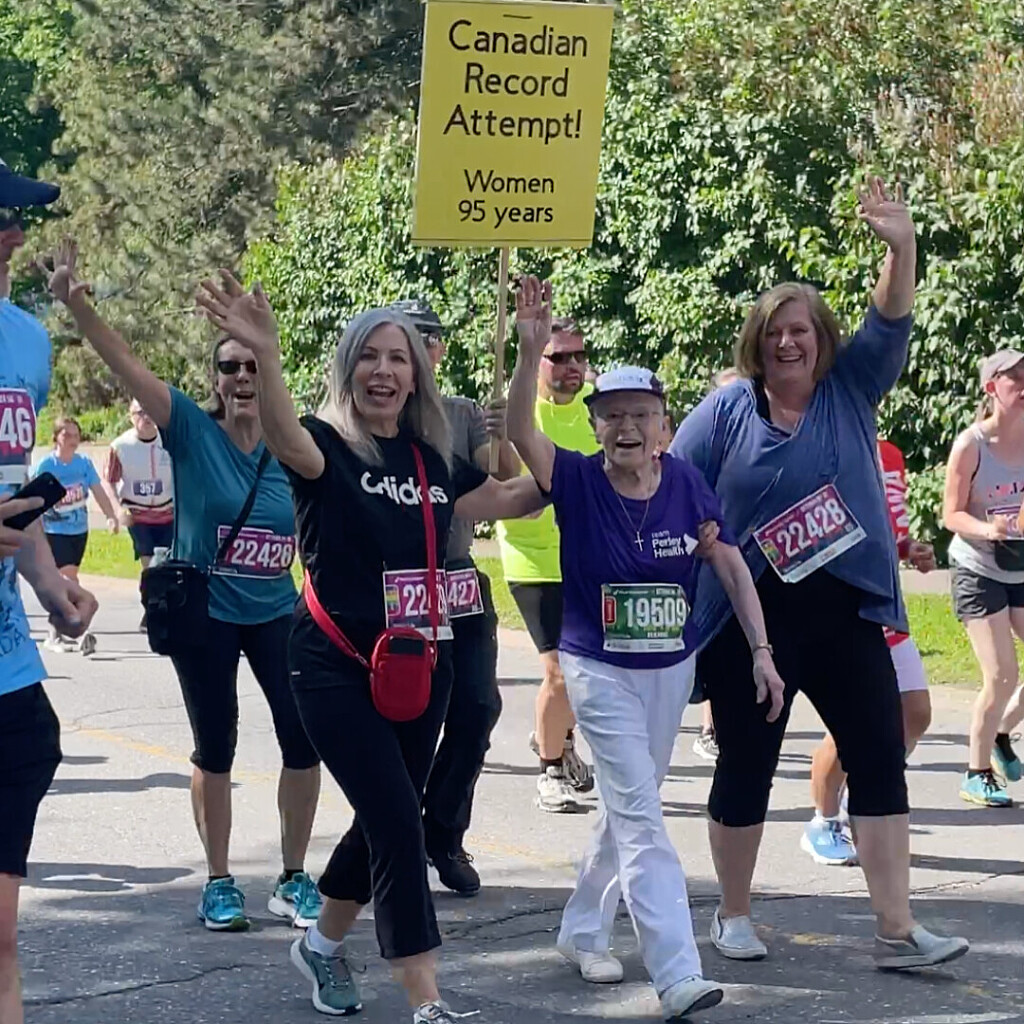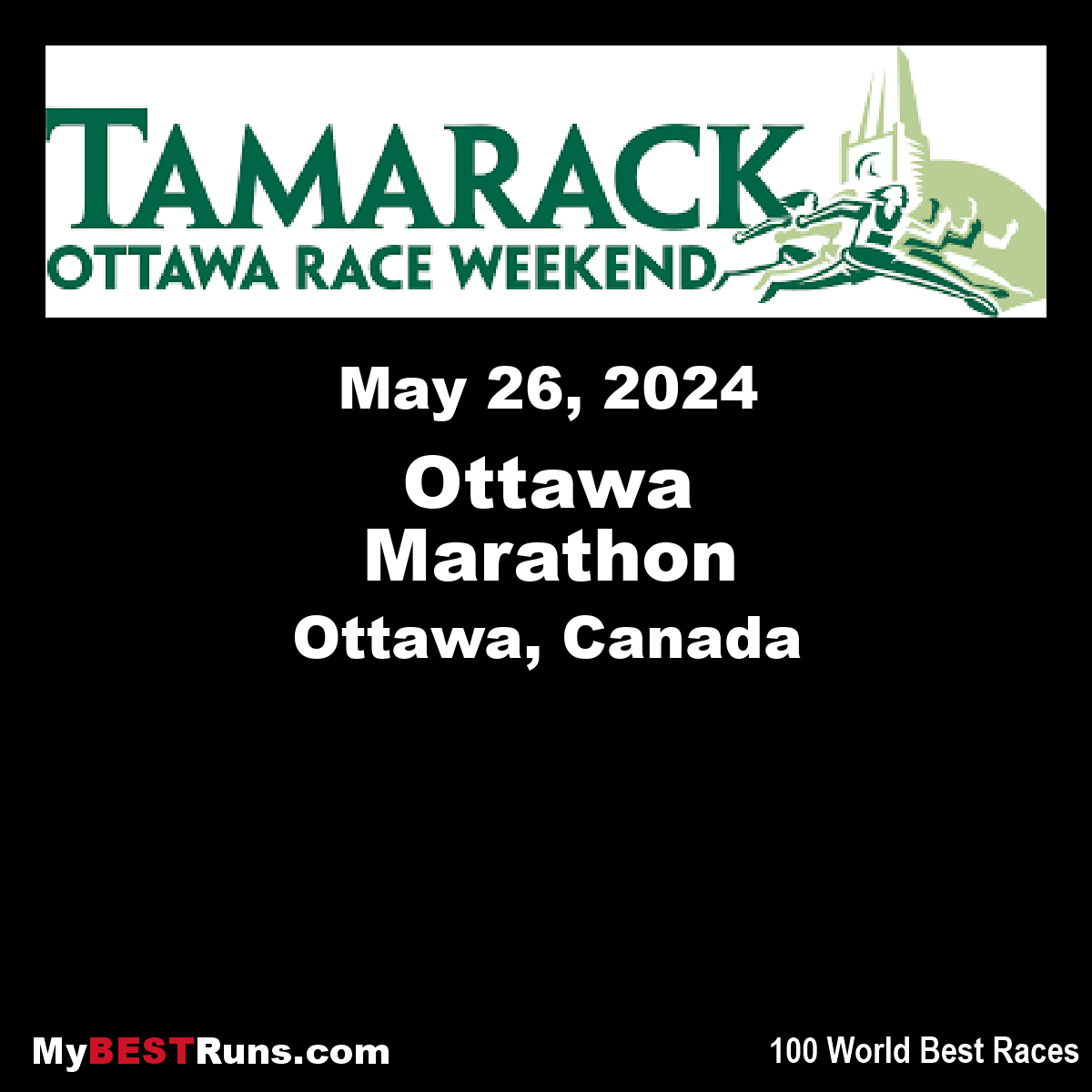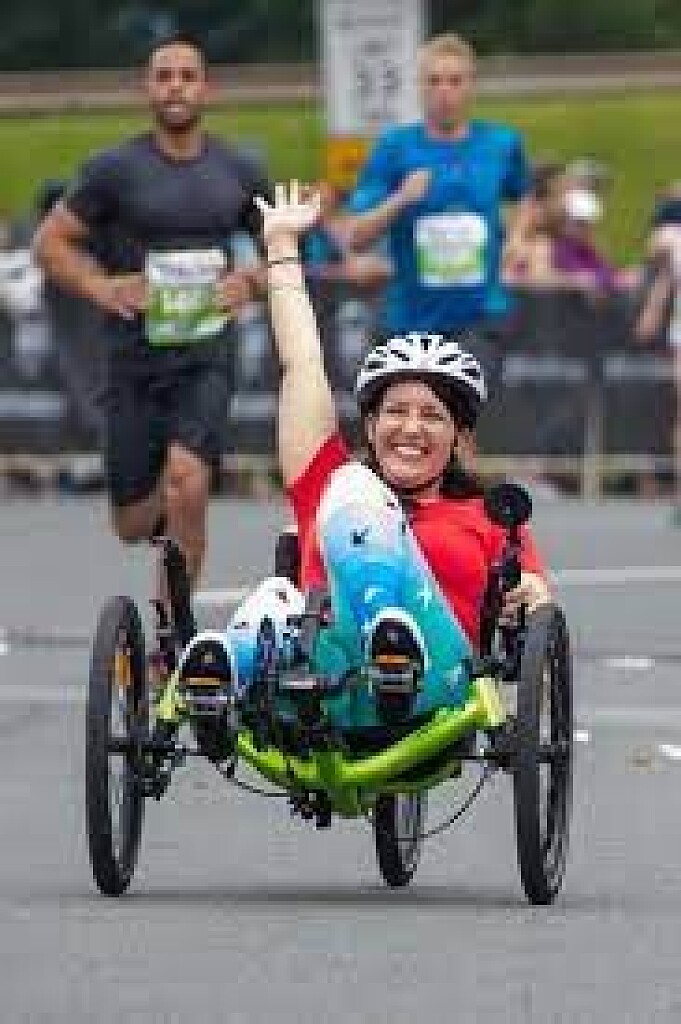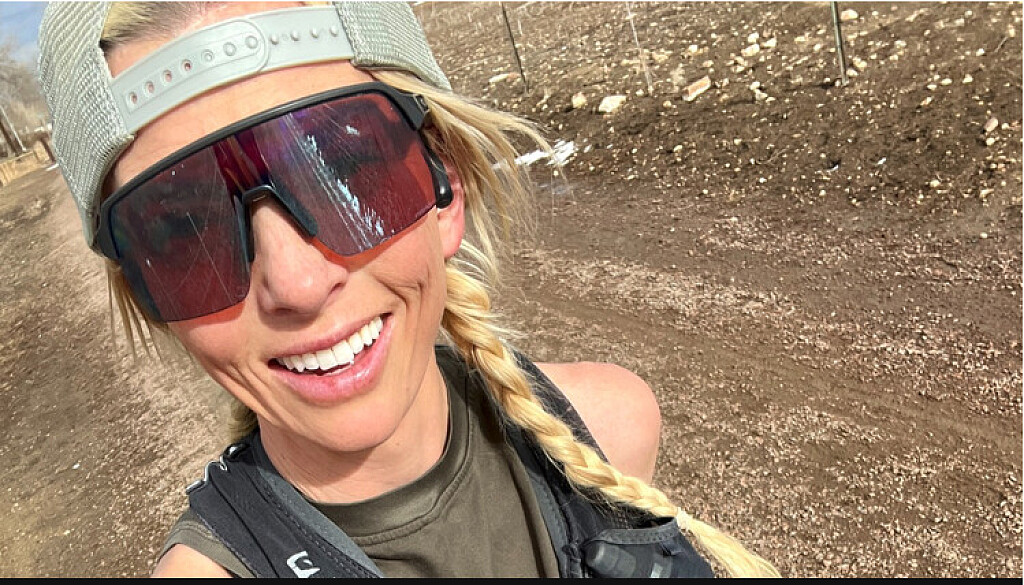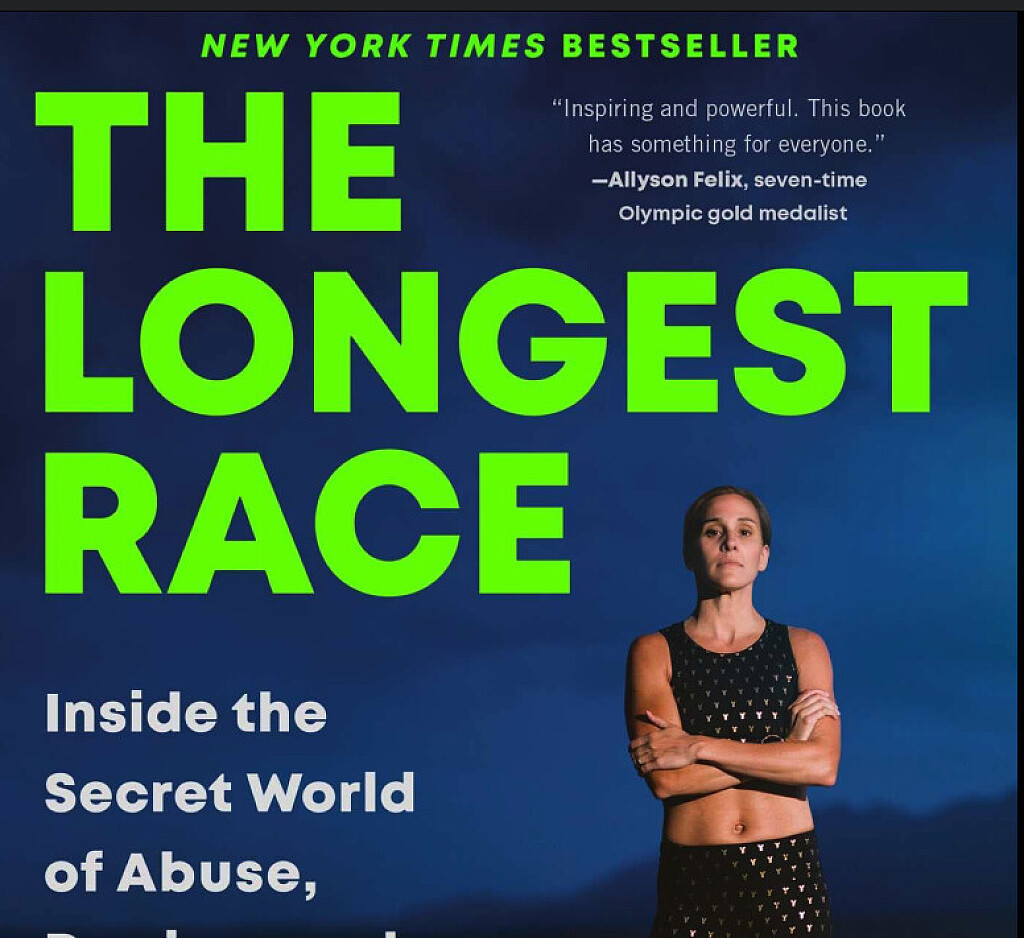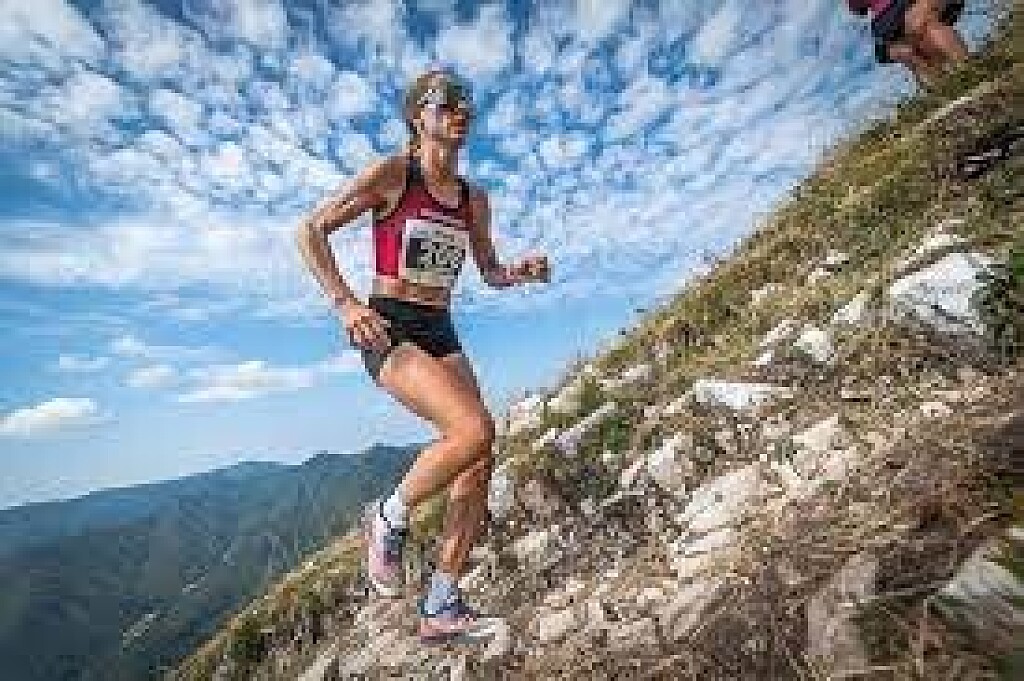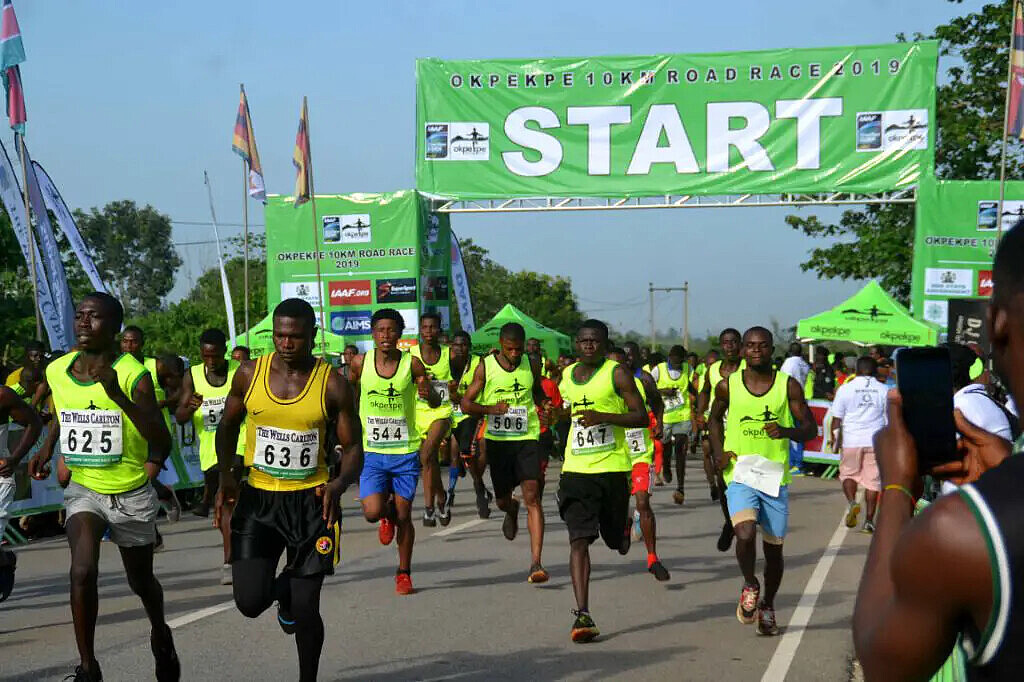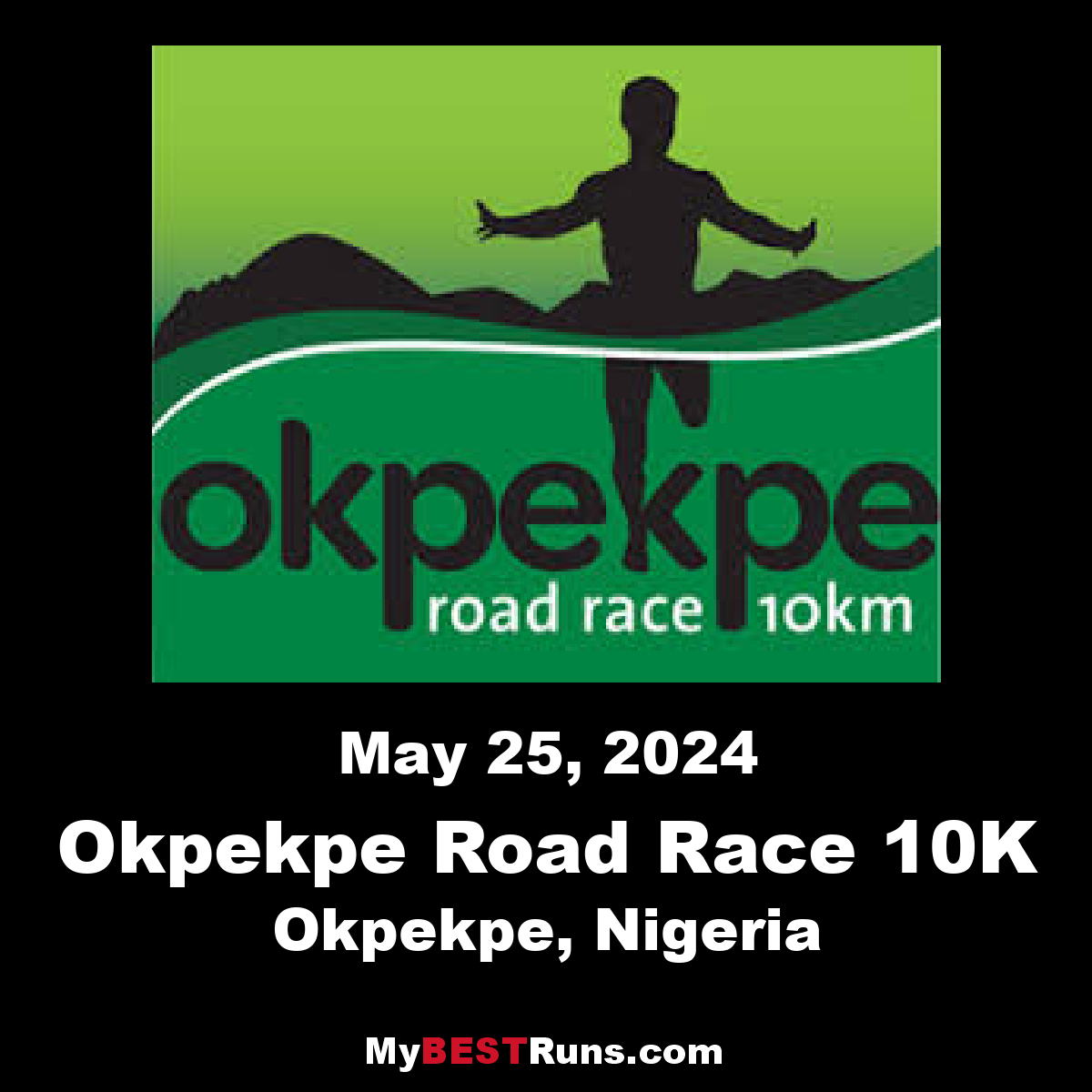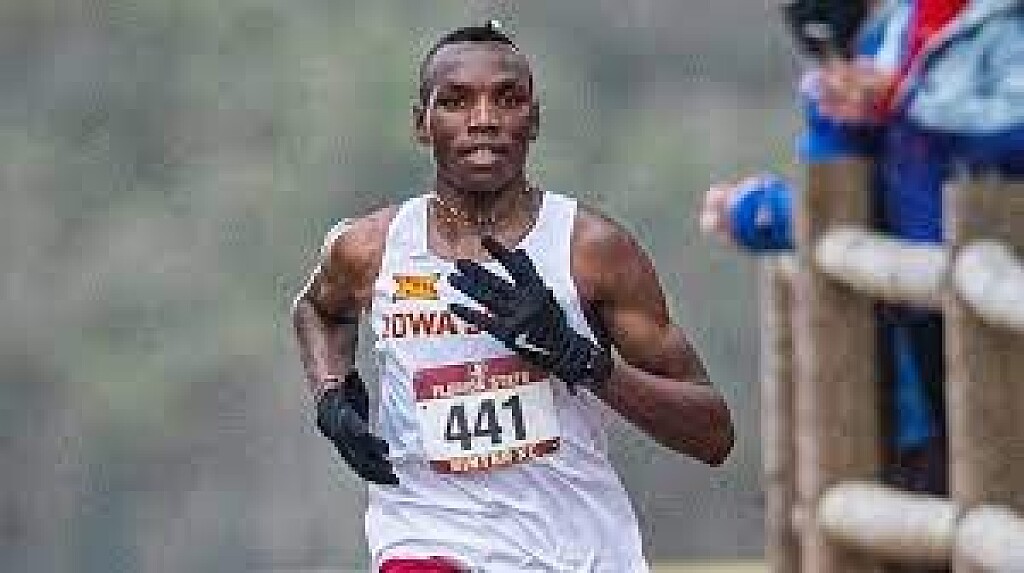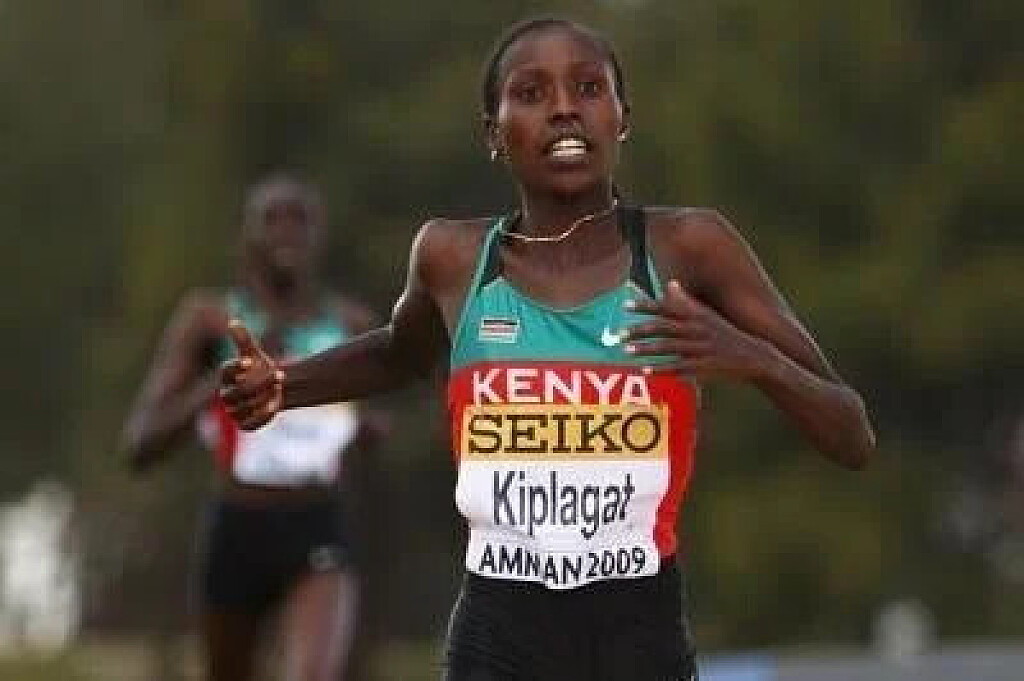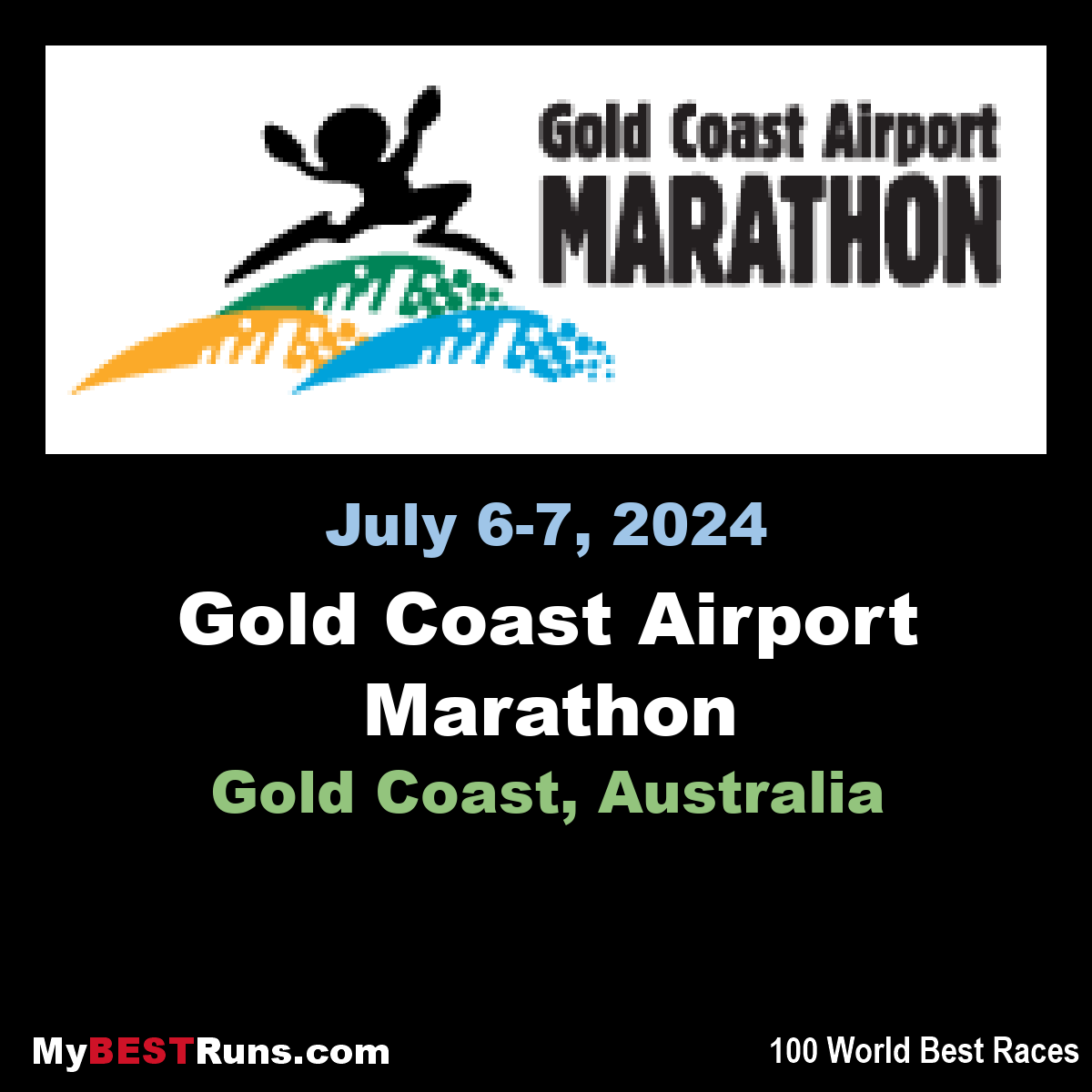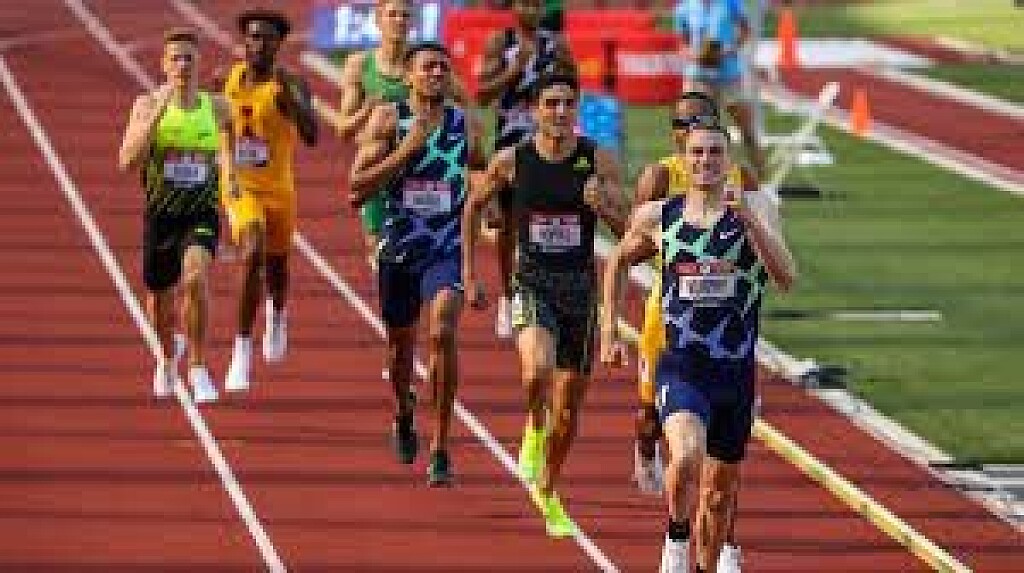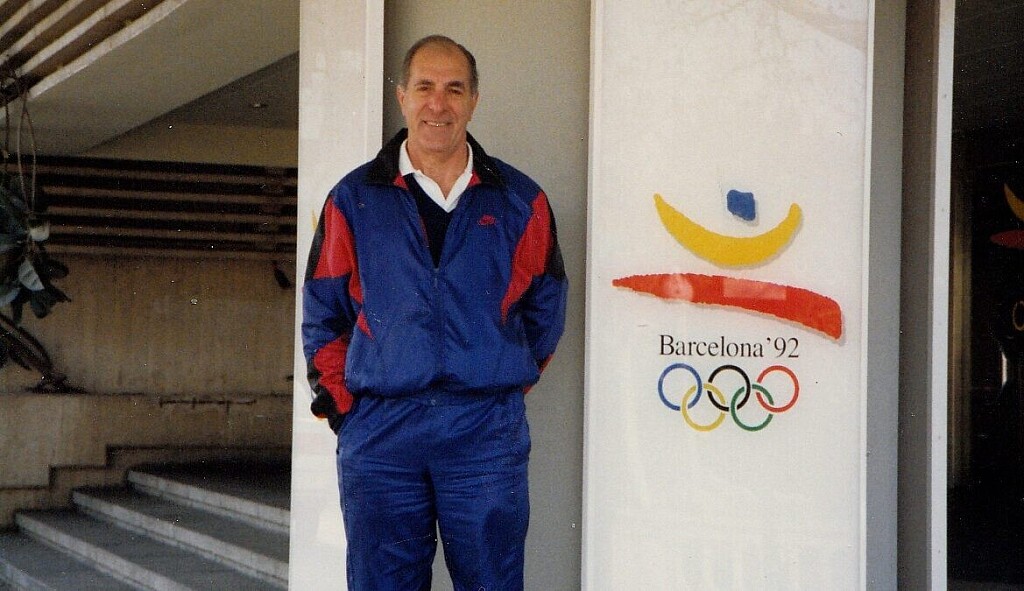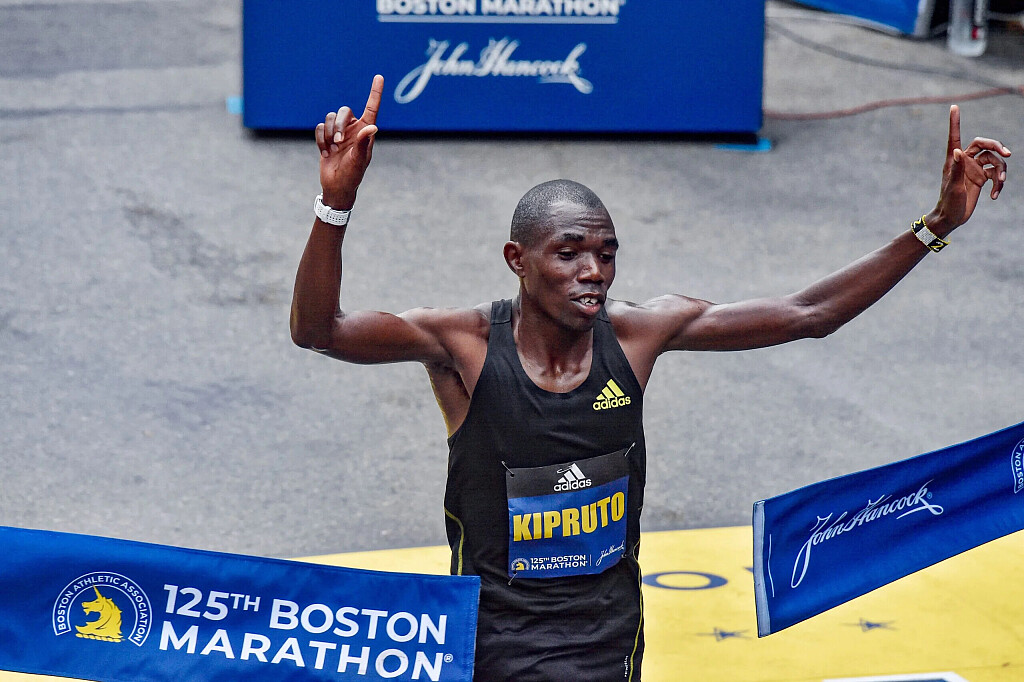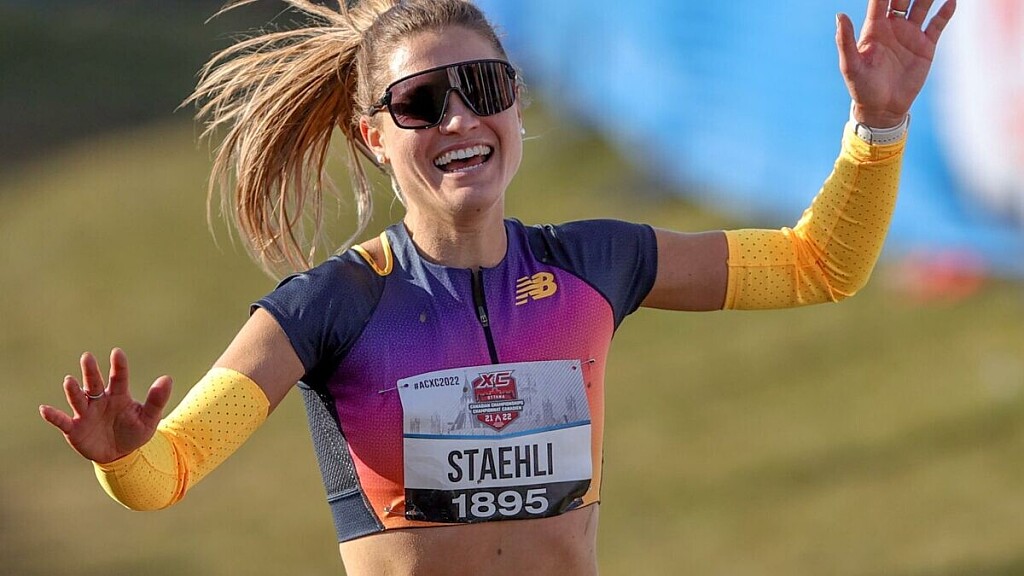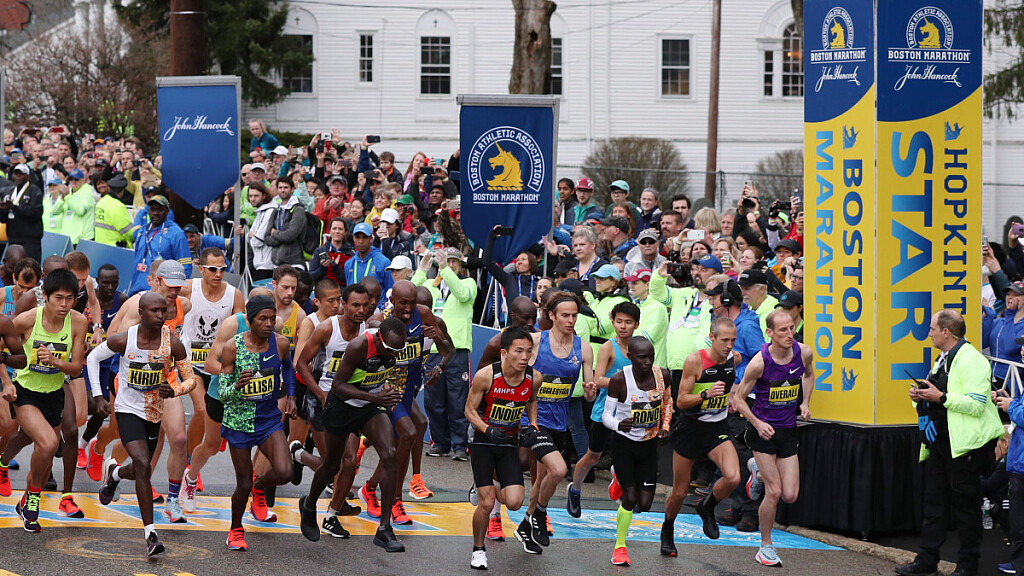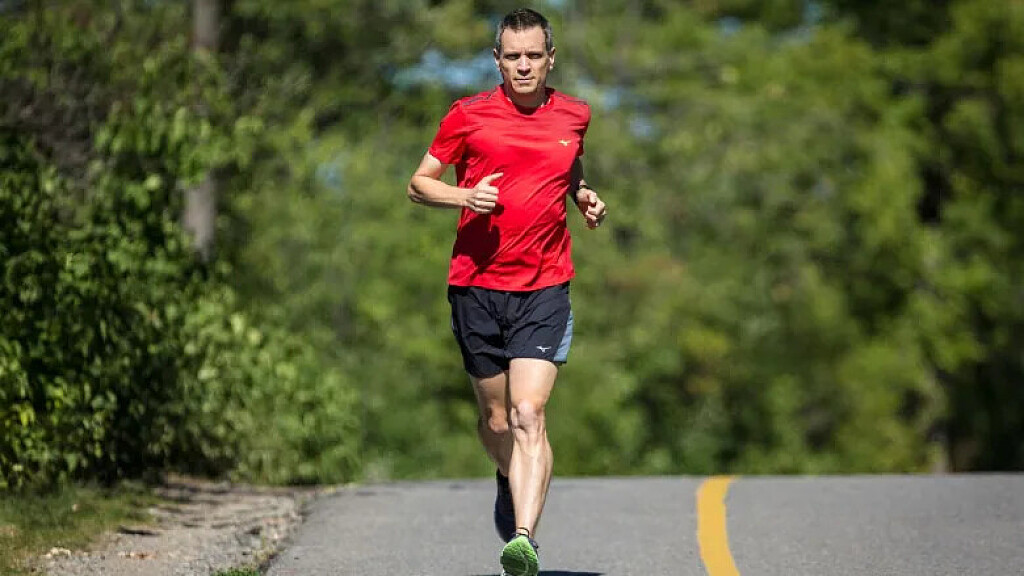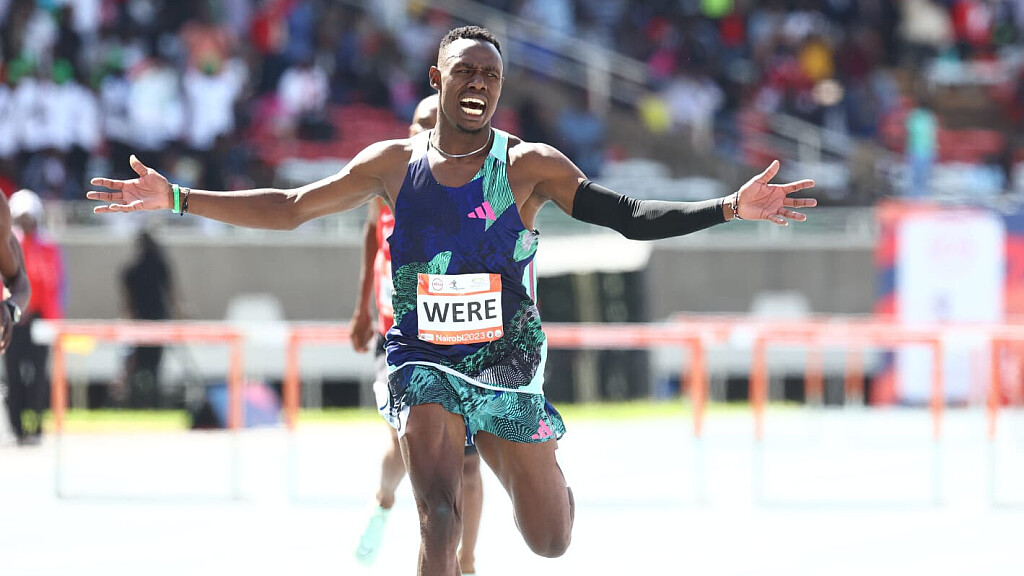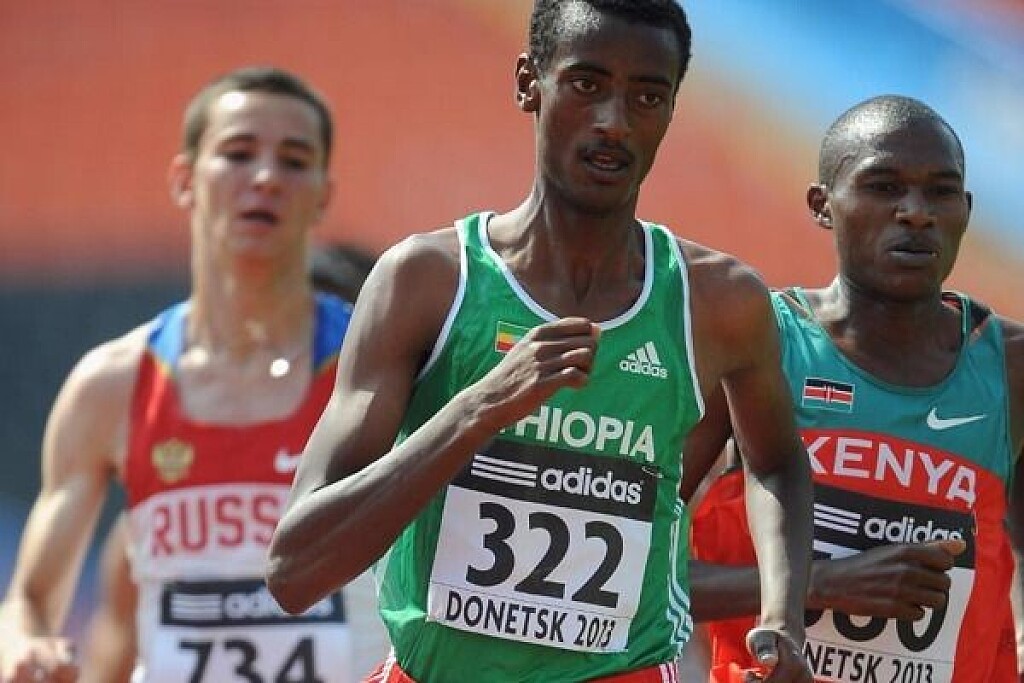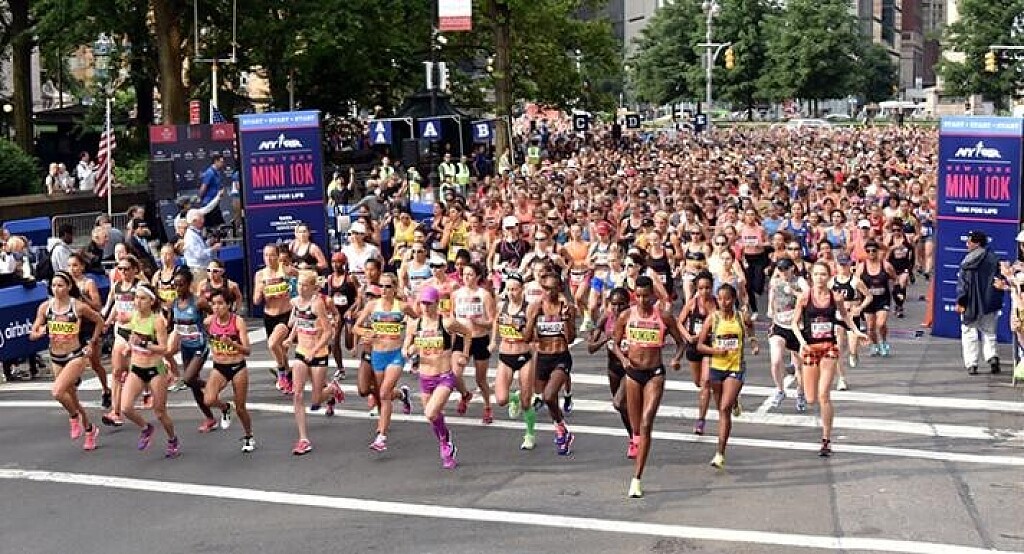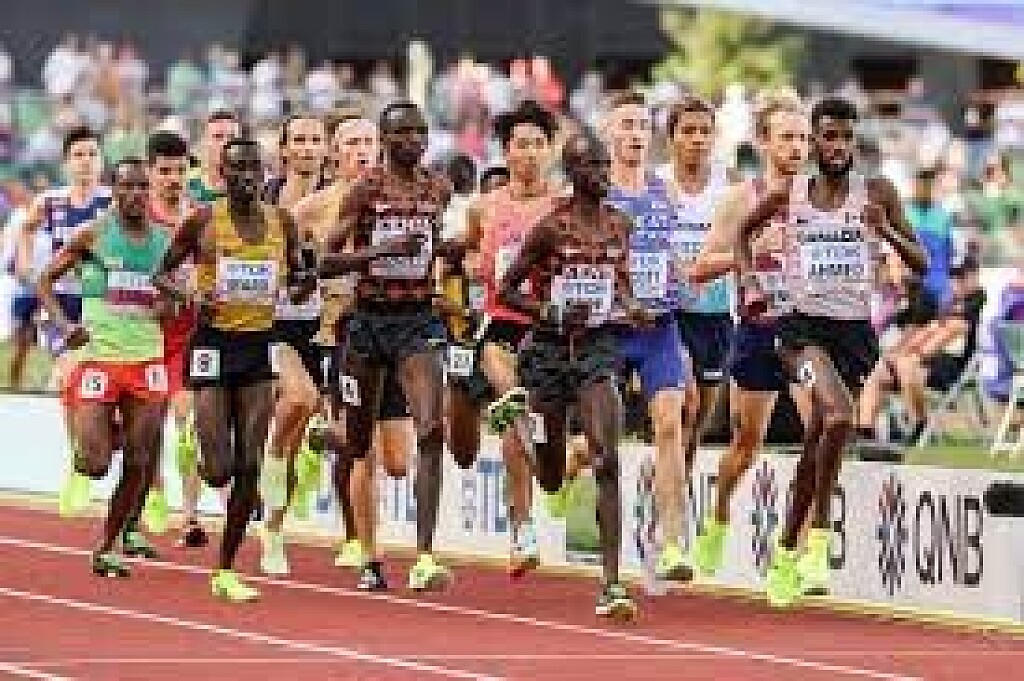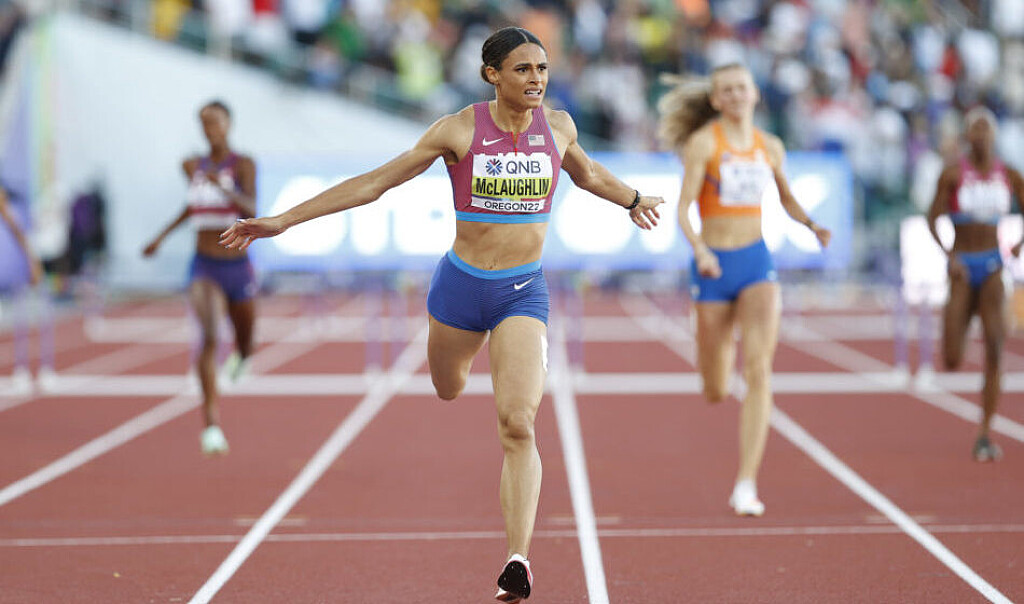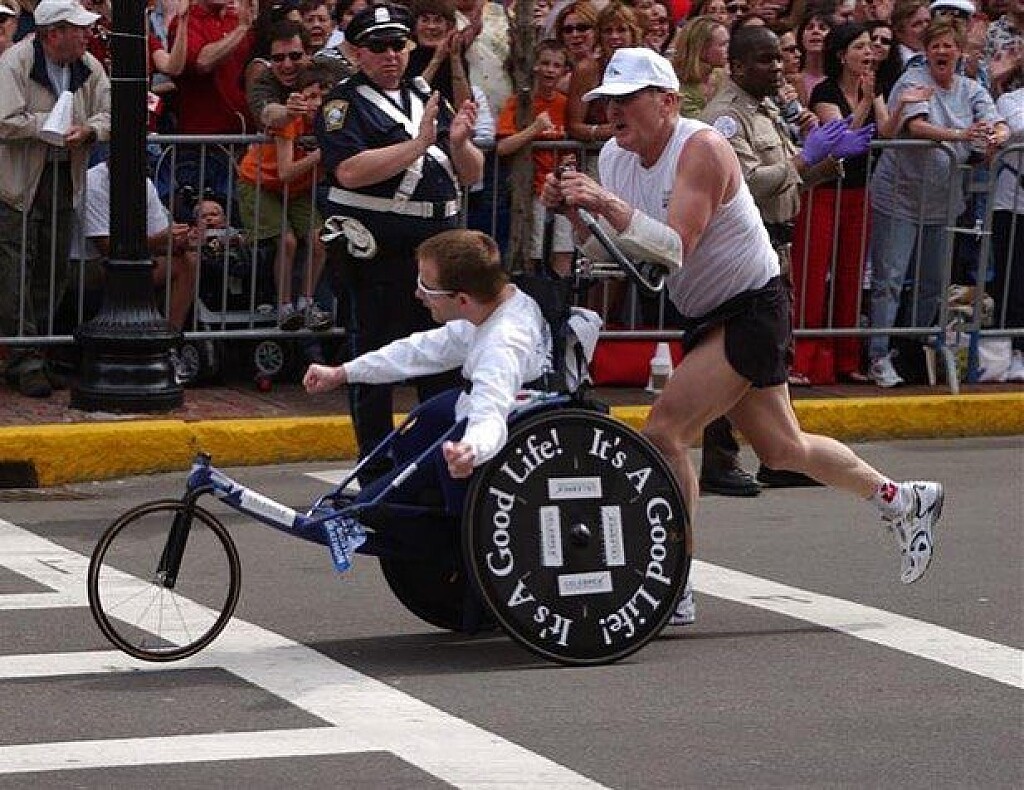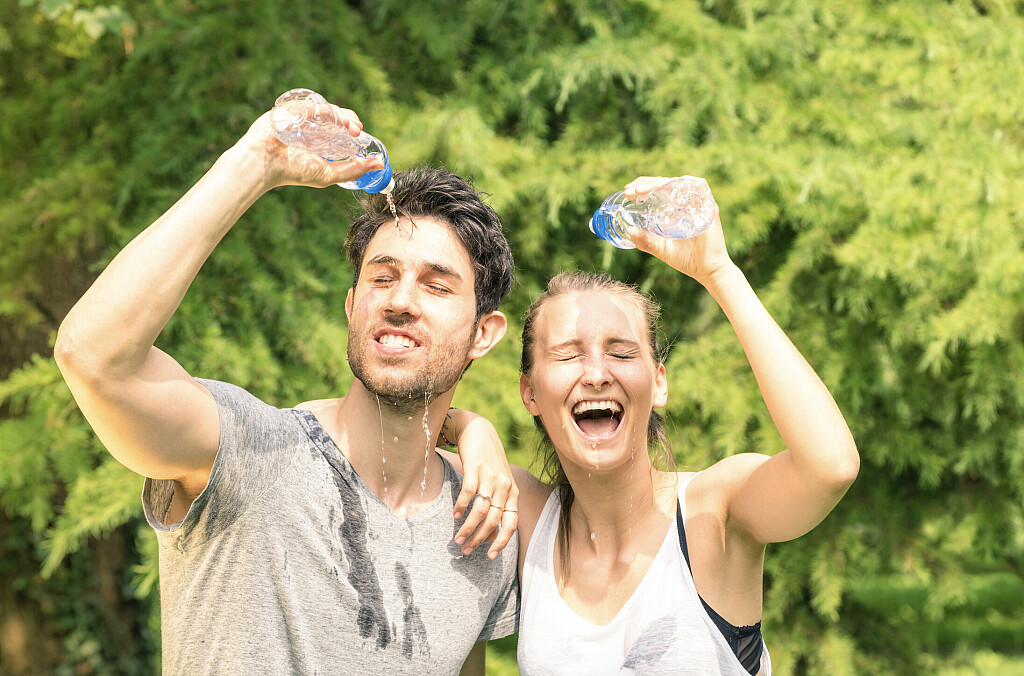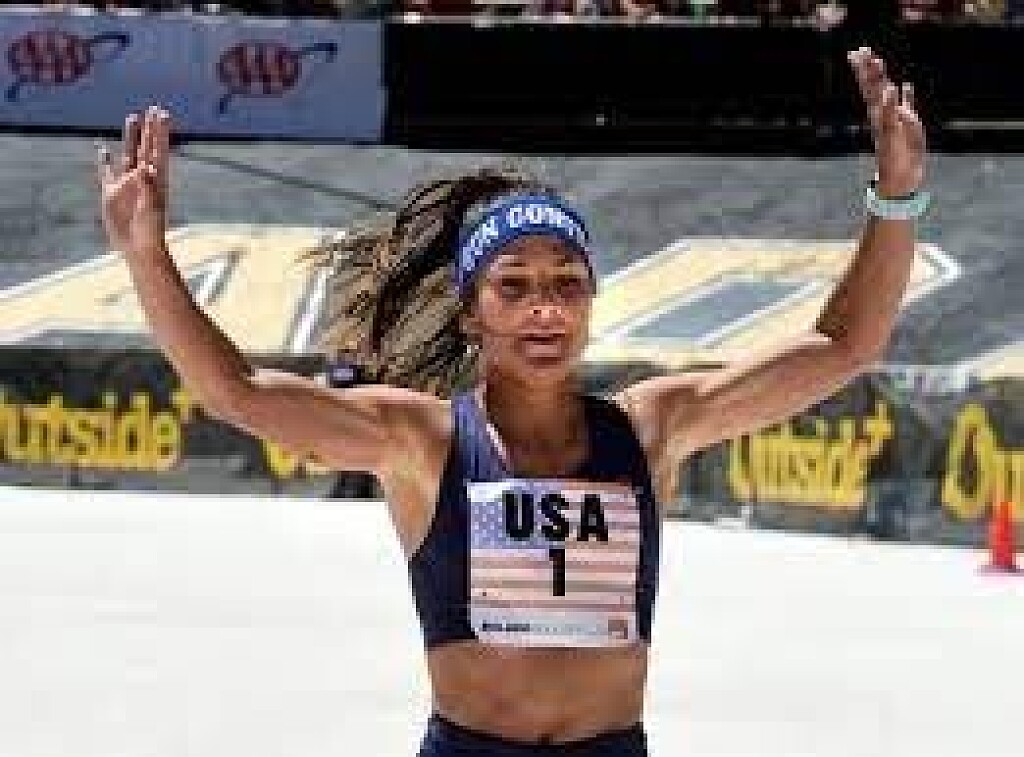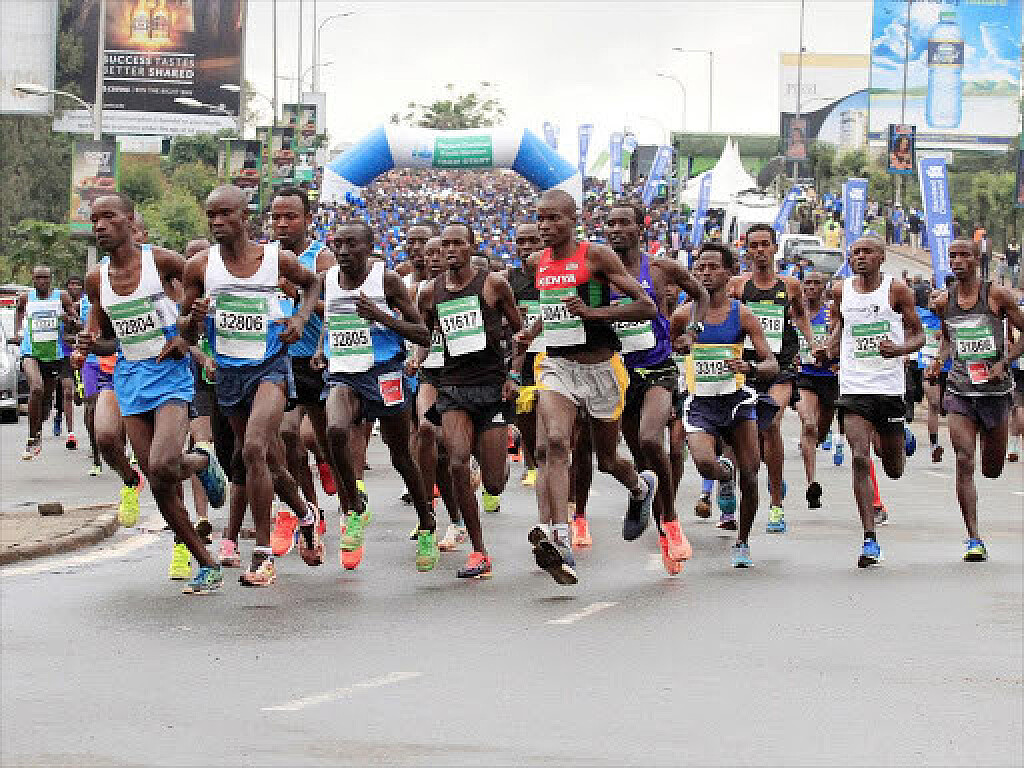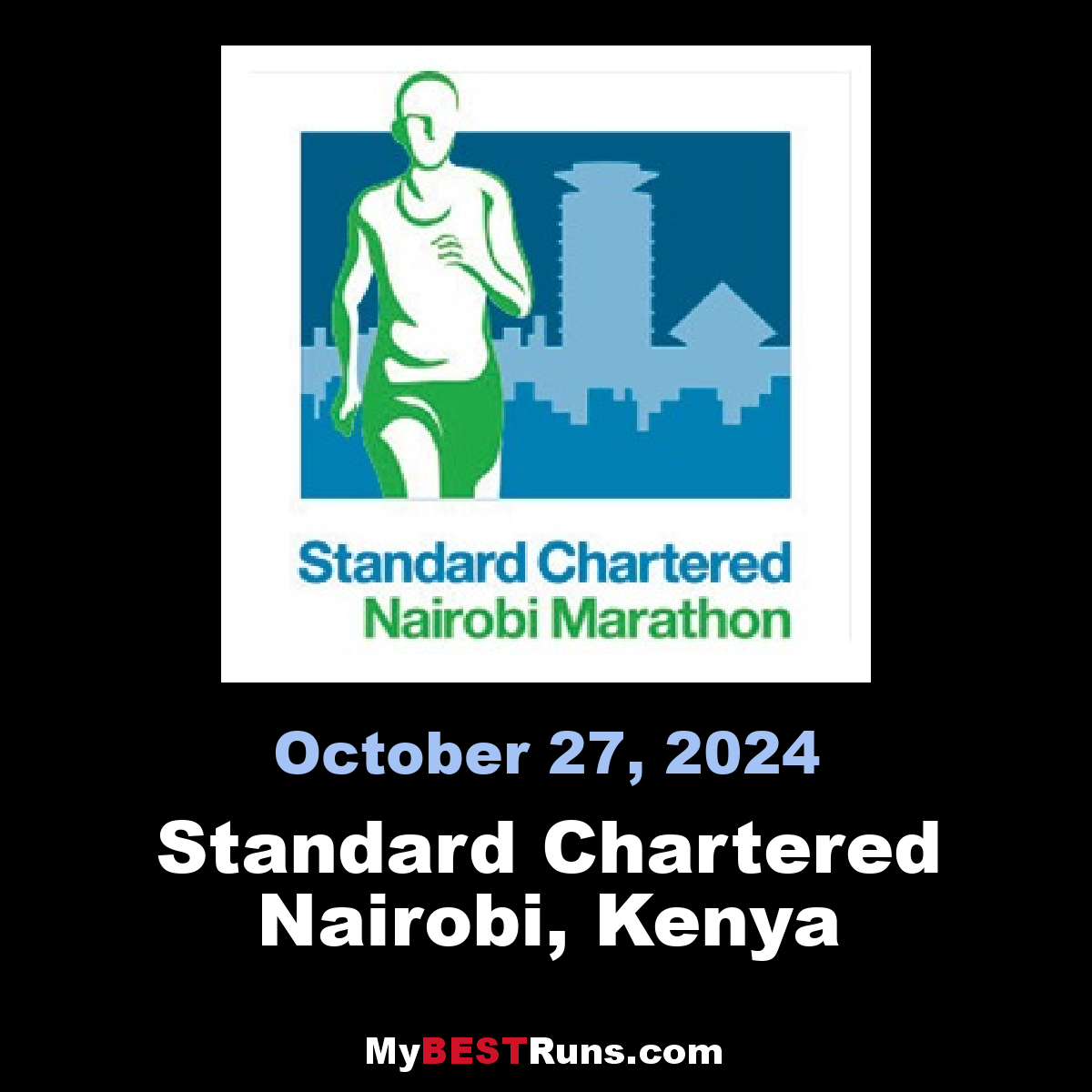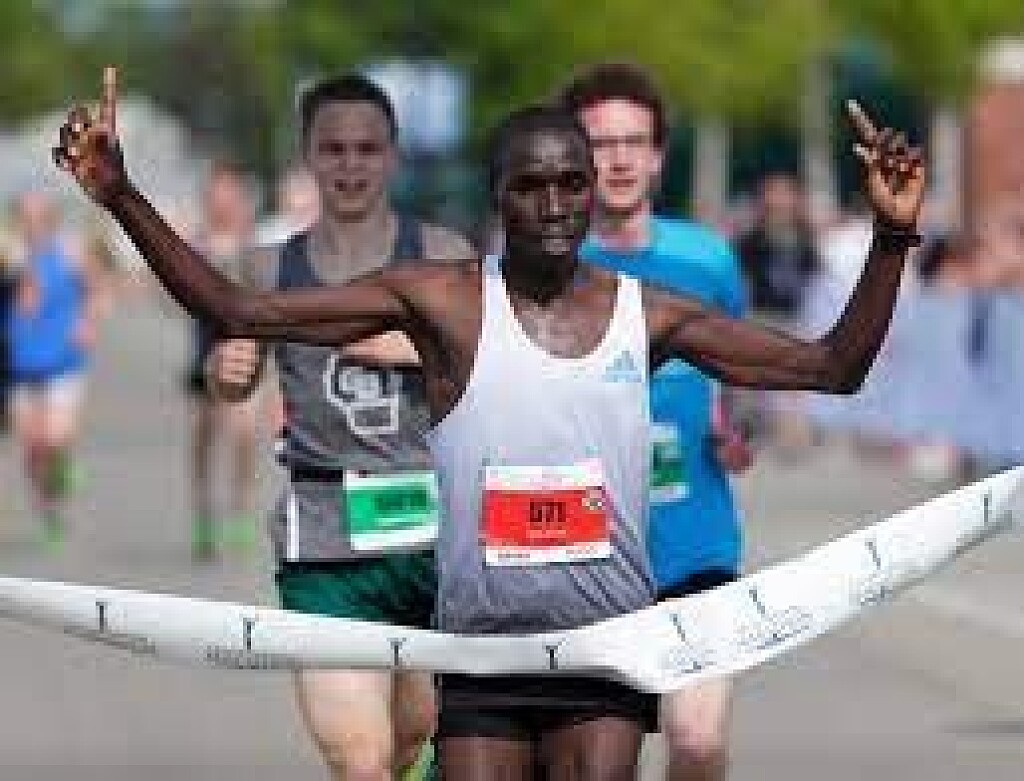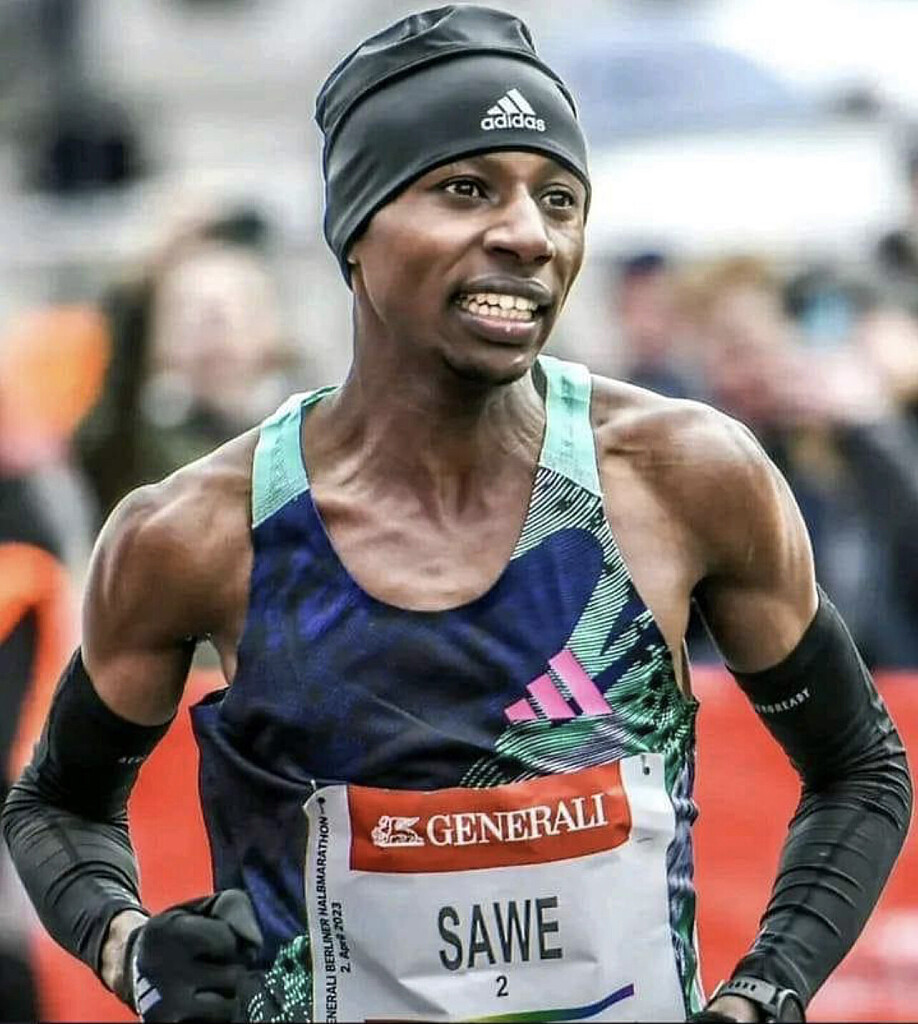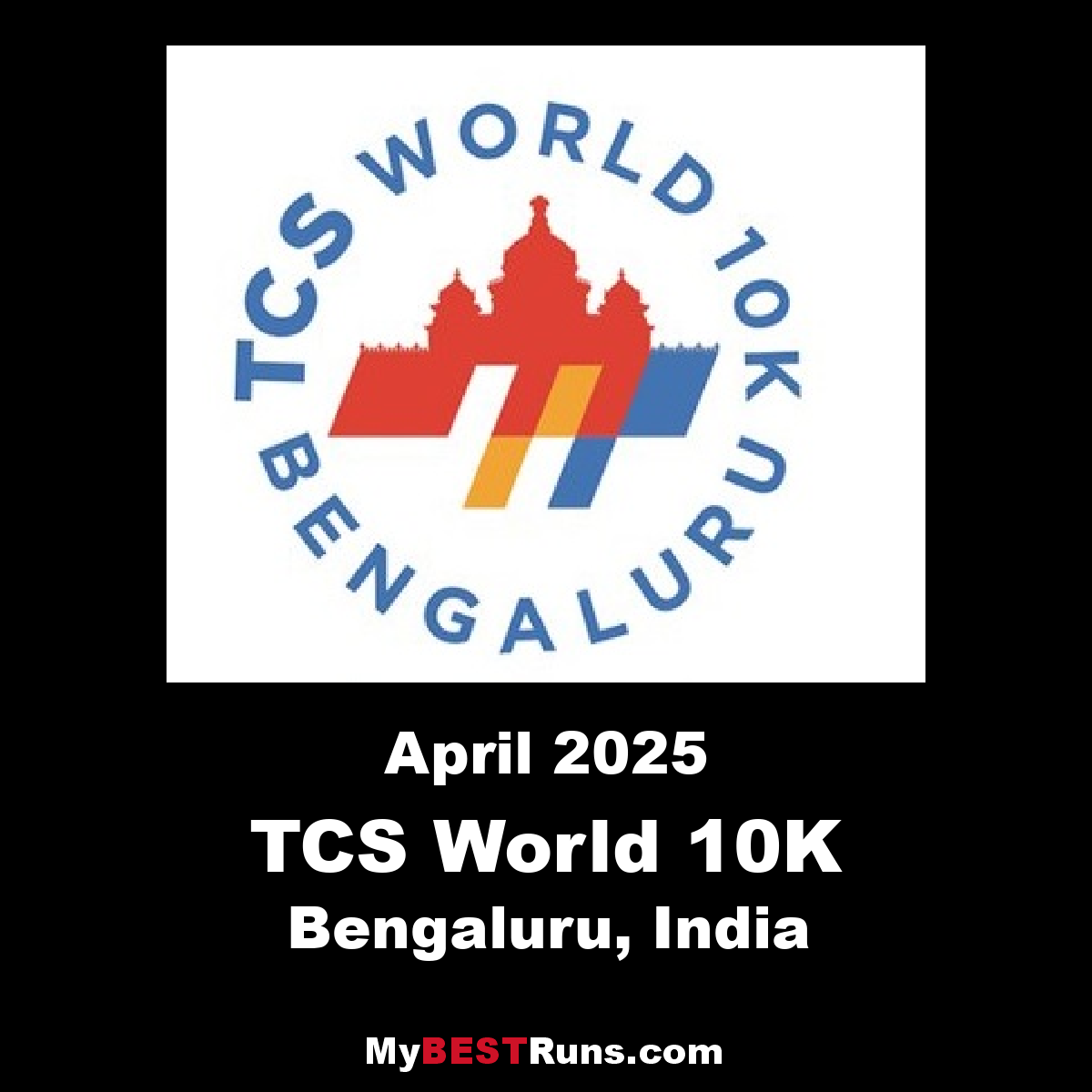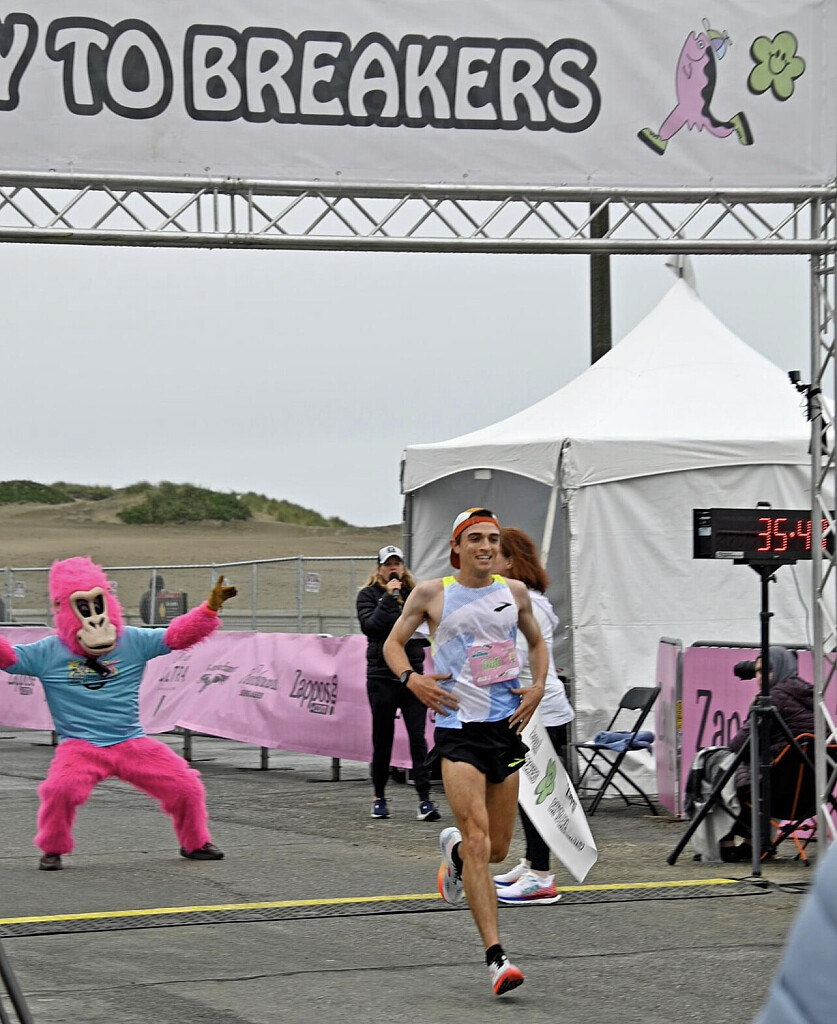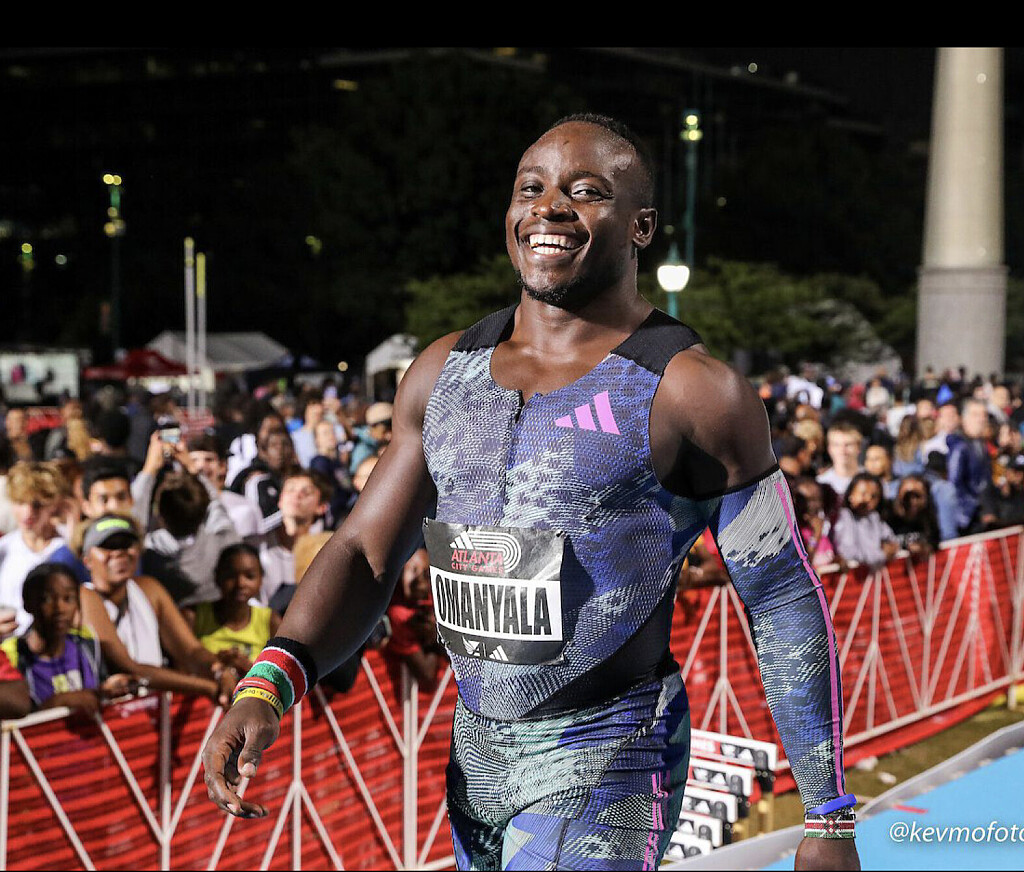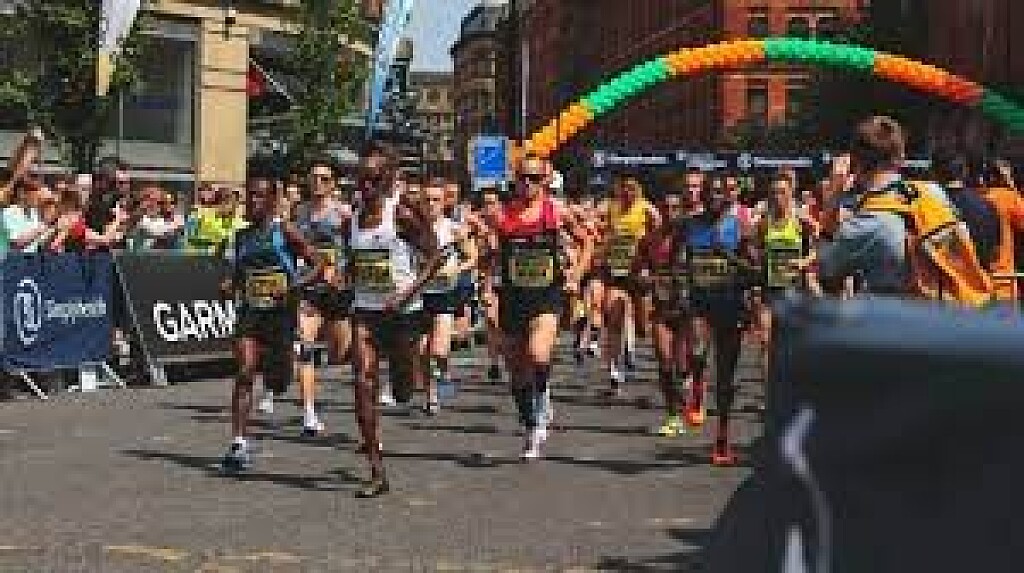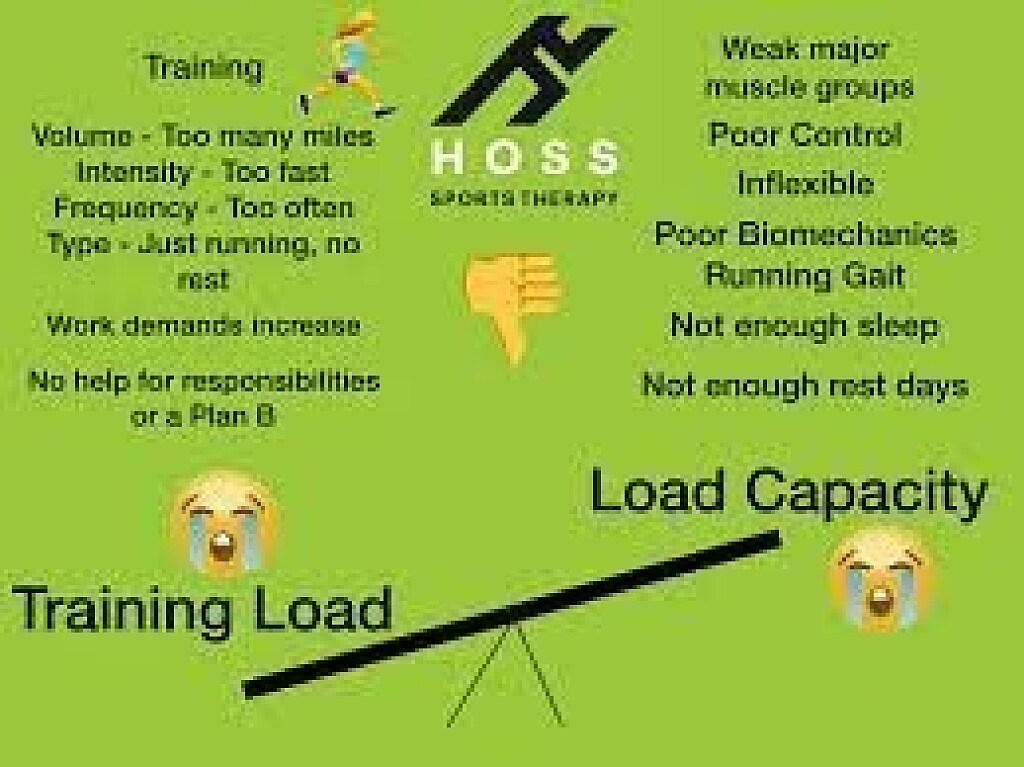Running News Daily
Running News Daily is edited by Bob Anderson in Mountain View, California USA and team in Thika Kenya, La Piedad Mexico, Bend Oregon, Chandler Arizona and Monforte da Beira Portugal. Send your news items to bob@mybestruns.com Advertising opportunities available. Over one million readers and growing. Train the Kenyan Way at KATA Running Retreat Kenya. (Kenyan Athletics Training Academy) in Thika Kenya. Opening in june 2024 KATA Running retreat Portugal. Learn more about Bob Anderson, MBR publisher and KATA director/owner, take a look at A Long Run the movie covering Bob's 50 race challenge.
Index to Daily Posts · Sign Up For Updates · Run The World Feed
U.S. ultrarunner breaks Courtney Dauwalter’s backyard ultra world record
American ultrarunner Jennifer Russo has set a new women’s backyard ultra world record by completing 496.21 km at the Capital Backyard Ultra in Lorton, Va. The 57-year-old mother of three from New Richmond, Ohio, finished the multi-day race Tuesday after running 74 yards—or 74 laps of the 6.706-km course—in a contest that began Saturday.
The backyard ultra race format requires participants to start one “yard” (loop) every hour on the hour, until only one runner remains. (Backyard racing is designed so that theoretically, runners can complete the 100-mile distance in 24 hours.)
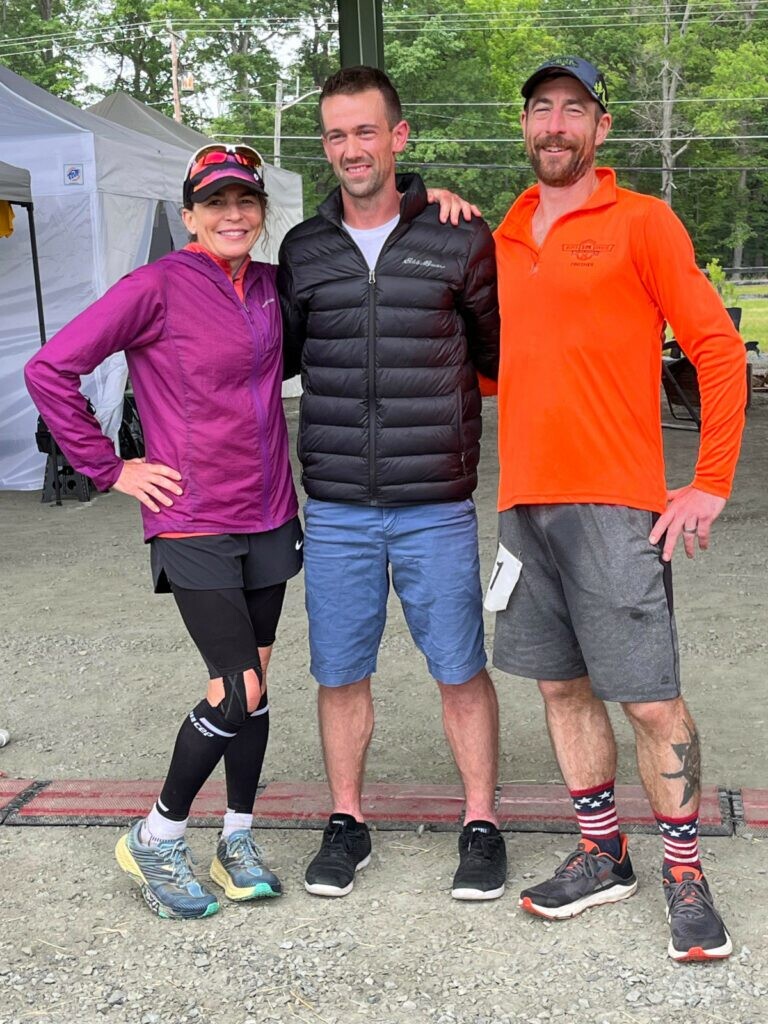
Russo’s latest effort tops the previous women’s world record of 68 yards set by American Courtney Dauwalter at Big’s Backyard Ultra in Bell Buckle, Tenn., in 2020. With this week’s race in Lorton, a suburb of Washington, D.C., Russo also becomes the first American female to reach 300 miles (482.8 kilomtres) within 72 hours in any race format. Her 74 yards also puts her in a four-way tie for 16th for the longest distance ever covered in the backyard ultra format.
These achievements came at the end of a gruelling standoff between Russo and Scott Snell of New Jersey. The pair battled alone on the course for almost half a day after Levi Yoder of Dundee, Ohio, who finished with the third-highest total of yards, couldn’t complete his 64th lap. Snell ultimately outlasted Russo in the showdown, winning the event by running 75 yards, or just under 503 km.
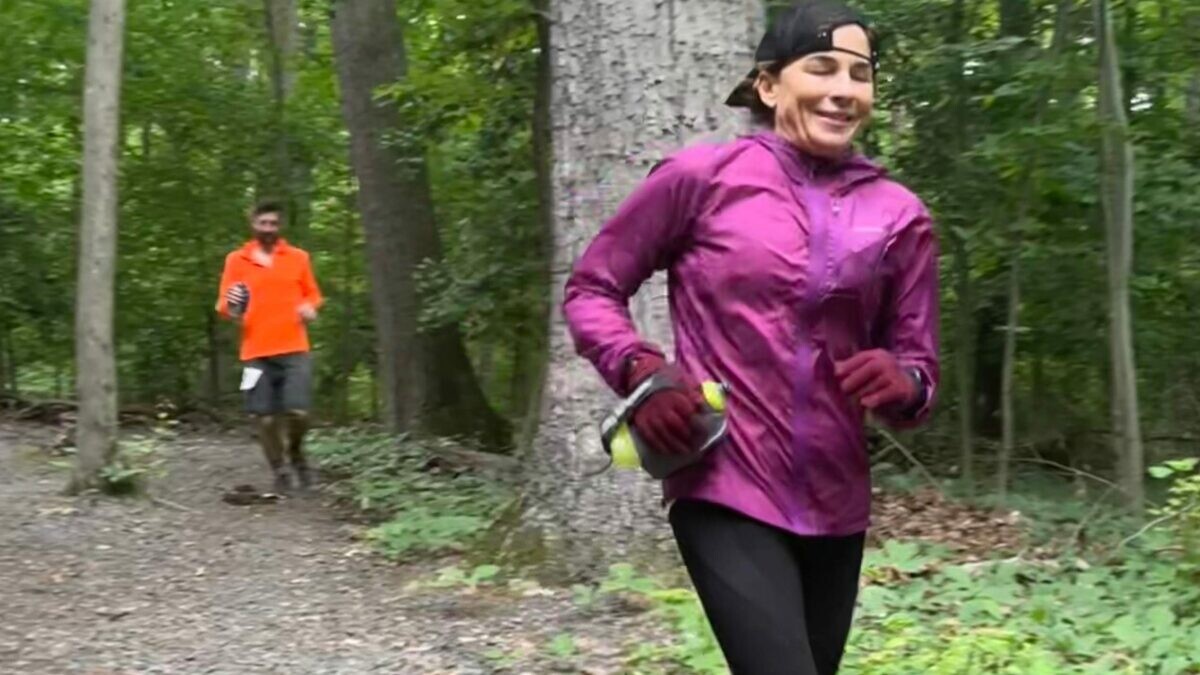
The race also saw an outstanding effort by Canada’s Viktoria Brown. The runner from Whitby, Ont., racked up the second-highest number of yards among the race’s six female competitors, completing 49 yards and finishing the race in the top six. Brown, who in March broke her own 48-hour Canadian and 72-hour world records at the GOMU (Global Organization of Multi-Day Ultramarathoners) six-day world championships in Policoro, Italy, came just seven laps short of the women’s Canadian backyard ultra record set by Amanda Nelson of Woodstock, Ont., earlier this month at the Race of Champions-Backyard Masters in Rettert, Germany.
Fellow Canadian Justin Wright also cracked the top 10 at the Capital Backyard Ultra. The runner from Leamington, Ont., completed 36 yards—241.4km—to finish 10th overall in the field of 31 competitors.
(05/31/2023) ⚡AMPby Paul Baswick
Olympian Deena Kastor named guest speaker for 2024 Bermuda Triangle Challenge
Olympic medal-winner Deena Kastor will be the honorary guest speaker at the 2024 Chubb Bermuda Triangle Challenge.
Kastor won a bronze medal in the marathon at the 2004 Olympics in Athens and also won the 2005 Chicago Marathon and the 2006 London Marathon, in which she set an American record of 2hr 19min 36sec that stood unbroken until last year. She was also a four-times Southeastern Conference champion and an eight-times All-American.
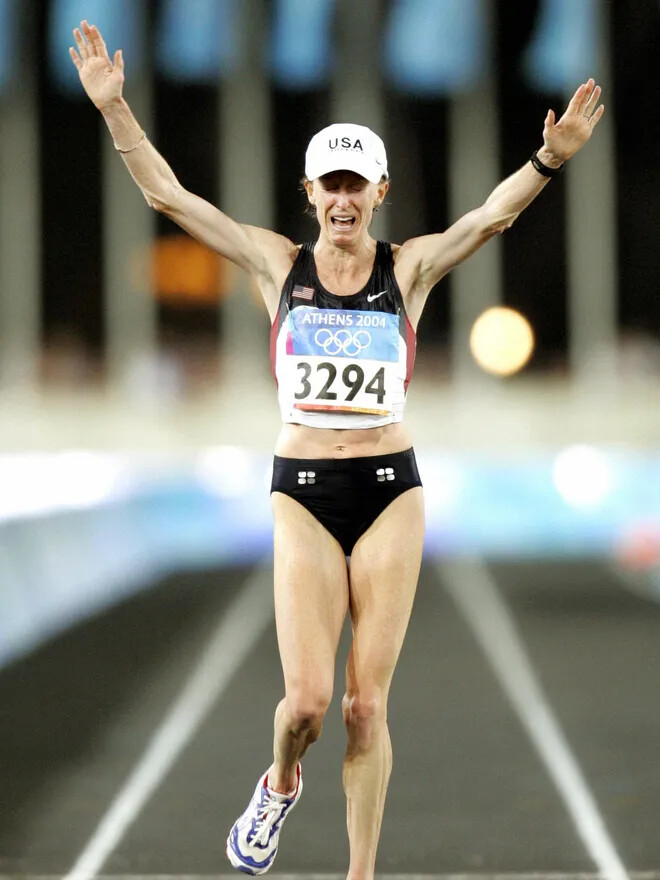
Also a previous US record-holder in the women’s half-marathon, 10,000 meters and 5,000 meters, Kastor still competes at a high level and is holds the US women’s masters marathon record of 2:27:47, which she achieved at the 2015 Chicago Marathon.
She also picked up the 2003 Jesse Owens Award as the top female track and field athlete in the US, the USATF Runner of the Year prize in 2001, 2003, 2004 and 2008, as well as the CC Jackson award in 2002, 2003 and 2004.
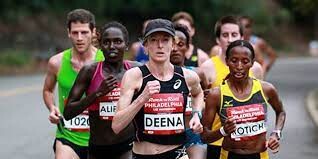
Kastor, 50, has also authored a New York Times bestselling book, Let Your Mind Run, in which she documents her journey to becoming a world-class Olympic runner, and is thrilled to be heading to the island.
“I am excited to have been selected as the ambassador and guest speaker for the 2024 Chubb Bermuda Triangle Challenge,” she said.
“I look forward to my first visit to the island, running the roads of Bermuda and meeting the event’s enthusiastic participants, spectators, sponsors and volunteers of Bermuda. I can’t think of a better way or a better place to spend a three-day weekend.”
Hazel Clark, Global Director of Sales and Business Development at the Bermuda Tourism Authority, and herself a three-times US Olympian, is pleased that her former team-mate is heading to Bermuda.
“It is with great pleasure that I welcome my Olympic team-mate Deena Kastor to Bermuda and to the 2024 Chubb Triangle Challenge,” Clark said.
“Allowing all of Bermuda the opportunity to meet and interact with another world-class athlete is what the Bermuda Tourism Authority has been working to develop and leverage through our Sports Tourism strategy, as part of the National Tourism Plan.
“During my track career, Deena was well known in the US track and field world as the foremost long-distance female runner in the early 2000s. Her drive and accomplishments inspired each of us to work harder and strive towards the continuous pursuit of our own personal goals.”
Samantha Froud, Chubb’s chief administration officer, Bermuda Operations, said: “Chubb is excited to welcome an athlete of such amazing talent and accomplishments of Deena Kastor to the 2024 Chubb Bermuda Triangle Challenge. As the title sponsor, we are pleased not only to host an Olympic athlete of this calibre at this international event but enable all the participants to meet and engage with Deena.
Next year’s Chubb Bermuda Triangle Challenge will begin on January 12, with the Butterfield Mile and continues on January 13 with the BF&M 10K Run/Walk. The event concludes on January 14 with the PwC Bermuda Marathon, Bermuda Half-Marathon and Bermuda Half-Marathon Relay.
(05/31/2023) ⚡AMPby Ross Clarke
Bermuda Triangle Challenge
Surrounded by crystal clear waters warmed by the Gulf Stream, Bermuda is the ideal winter time destination for the active minded traveler. With its lush foliage and pastel colored buildings, Bermuda is one of the most beautiful places on earth. A short flight of 2-hours or less from most US East Coast cities and Toronto, Bermuda only feels like it’s...
more...Five tips every first time marathon runner needs to know
So you’ve signed up for your first big marathon event. Now you need to think about training programme. Here is some good advice to make sure that you get your running preparation off to the right start.
1.- Identify Your Goals But Do Not Lock Them In
If you are a distance running beginner you may not understand your ability, your fitness and the impact your marathon training will have on you. That means that you may not have a specific goal to aim at – other than ‘I just want to finish!’

Put any predictions aside at the start and just focus on getting stuck into your training regime gradually. You will be able to reassess your goal as your training develops and you gain more experience and confidence.
If you’re a more experienced runner, possibly someone who’s run half-marathons before, it’s likely you’ll have some idea of what you can achieve. Try and identify what time you would like to complete your marathon in and ask yourself if that goal is attainable.
Look back at your previous best times for longer runs and break down your training into separate parts. Look at what mistakes you made and what worked well. Was your diet good? Did you do enough long training runs? How organised was your training week? Be harsh on your previous attempts and make it a resolution to improve your weak areas.
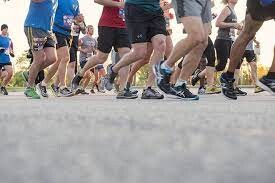
2.- Be Realistic But Also Commit
This is possibly the most important question - so ask yourself how much time can you realistically commit to your target? Being committed 100 per cent at the start of the project is great, but you have to remember the training itself is a marathon, not a sprint! So that means you need to be committed for the whole training programme and not dip in and out of it like it’s a gym membership you signed up to in the New Year.
Experienced coaches will tell you to run when you can run - because you will always have days when you cannot and wish you had! This includes still running when you 'just don’t feel like it', as you can never predict what might happen during the training. Bad weather is a perfect example. There are some nights when it is to hazardous to go out. Being on top of your training will mean that you have some flexibility when something comes up.
However, let’s not make out this is a complete life changing moment. You are being asked to make at least a 12-week commitment to your training and diet. That leaves another 40 or so other weeks free in your year.
3.- Share The Pain
Try and find someone you can go out and run with early on, someone to share your training campaign. Running on your own in horrible weather can be hell, so why not share this pain with someone else! Particularly if it’s someone who’s already run a marathon and knows what’s involved.
Find a running buddy or even better go out and discover a friendly running club. Running with other people can also be fun and it’s a great way of meeting new people.
4.- Plan Ahead With Your Events
This tip might be a bit too late for some events. But there are so many races and runs that you can take part in before you tackle the big one, including half marathons.
Entering another long-distance race a decent amount of time before your full marathon attempt is great because it will give you a mini-target that will boost your motivation. And completing the event can give you a big psychological boost. Self-belief and having a positive mental attitude are as important as your actual physical training routine.
5.- Watch Your Diet And Hydration
Do some basic research into your diet. This is not only important for performance, but also for your recovery! Try to eat some carbs before your long runs, have a protein filled meal afterwards and keep your breakfasts simple.
Keeping hydrated is also important throughout your training regime. Energy drinks have lots of calories, so drink them in moderation and look for an alternative. At this early moment in your training avoid the use of gels. It may be early days but make sure you start to learn about carbo-loading and fuelling your body correctly for the race.
(05/31/2023) ⚡AMPby Tim Rogers
From Bathurst to Budapest, Chebet is motivated for more
While winning a global gold medal might be the pinnacle of the year – if not career – for many athletes, Beatrice Chebet remains motivated for another title to add to her ever-expanding CV.
The world 5000m silver medallist became the world cross country champion in February, winning the senior women’s race and leading the Kenyan squad to the team title at the World Athletics Cross Country Championships Bathurst 23. Now the 23-year-old has turned her attention back to the track as she plots her path to the World Athletics Championships Budapest 23 in August.
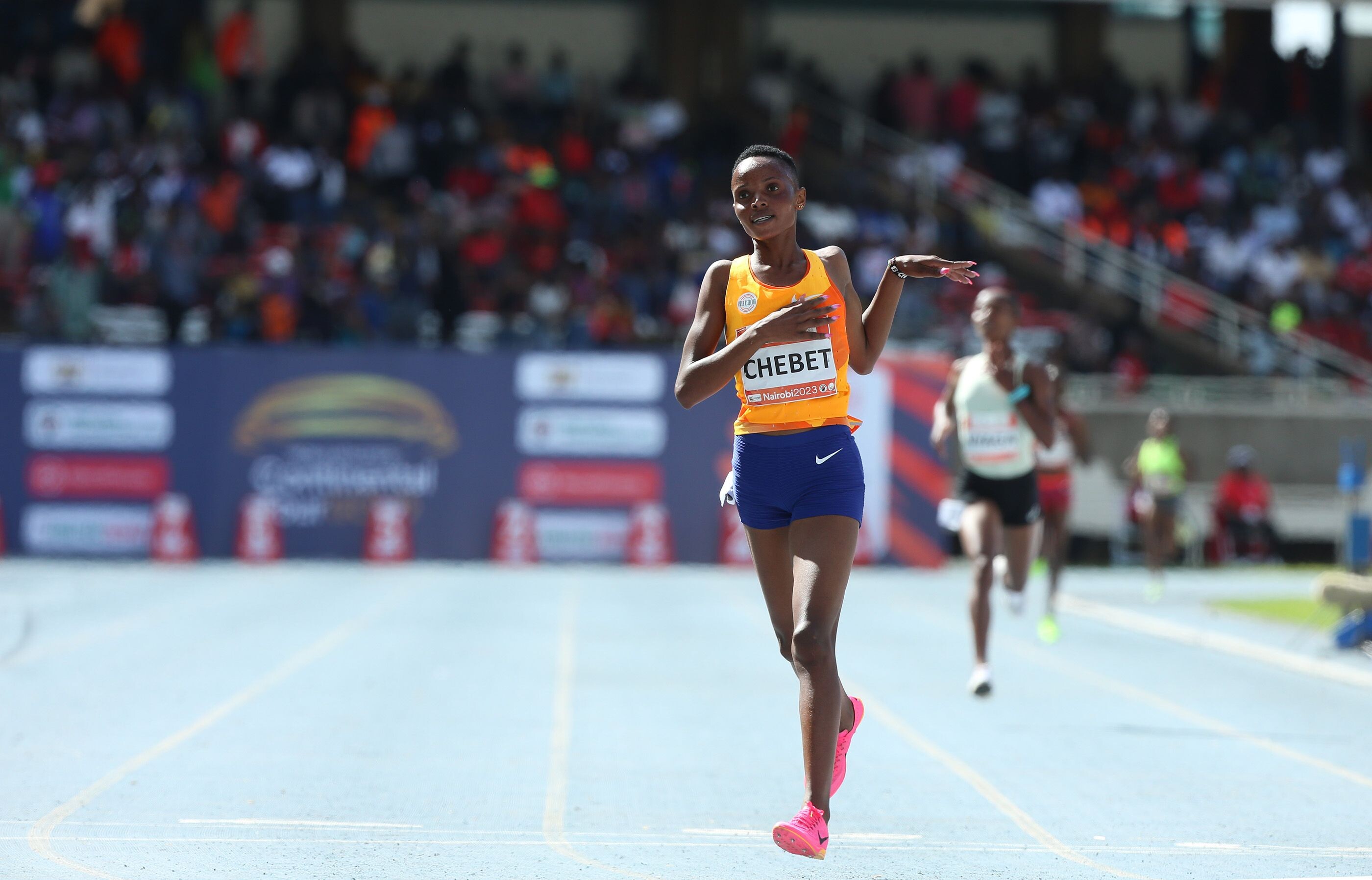
Chebet started her season on a high note, winning the 5000m at the Kip Keino Classic, a World Athletics Continental Tour Gold meeting, in Nairobi, Kenya, on 13 May.
Her victory in front of a home crowd at the Moi International Sports Centre in Kasarani was a good indication that her training is going well, and on the right course, for her next big goal: to win the world 5000m title in Budapest.
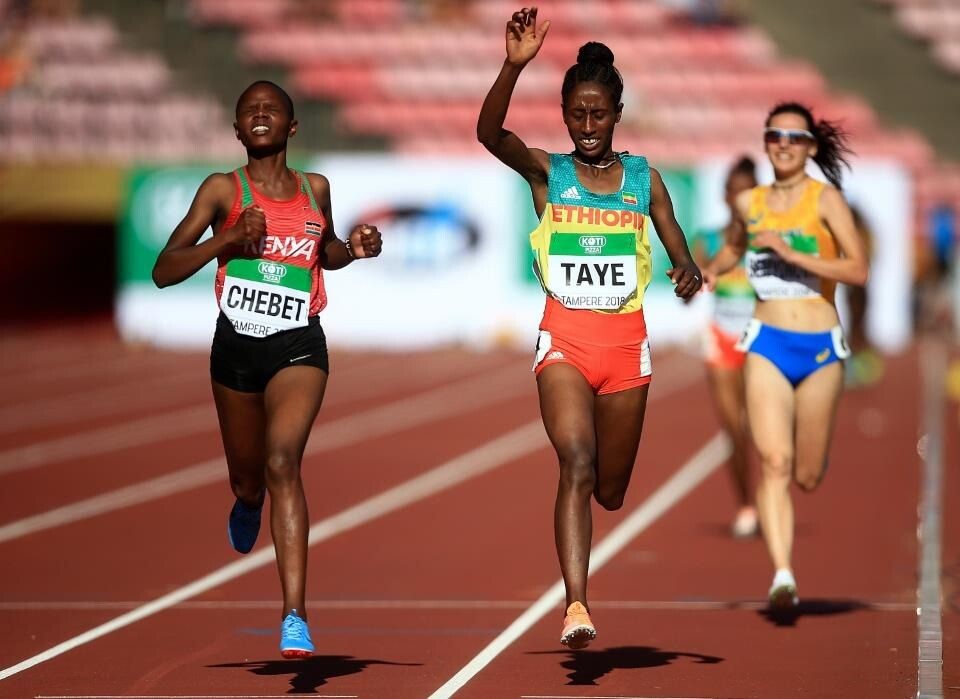
“I will be happy if I place on the podium this year in Budapest, although my main aim – which I know should be the same for all the runners who will be running at the World Championships – is the gold medal,” Chebet says. “However, I will be thankful for any medal I get there.”
On the morning of 23 August, Chebet – who already has a wild card place to run in Budapest after winning the 2022 Wanda Diamond League title, subject to selection by her national federation – will be standing at the start line for the heats of the women’s 5000m at the National Athletics Centre to begin her quest for the world title. But, with all the best runners in the world yearning for gold, she knows it won’t be easy.
From her experiences during past battles on the world stage, Chebet believes that the Ethiopian runners and some of her Kenyan compatriots are likely to be her main rivals. The defending champion, who won the 5000m title in a close race ahead of Chebet in Oregon, for example, is Ethiopia’s Gudaf Tsegay. Another Ethiopian athlete, Letesenbet Gidey, is the world record-holder who had looked on course to beat Chebet to the world cross country title in Bathurst before she fell in the closing stages.
Chebet had similar encounters when winning her world U20 5000m title and world U20 cross country gold in 2019. In the latter, she won in a photo finish ahead of Ethiopia’s Alemitu Tariku and Tsigie Gebreselama as they all clocked 20:50 for the 6km race.
“I talked with Gidey some time after the incident in Bathurst, and she was doing well, health wise, and looking forward to coming back strong,” Chebet says.
Their rivalry is a friendly one. When asked whether she thinks Gidey will be looking forward to revenge in their next competition, Chebet replies: “We didn’t talk about competing against each other. It was to check up on her.”
While the rest of her 2023 racing calendar is yet to be confirmed, Chebet – who has a 5000m PB of 14:34.55 that she ran at the Oslo Diamond League in 2021 – will be hoping to remain a strong presence in the 12-and-a-half lap discipline this year.
“My training is going on well,” she says. “I am working hard and praying to God for good health and that everything else goes well. In my races this year, I will watch and hope to see continuous progress. I know all will go well with good training.”
Chebet currently trains in Kericho, on the undulating and beautiful landscapes of Kenyan tea plantations, under coach Gabriel Kiptanui as part of the Kericho Athletics Club.
Being part of the same training group and working with the same coach that guided her during her great 2022 season seems to be a good forecast of what Chebet’s season could look like this year.
“I hope I have another good year, like last year,” she adds.
So far, her career highlight was when, at the age of 18, she won her first gold medal at the World Athletics U20 Championships in Tampere, Finland. It was a tough battle in the final 400m of the race between Chebet and Ethiopia’s Ejgayehu Taye, who Chebet edged at the finish line by a mere 0.10. Taye’s compatriot, Girmawit Gebrzihair, completed the podium.
“Of all the medals and titles that I have ever won, the one that I cherish the most is the world U20 gold medal that I won at the Ratina Stadium in Tampere in 2018,” Chebet says of the 5000m victory that ended a 10-year winning streak by Ethiopian athletes. “It was my first big victory, so I will not forget it.”
Since then, Chebet has remained a force to be reckoned with in the women’s 5000m event. She won the African U20 title in 2019 and the African senior title last year in Mauritius, before she claimed her silver medal at the World Championships in Oregon and gold at the Commonwealth Games in Birmingham.
Can she emulate her 2022 success this year? It looks good so far, and a world title in Budapest would be the icing on the cake.
(05/31/2023) ⚡AMPby World Athletics
World Athletics Championships Budapest 23
From August 19-27, 2023, Budapest will host the world's third largest sporting event, the World Athletics Championships. It is the largest sporting event in the history of Hungary, attended by athletes from more than 200 countries, whose news will reach more than one billion people. Athletics is the foundation of all sports. It represents strength, speed, dexterity and endurance, the...
more...Top Four Endurance Races for Amateurs in the World
Participating in the top leagues and renowned racing events might require professional training. Experience is also an added advantage as it gives contestants an edge in the competitions. Such requirements can frustrate amateurs from participating in races due to the fear of being outshined by the experts.
Fortunately, there are various races around the world that are suitable for amateurs. These amateur races allow inexperienced sportspersons to rate and build their skills. In this article, we explore the best four endurance races for amateurs.
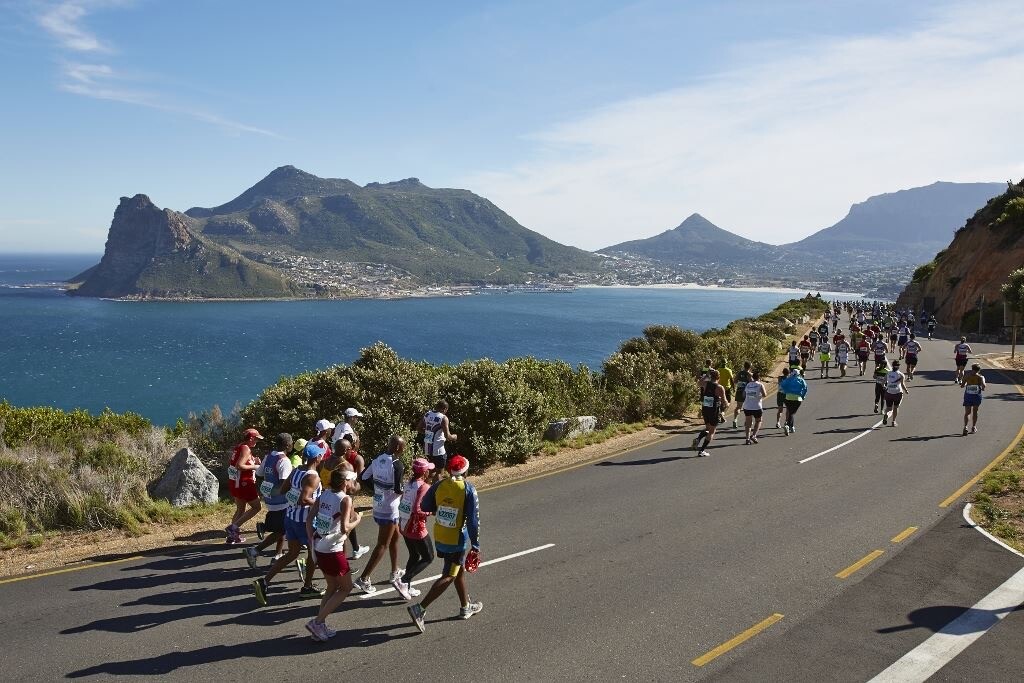
Amazon River International Raft Race
This race is hosted every September in Peru, in a city that is only accessible by water or air. The Amazon River International Raft Race isn’t known widely due to its non-operational Facebook page and poor-quality website. Because of this, it doesn’t appeal to professional paddlers. Despite its downsides, this race offers the perfect gruesome challenges for amateur contestants.
The race comprises teams of four participants that build balsa wood rafts and use them to paddle 180 kilometers down the Amazon River from Nauta Town to Peru City. The Amazon River International Raft Race has been recognized as the longest raft race in the Guinness Book of World Records. Participants are advised to carry mosquito repellants, A535s, and some sunscreen. If you join this race, expect to compete with more than 30 inexperienced contestants.
The Canadian Mini Indy
This race is more enjoyable and also challenging for contestants. The Canadian Mini Indy hosts over 100 amateurs and professionals. The contestants have to be aged between 8 to 65 years to participate. It is an arrive-and-drive rookie race, where contestants are provided with a go-kart that can reach a top speed of 80 km/hr. This 6-hour race poses a gruesome challenge where speed won’t guarantee success. Racers need patience, consistency, and strategy to finish it.
The thrill in this amateur race can also be enhanced by online wagering. Nothing beats the joy of predicting the success of your favorite contestant and getting it right. If you are in Alberta, with the guidance of reliable web sources, you can safely place your alberta bets OR alberta sports betting predictions on a trusted wagering platform. Through these top-rated platforms, you can also bet on all other popular sports.
Wulong Mountain Quest
This race always takes place in the beautiful Wulong County in Southern China. It is a prominent amateur adventure race that provides several obstacles for the participants. This entire race has 3 phases which last for 3 days. It also has around 20 to 25 participating teams, each with around 4 contestants. The first day is fast-paced as contestants will be engaged in much cycling, paddling, and running.
Navigation in this race is easier due to the properly marked roads. The scenery, including the limestone formations and a UNESCO World Heritage Site, also gives racers and spectators a great outdoor experience. The closing and opening ceremonies are unique and exciting, especially for visitors.
Two Oceans Marathon
This 45-year-old race provides a 56 km challenge for contestants in Cape Town, South Africa. Two Oceans Marathon is a globally reputable ultra-running race. It has the most appealing scenery because the competitors will be running on gorgeous roads, including Chapman’s Drive. Besides the massive elevation gain and loss, the heavy winds pose an enormous obstacle for the runners.
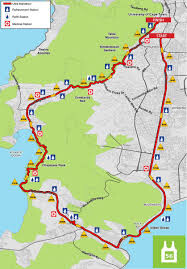
Since the Two Oceans Marathon is known worldwide, it typically attracts over 100,000 contestants. This race provides a perfect ground for amateurs to perfect their skills. (See photos)
Conclusion
You don’t have to get to the professional level before participating in races. There are many renowned races for amateurs. However, some allow both professionals and amateurs to compete in the same quest. Such races offer an opportunity for inexperienced contestants to match up their skills with professionals and learn from them. Participating in such races is a great way to develop your racing skills.
(05/30/2023) ⚡AMPLauren Paquette to make marathon debut at 2023 Grandma’s Marathon
Lauren Paquette, an athlete from HOKA Northern Arizona Elite, and former collegiate star, will be making her marathon debut at the 2023 Grandma’s Marathon, as announced earlier this month on her club’s official website.
Paquette, a Baylor University graduate from 2008, has participated in several Half Marathon races since her debut in the event in 2014, where she recorded a time of 1:15:57. Over the years, she has achieved a personal best of 1:09:46 and secured a fourth-place finish at the USATF Half Marathon Championships in 2021. However, she has yet to compete in a full marathon.
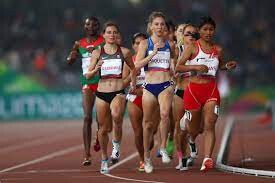
This will change in the upcoming summer schedule as Paquette has decided to make her marathon debut at the 2023 Grandma’s Marathon, scheduled for June 17 in Duluth, Minnesota.
She expressed her choice, stating, “I chose Grandma’s Marathon because it offers a great course and promises to be a fun race for my debut.”
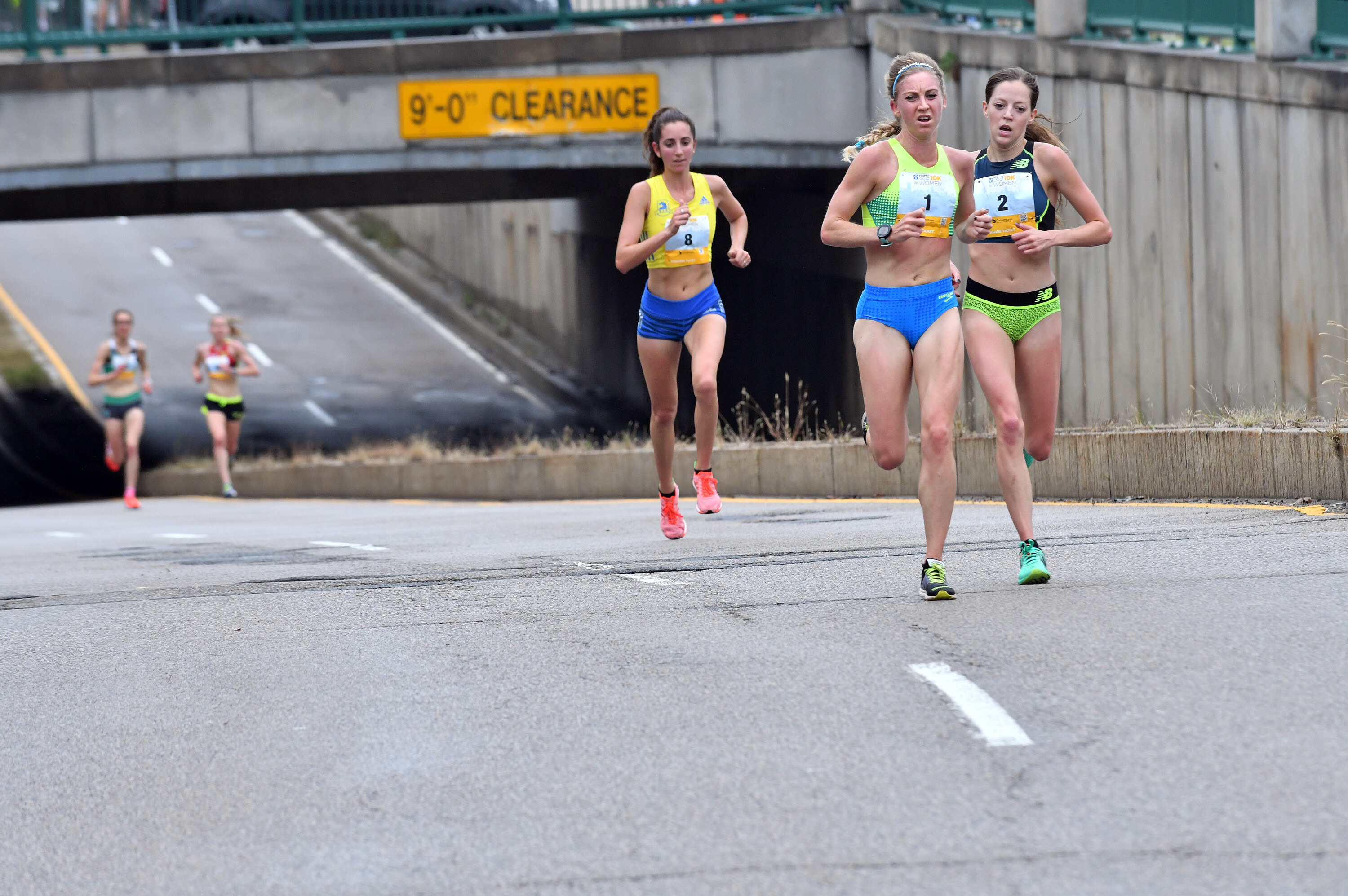
Recently, Paquette achieved a second-place finish at the USATF Half Marathon Championships in February, clocking a time of 1:09:51, which was close to her personal best. The 36-year-old athlete aims to carry over the momentum from her recent success and make a strong impression in her first marathon.
HOKA Northern Arizona Elite has had success at the Grandma’s Marathon in the past, and Paquette will be looking to contribute to that legacy.
Notably, Dakotah Lindwurm, the two-time defending champion, is among the already confirmed runners for this year’s event.
Lindwurm, who placed 33rd at the 2023 B.A.A. Boston Marathon in April, won last year’s Grandma’s Marathon with a personal best time of 2:25:01, and will aim for a three-peat in this year’s race.
(05/30/2023) ⚡AMPby Glen Andrews
Grandmas Marathon
Grandma's Marathon began in 1977 when a group of local runners planned a scenic road race from Two Harbors to Duluth, Minnesota. There were just 150 participants that year, but organizers knew they had discovered something special. The marathon received its name from the Duluth-based group of famous Grandma's restaurants, its first major sponsor. The level of sponsorship with the...
more...Hellen Obiri confirmed for New York Mini 10K
This year’s New York Mini 10K, the first women-only road race in the world, will feature Boston Marathon champion Hellen Obiri, New York City Marathon champion Sharon Lokedi, and defending champion Senbere Teferi of Ethiopia.
The trio will take on the tough Central Park course on Saturday, June 10 with the hope of displaying great results.
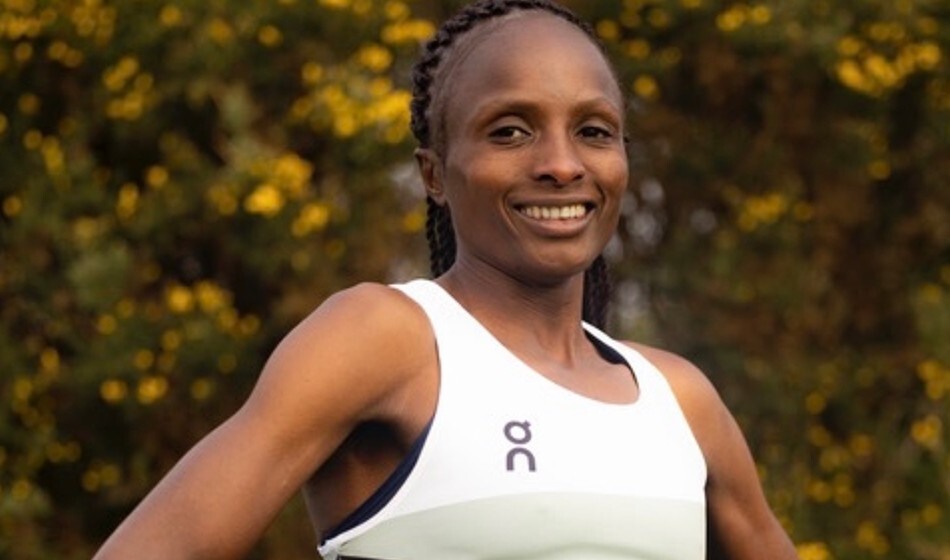
Obiri will be making her debut in the race after winning the New York City Half Marathon in March and the Boston Marathon in April. She opened her season with a win at the Ras Al Khaimah Half Marathon in February.
“There is no greater feeling than having my daughter watch me win races, and having her with me when I won the United Airlines NYC Half and Boston Marathon this year was truly special.
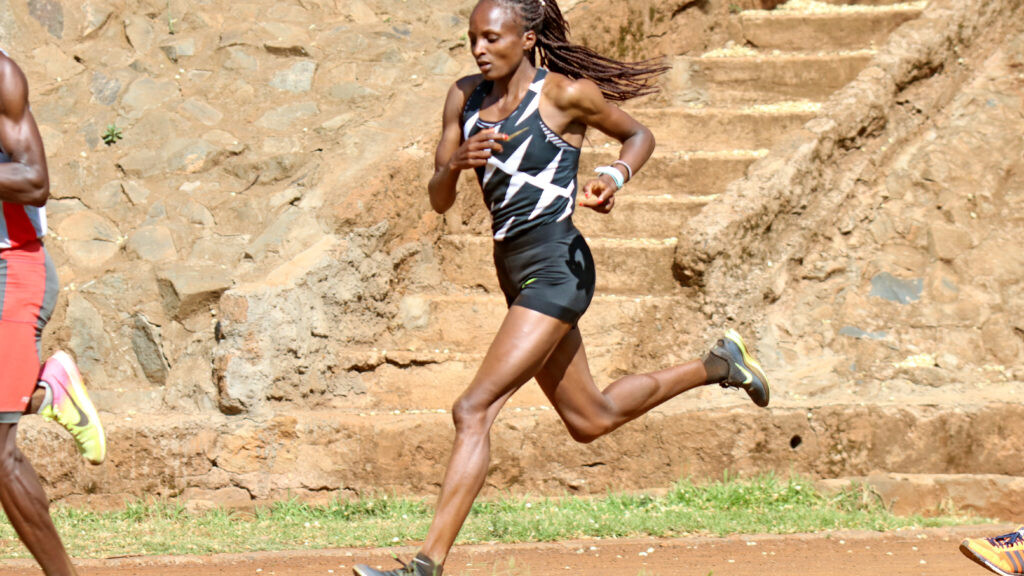
"Now, I’m looking forward to lining up for the women-only Mastercard Mini 10K for the first time, and having so many girls from the next generation watch me race, just like my daughter does,” said Obiri.
On her part, Lokedi could not make it to the Boston Marathon earlier this year after she got an injury during the last days of her training.
She will be returning to Central Park for the first time since winning the 2022 TCS New York City Marathon in her marathon debut in November. She was also the runner-up at last year’s Mastercard New York Mini 10K.
“The last time I was in New York, my entire life changed when I won the New York City Marathon. This iconic city will now always hold a special place in my heart and I’m eager to keep improving and show that I’m on top of the podium to stay,” Lokedi said.
Meanwhile, Teferi, the 2022 New York City Half Marathon champion, expressed her excitement towards winning last year’s event and was hopeful of winning another title.
(05/30/2023) ⚡AMPby Abigael Wafula
New York Mini 10K
Join us for the NYRR New York Mini 10K, a race just for women. This race was made for you! It’s the world’s original women-only road race, founded in 1972 and named for the miniskirt, and it empowers women of all ages and fitness levels to be active and to look and feel great on the run. Every woman who...
more...Edwin Kimaiyo to lead Kenyan trio at Stockholm Marathon
The 2011 Berlin Marathon bronze medalist Edwin Kimaiyo will be hoping to debut the 2023 season on a high with a win at the 44th edition of the Stockholm Marathon, Sweden on June 3.
Kimaiyo will be joined by fellow countrymen Robert Kipkemboi and Shadrack Kimining in the Scandinavian nation.
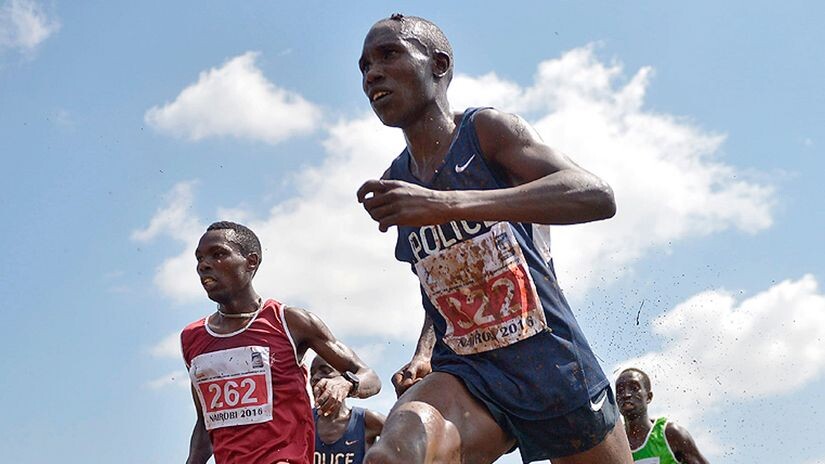
Kimaiyo last raced in October last year at the Munich Marathon where he finished fifth in 2:11:02 a race won by compatriot Philemon Kipchumba in 2:07:28.
The 37-year-old will be aiming to lower his personal best of 2:09:12 that he set at the Shanghai Marathon, China in November 2017.

The Kenyan trio will face stiff competition from an Ethiopian quintet led by the world junior record holder Tsegaye Mekonnen.
Mekonnen caused a major upset in the world of athletics when he won the Dubai Marathon in 2014 aged just 19 years old in a time of 2:04:32 to set the the unofficial world junior record.
Others who will pose a threat to the Kenyans include; Ethiopia's Ashenafi Moges, Zewdu Hailu, Derara Hurisa and Fikre Workneh, Eritrea's Berhane Tesfay and Mao Ako from Tanzania.
The course record is held by Ethiopia's Nigussie Sahlesilassie 2:10:10 a time he set in 2019.
(05/30/2023) ⚡AMPby Samuel Nganga
ADIDAS Stockholm Marathon
ASICS Stockholm Marathon is an exciting race in a beautiful city with runners from all over the world. This is one of the major sporting events in Sweden with hundreds of thousands of spectators along the route cheering the participants. The race takes you through Stockholm, one of the world’s most beautiful capitals. Built on 14 islands around one of...
more...Handcuffed couple lock in world record at Calgary Marathon
A Calgary couple toasted 20 years of marriage with a new world record Sunday after running the Servus Calgary Marathon handcuffed to one another. Megan and Rich MacDonald completed the 42.2-km distance in 3:18:28, setting the record for the fastest marathon run by a male-female duo tethered at the wrist.
The MacDonalds shaved 25 minutes off the previous record set at the 2019 London Marathon. In addition to hitting their target time, the couple also surpassed their fundraising target of $8,000 for MitoCanada, a charity that helps support and protect Canadians living with mitochondrial disease. The couple began training for their world-record attempt in February.
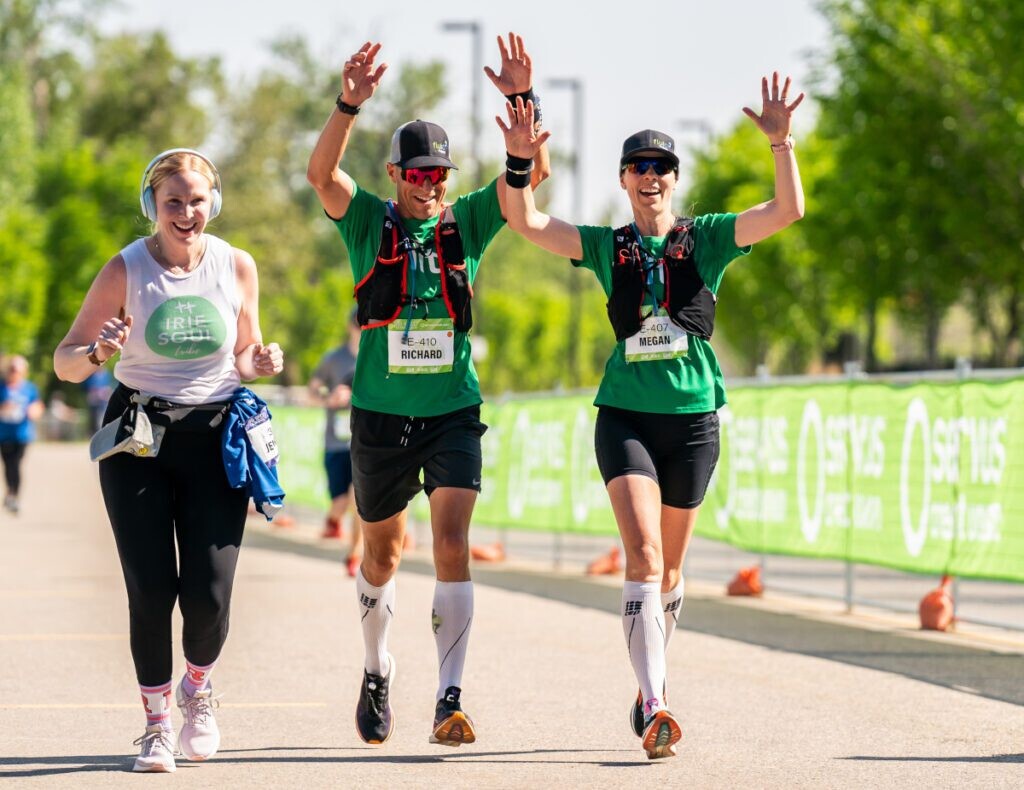
Sunday’s event wasn’t the first time the MacDonalds locked in a world record at the Calgary Marathon. In 2017, Megan was part of the 10-member Team MitoCanada who set the Guinness World Record for the fastest marathon run by a female team linked together (3:27:58). That same year, Rich was part of the 112-person team who set the record for the most people to finish a marathon linked together.
Sunday’s event wasn’t just a marathon to remember for the MacDonalds, but for a race day that continues to build its post-pandemic momentum, said John Bird, interim executive director with Run Calgary. “Today’s race went so well, and we were delighted to welcome more than 9,200 people to the finish line,” said Bird. “We had our highest attendance since the pandemic, raised more than $475,000 for charity, and brought together the running community in a great celebration of health and wellness. I’d like to thank the 1,100 plus volunteers who gave their time to help others achieve their goals today.”
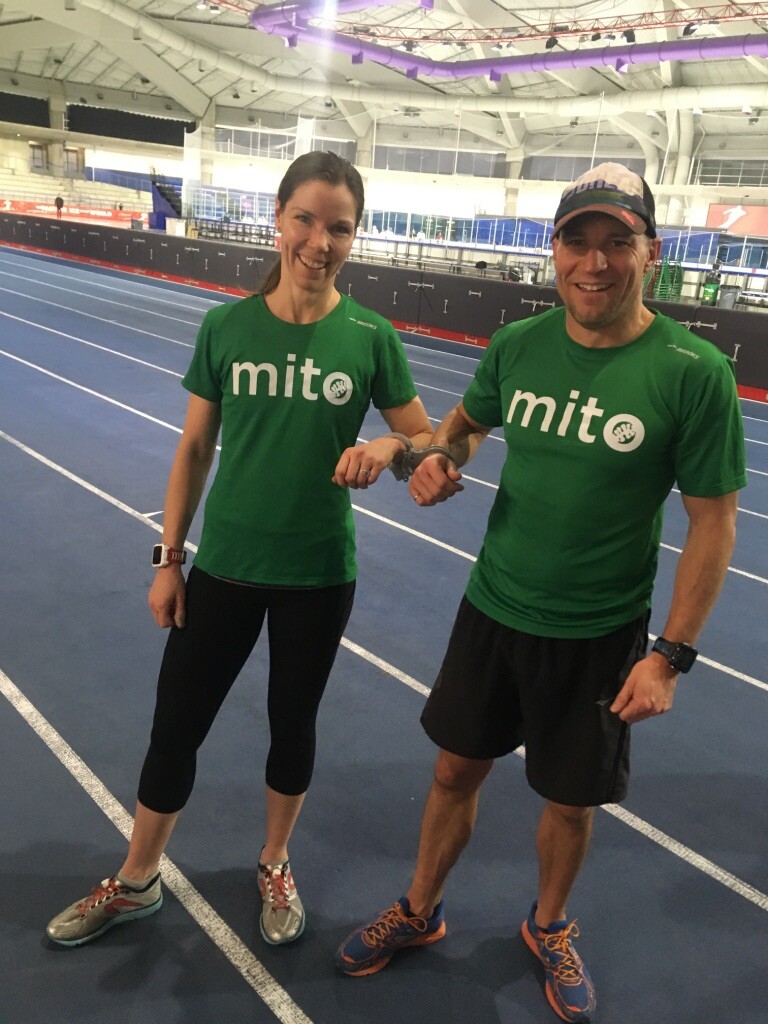
The men’s marathon was won by Lance Risseeuw in 2:36:04, and the women’s event by Maria Zambrano, in 2:48:02. Both winners are from Calgary.
In addition to the marathon, which drew close to 1,200 participants, the race day included 50-km, half-marathon, 10-km, and 5-km events, as well as a 1.2-km “kids marathon.”
In total, 93 charities benefited from donations collected through this year’s marathon, with $475,000 being collected as part of the Servus Charity Challenge. The event has raised $9.7 million for charities over the last 12 years.
(05/30/2023) ⚡AMPby Paul Baswick
Scotiabank Calgary Marathon
This is Canada's oldest marathon, Canadians and runners from around the world love this race, consistently voting in the Best Road Race in Alberta. There is a 50k, full-marathon, half-marathon, 10k, 5k family walk/run and kids races. You expect the route to be packed with participants and enthusiastic spectators. ...
more...400s for speed and endurance
You may assume that 400m repeats, 400s or ‘quarters’ as they are known in the US, are only for runners of the shorter distances, but that’s just not true, and whether you are a 5k or marathon runner the workouts can be tailored to your goals.
Your local track is 400m in length so doing one lap is an easy distance to utilise in training. What you need to understand whether a runner or coach is that this particular repetition distance can be used in multiple different ways and achieve multiple different stimuli.

Many experienced runners will have the standard 400m repeats integrated into their training programmes and in this article, I will outline different variations that can be undertaken using this popular distance.
Please note all workouts below are samples and should always be tailored to the individual depending on their target race distance, physiological profile, training and injury history.
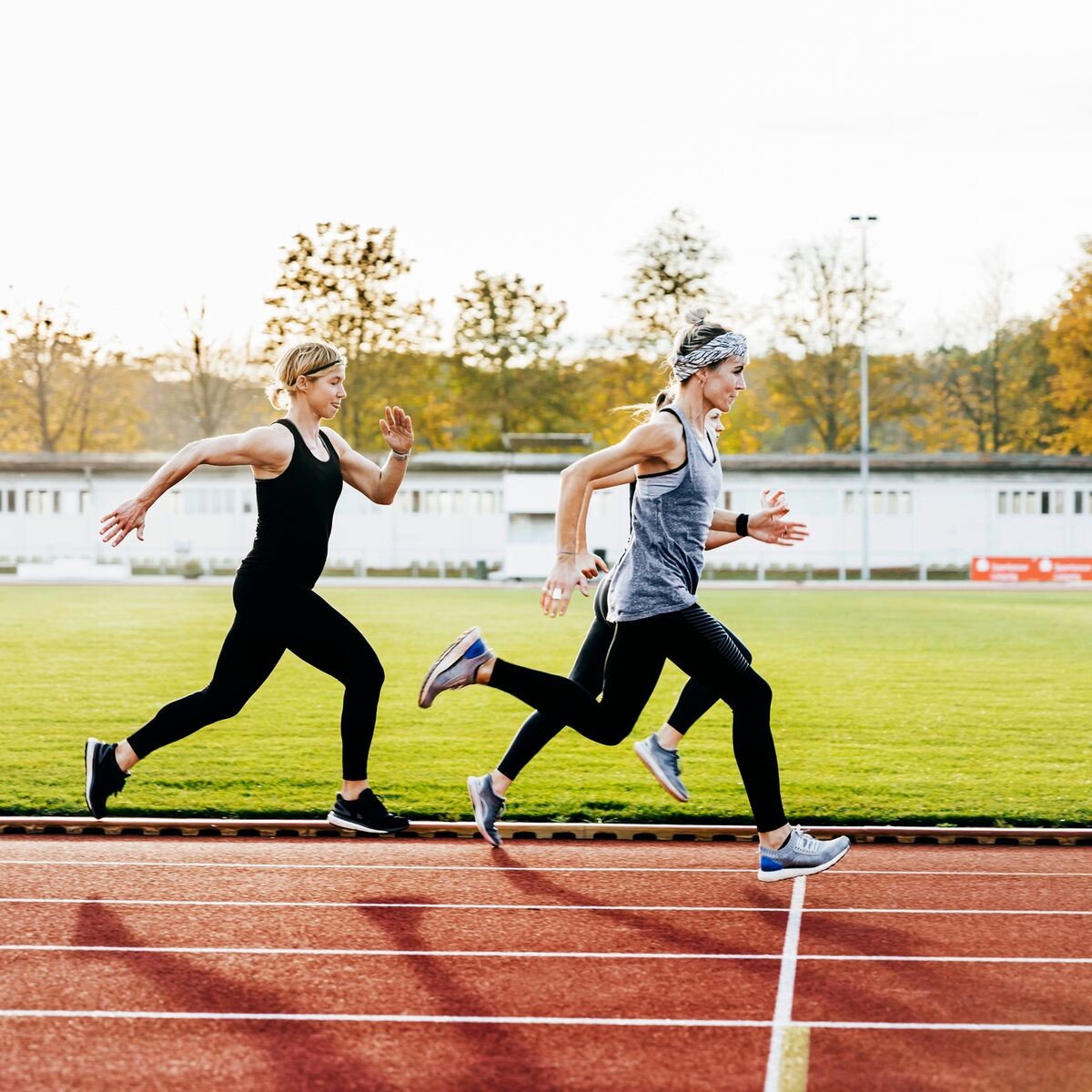
Samples workouts
800m pace: 4x400m with 5-6 mins walk recovery OR 2 sets of (2x400m) with 90 secs walk recovery between reps and 10 mins walk between sets.
1500m pace: 6-10x400m with 90 secs-2 mins walk/jog recovery OR 2-3 sets of 3x400m with 75 secs walk/jog recovery between reps and 3 mins walk/jog recovery between sets.
3000m pace: 8-12x400m with 75-90 secs walk/jog recovery OR 2-3 sets of (4x400m) with 45-60 secs jog recovery between reps and 3 mins jog recovery between sets.
5000m pace: 12-16x400m with 60 secs jog recovery between reps OR 3-5 sets of (4x400m) with 45 secs jog recovery between reps and 3 mins jog between sets.
10,000m pace: 20-25x400m with 45 secs jog recovery OR 2 sets of (10-14x400m) with 30-45 secs jog recovery between reps and 3 mins jog between sets
Half marathon pace: 30-35x400m with 30 secs jog recovery between reps OR 2 sets of (15-20x400m) with 15-30 secs jog recovery between reps and 2-3 mins jog between sets.
In the examples above you can see 400m intervals can be used with a variety of different paces from 800m pace all the way to half marathon pace.
What essentially changes along with pace is the volume of the workout and the recovery between reps and sets. By doing this you change the stimulus achieved from the given workout and this holds true for using any distances 400m/600m/800m/1000m/1200m/1600m/2000m etc.
Think about what you are trying to achieve from the workout, what stimulus you are looking for and then look at three main areas; pace, volume and recovery.
With regards to the recovery think about whether you would like this to be walking, shuffle jogging or a float jog recovery where we keep the recovery part steady.
Different ends of the scale
When we talk about achieving a certain stimulus lets look at two examples on the opposite end of the pace scale.
The 4x400m workout at 800m pace produces very high lactate levels and heart rates near max levels. It is very physically and mentally demanding and it produces an anaerobic stimulus.
The 400m workouts at half marathon pace, however, produce far lower lactate levels, heart rate is lower, but it helps improve lactate shuttling and it is a total aerobic stimulus.
Also, consider that 400m reps can be used in many other ways other than just as a stand-alone workout. They can be tagged on to the end of a workout or used within workouts.
There is no one way to use them and mixing them with other paces works quite well.
Example workouts for experienced runners
Tempo run and 400s: 10 min tempo effort, 4x400m @ 10km pace, 4 min tempo effort, 4x400m @ 10km pace, 10 min tempo effort
Uphill tempo and 400s: 5 min steady state uphill effort, 4x400m @ 5km-10km pace, 5 min steady state effort uphill, 4x400m @ 5km-10km pace
Power hills and 400s: 4-6x400m @ 10km pace, 4×10 secs short power hills, 4-6x400m @ 10km pace, 4×10 secs short power hills, 4-6x400m @ 10km pace
400s at descending paces: 4-5x400m @ HM Pace, 4-5x400m @ 10km pace, 4-5x400m @ 5km pace, 4-5x400m @ 3km pace
Continuous tempo and 400s: 20-30 minute continuous Tempo followed by 4x400m on a track descending paces from 10km down to 3km pace
Mile reps and 400s: 1 Mile @ 10km pace, 4x400m @ 5km pace x 2-4 sets.
The examples above are just a way of showing how you can incorporate the use of 400m intervals in a mixture of different workouts. The key message here is they are flexible and can be altered to suit your training distance and goals.
Runners and coaches just need to experiment, use their imagination and keep changing up their workout designs to find exactly what works for your desired targets.
A key message again to reinforce is that what you do with the volume of the workout, the pace of the rep and the recovery between reps/sets dictates the overall load and stimulus achieved.
It’s about trial and error sometimes, have fun with the design of your workouts and don’t be afraid to try something new.
(05/29/2023) ⚡AMPby Steven Macklin
Ben Schneiderman wins men’s citizen race title at 43rd Bolder Boulder
Leading up to the 43rd running of the Bolder Boulder, Ben Schneiderman didn’t feel great about a lot of his workouts.
He felt great on race day, however.
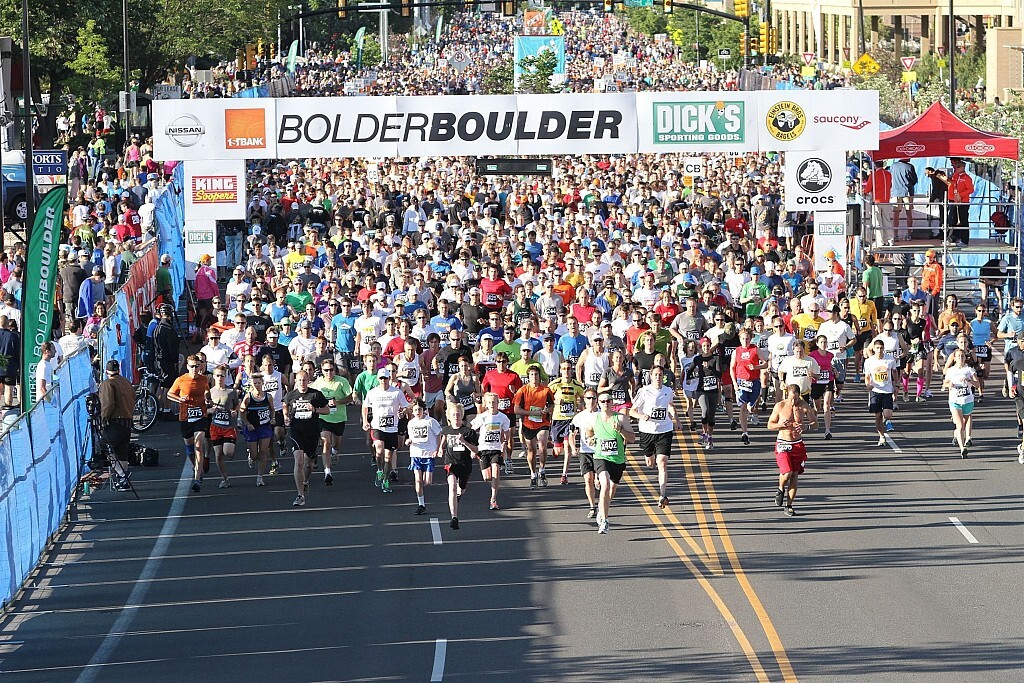
On Monday, Schneiderman won the men’s citizen’s race at the Bolder Boulder, using a strong final push to finish in 31 minutes, 1.88 seconds.
“It’s pretty exciting,” Schneiderman said. “I qualified for the Olympic trials in the marathon in December at the California International Marathon, so I kind of decided to take a break from the full marathon and run a couple of shorter races after that before the fall. So I kind of picked out Bolder Boulder because it’s local and it’s a great race. It feels good.”
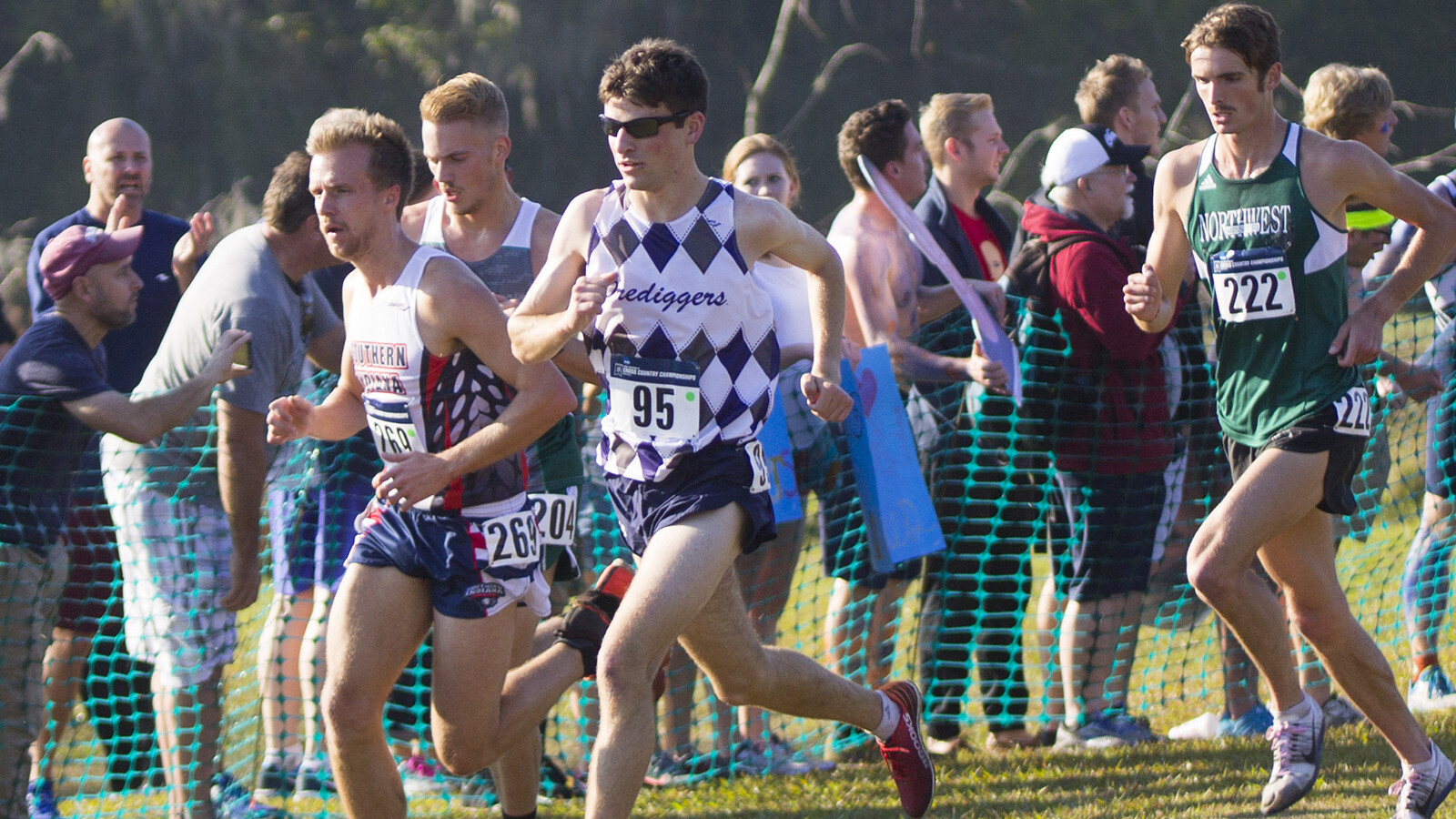
Josh Romine was second, in 31:06.98, while Max Sannes was third, in 31:17.50.
Schneiderman was in third for much of the race, but surged past Romine and Sannes on the final uphill stretch.
“I wanted to kind of go after those front two,” he said. “They were ahead of me for most of the race, but I thought I could maybe get them on the hill there at the end, which is how it played out.
“I’m strong on hills. The uphill final mile definitely helped me. Usually on those downhill stretches is where it seemed like they would pull away a little bit and then I would get back on the uphill a little bit.”
Schneiderman grew up in Colorado Springs and graduated from Liberty High School in 2014, lettering all four years in track and cross country. He then ran at Colorado School of Mines, where he earned several All-RMAC honors.
Schneiderman, who graduated from Mines with his PhD in December, had run in the Bolder Boulder a couple of times before, but this was his first time since 2015.
“It was fun,” he said. “I never finished that far up before. When I was in high school, I was (around 40th place) usually. It was a good race. Good day for it.”
Also running Monday was Schneiderman’s brother, Noah, who finished in 35:23, as well as former Mines teammate Jake Mitchem, who was fourth (31:20.16).
“He just told me he was going to do it like a couple weeks ago, so I was like it would be cool to work together, which we did for like the first half of the race or so,” Schneiderman said.
In the second half, his training paid off as he claimed his first win.
“This is encouraging,” said Schneiderman, who will compete in the Olympic trials in February. “I wasn’t really sure how fit I was coming into this because I just had a lot of sort of flat-feeling workouts during this training block, but it felt really nice to come out here and feel good and feel like I could put myself in it.”
(05/29/2023) ⚡AMPby Brian Howell
BOLDER BOULDER
In 1979 we dreamt of attracting a few hundred of our friends to race though the streets of Boulder, Colorado to celebrate Memorial Day with our families. Fast forward almost 40 years and the Bolder BOULDER has grown to become one of the largest and most highly acclaimed 10K’s in the world. Almost 1.2 million runners, joggers, walkers and spectators...
more...Eilish McColgan says her recent injury makes World Championship gold less likely
Eilish McColgan says winning gold at this summer's World Championships is a "pipe dream" and she is instead focusing on breaking the 30-minute barrier in the 10,000m.
The 32-year-old Scot is recovering from the knee injury that forced her to pull out of the London Marathon last month.
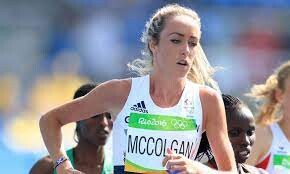
She returned to light training at the weekend and thinks gold in Budapest in August is now less likely.
"That would exceed my goals right now because of the setbacks," she said.
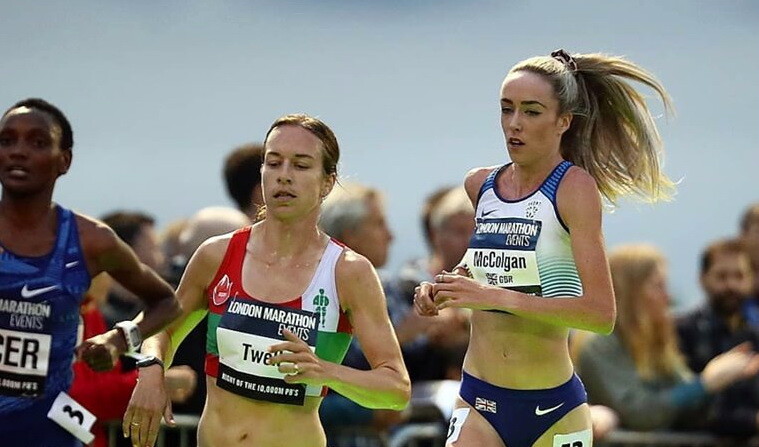
"I think it would be a pipe dream right now, but I am not going to set myself any real limits.
"To be in Budapest and be at the start and healthy would be a big achievement to be honest.
McColgan won 10,000m gold in the European Championships in 2021 and then at the Commonwealth Games 12 months later, before creating history in March of this year by setting a new British record of 30:00.86.
"My big thing this year would be to break the 30 minutes in the 10k," she added.
"I think there are only 12 women in the world who have done that - it would be a big achievement for me.
"Earlier in the year, I had no doubt I could break 30 minutes. Now there is a little bit of a doubt because I haven't been able to train for the last so many weeks."
The one bonus for McColgan is that her knee problem did not require surgery and now she can concentrate on completing her rehab and improving her best ever time.
"To be in the top six fastest women in the world - that would be a great achievement," she said.
(05/29/2023) ⚡AMPby BBC Sport
World Athletics Championships Budapest 23
From August 19-27, 2023, Budapest will host the world's third largest sporting event, the World Athletics Championships. It is the largest sporting event in the history of Hungary, attended by athletes from more than 200 countries, whose news will reach more than one billion people. Athletics is the foundation of all sports. It represents strength, speed, dexterity and endurance, the...
more...Eliud Kipchoge routes for girl-child career and education
Double Olympic marathon champion Eliud Kipchoge is rooting for the empowerment of girl-child both in sports and education.
This, he said, will equip the girls with more knowledge, sensitize them on the developments within their bodies as they grow and make them develop self-respect.
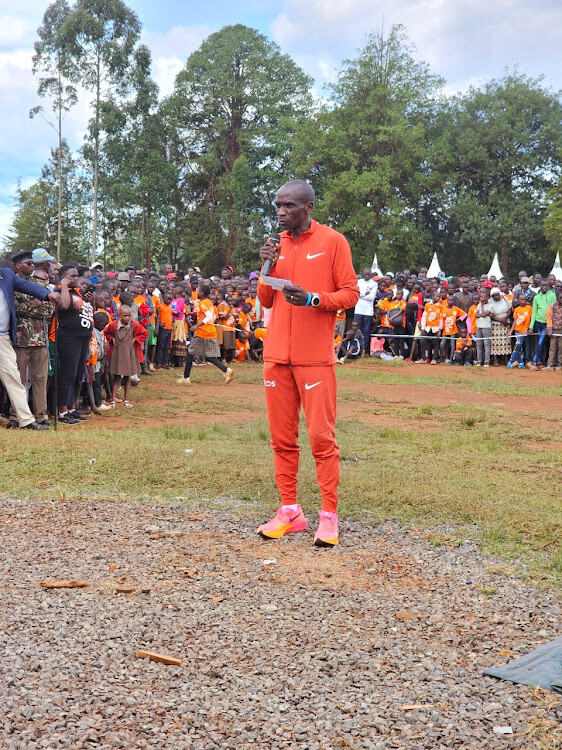
The world marathon record holder added that fitness is key to establishing talent.
“It is proper to establish their (girl) talent, whether in athletics or other fields to allow them to thrive. Fitness is paramount. The fittest girl is always bright," Kipchoge, a four-time London marathon champion, was speaking in Kapsisiywa, Nandi County during the first edition of Kapsisiywa Girl Run on Saturday.
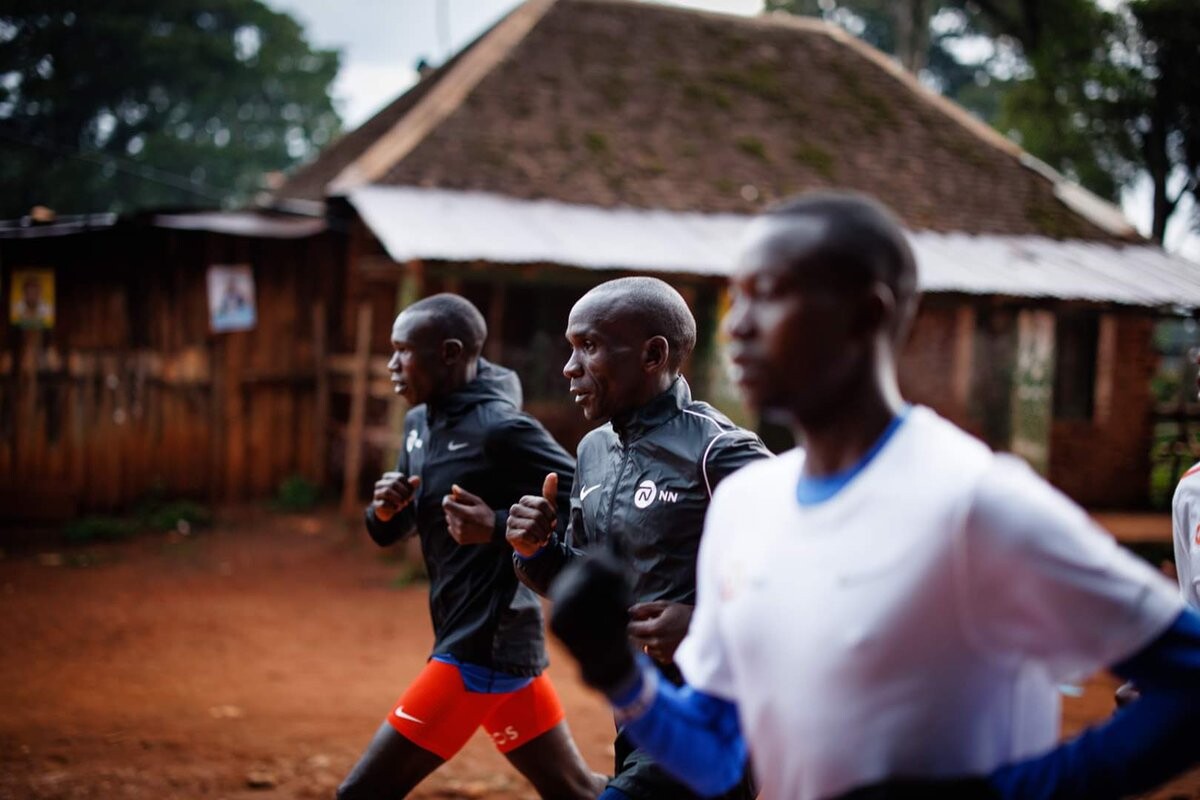
"It doesn't mean the boy-child has been overlooked, we are dedicated to girls because they are vulnerable due to the menstrual cycle. Sanitary pads are rarely used in villages. People are still using mattresses, clothes among others and we want to sensitize them and tell them to use the clean method," he added.
The next phase, he said, will target the boys who equally need to be informed.
“Our main aim is passing education to everybody. We want people to develop self-awareness”.
He urged parents and guardians to give an opportunity to the girls who have shown interest in sports especially athletics which has helped improve the living standards of many families.
“Parents and guardians must play a leading role in ensuring that the girls get much-needed education and develop their careers. We have to set a good example and that will ensure that all girls finish high school before making the right choice in their lives,” said Kipchoge, the three-time Berlin marathon champion.
(05/29/2023) ⚡AMPby Emmanuel Sabuni
Rejeanne Fairhead sets new 5k record for 95 plus
Canada’s Rejeanne Fairhead can now call herself the fastest 95+ woman in the world. On Saturday afternoon in 30 C weather, the 96-year-old unofficially destroyed the women’s 95+ world record, running 51:09 for five kilometres at the Ottawa 5K.
At Friday’s press conference, she said her secret to running fast is keeping busy. “I try to be active in all sports, and take care of myself and be happy,” said Fairhead.
Fairhead received honours from the race announcers before and after the race for her attempt and new accomplishment. She is the eldest participant of the Ottawa Race Weekend for the second consecutive year.
The women’s 95+ world record Fairhead beat was that of American Betty Lindberg, who ran 55:48 at the 2022 Atlanta Peachtree 5K.
(05/28/2023) ⚡AMPGerman sprinter runs 9.51 seconds, discovers clock was broken
Those in attendance at the Puma Fast Arms, Fast Legs track meet on Wednesday in Wetzlar, Germany, were in shock when German sprinter Milo Skupin-Alfa stopped the clock at 9.51 seconds in heat two of the 100m qualifying round. The timing clock showed Skupin-Alfa ran the fastest 100m time in history, but moments later it was discovered to be broken.
Germany is well known for its fast tracks–it’s where the great Usain Bolt set his 100m world record of 9.58 seconds at the 2009 World Championships in Berlin. But Skupin-Alfa will have to go back to the drawing board to run 9.51 seconds.
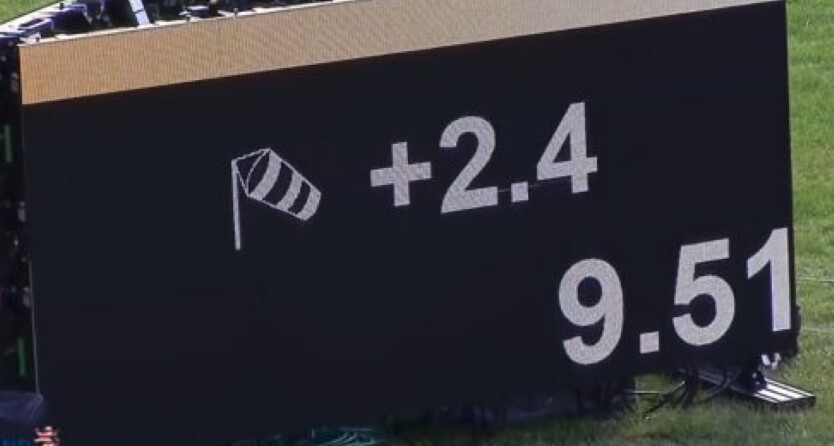
The time would have been a massive result for the 24-year-old, Skupin-Alfa, who held a personal best of 10.23 seconds heading into the race. Meet officials managed to get the clock fixed shortly after and credited him with the heat win and a time of 10.36 seconds (+2.4 m/s).
Only one sprinter in history has, unofficially, run faster than Bolt’s world record. In 2011 on a Japanese TV show, U.S. sprinter Justin Gatlin ran 9.45 seconds for 100m with the help of several massive wind fans gusting +20.0 m/s tailwinds. The 2004 Olympic 100m champion had a large industrial fan behind his starting blocks and four wind fans strategically placed in the lanes beside him.
Even though Skupin-Alfa did not run a personal best or world record in Wetzlar, he has a promising career ahead of him.
(05/28/2023) ⚡AMPby Running Magazine
10 Reasons to Start Following Track and Field This Year
The 2023 season should be full of record-breaking performances from the sport’s biggest stars. Here are the most important things to know.
Track is back, and if the results from the indoor season and early outdoor meets are any indication, it should be another year of eye-popping results around 400-meter ovals this summer.
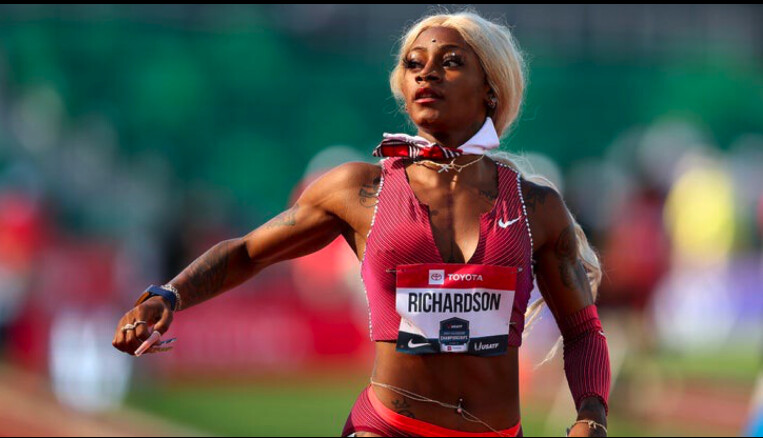
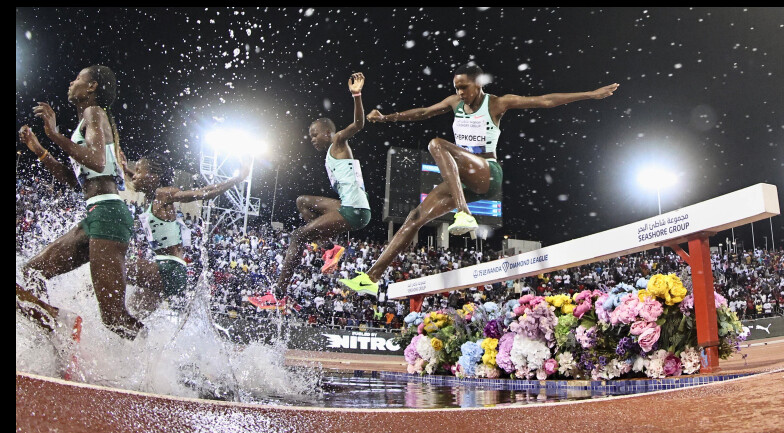
Why is track and field relevant to the average recreational runner?
Perhaps you’re running some of the same distances in your training and racing. Or maybe you have a connection to some of the events from your youth, days in gym class or on the playground. From a human performance perspective, no sport showcases the all-out speed, red-line endurance, max power, dynamic agility, and meticulous bodily control as track and field does.
Here’s a primer on the most awe-inspiring athletes and events of this summer’s track season. Because, come on: with a sport that includes events as multifaceted as the pole vault, as primal as the shot put, and as wild as the 3,000-meter steeplechase—a 1.8-mile race with 28 fixed barriers to hurdle and seven water pits to jump—what’s not to like?
One of the many things that makes track and field so special is that it’s one of the most diverse sports on the planet, both culturally and athletically.
Last summer, athletes from a record 29 different countries earned medals in the 25 different running, jumping, and throwing events at the World Athletics Championships in Eugene, Oregon.
At the highest level, there are athletes of all shapes and sizes from every culture and socioeconomic background. While there certainly are racial and cultural stereotypes that need dissolving and vast inequality among competing countries, from a performance point of view the sport is largely meritocratic, based on the time or distance achieved in a given competition.
Watching American Sydney McLaughlin-Levrone masterfully win the 400-meter hurdles in a world-record time last summer in front of a deafening crowd at Hayward Field in Eugene was a riveting experience. It was vastly different than watching Grenada’s Anderson Peters win the javelin world title with a career-best throw of 90.54 meters on his final attempt to beat India’s Neeraj Chopra, but both had edge-of-your-seat excitement, athletic excellence, and cultural significance.
One of the knocks against track and field in recent years is that it hasn’t done enough to attract casual fans the way professional football, basketball, hockey, and soccer have. Following the On Track Fest, the USATF Los Angeles Grand Prix on May 26-27 in Los Angeles is trying to up the ante by combining a mix of elite-level competition, an interactive fan festival, and top-tier musical performances.
Billed as the one of the deepest track meets ever held on U.S. soil, it will feature a star-studded 400-meter face-off featuring Americans Michael Norman, the reigning world champion, and Kirani James, a three-time Olympic medalist from Grenada, and a women’s 100-meter hurdles clash with world champion Tobi Amusan of Nigeria, Olympic silver medalist Keni Harrison of the U.S., and Olympic gold medalist Jasmine Camacho-Quinn of Puerto Rico.
Saturday’s action will be broadcast live on NBC Sports from 4:30 P.M. to 6 P.M. ET and be followed by a concert event called the Legends Jam, which will include appearances from some legendary athletes and be headlined by Grammy-winning singer Judith Hill.
American sprint sensation Sha’Carri Richardson will be racing the 100-meter dash at the USATF Los Angeles Grand Prix. You probably remember her for her perceived failures more than the astounding times she’s actually achieved on the track.
Two years ago, the sprinter from Dallas blew away the field in the 100-meter dash at the U.S. Olympic Trials with a 10.86 effort, but then she was famously suspended after testing positive for cannabis (which is on the World Anti-Doping Agency’s list of banned substances) and missed the Tokyo Olympics as a result. (She admitted using the drug to cope with the pressure of qualifying for the Olympics while also mourning the recent death of her biological mother.)
Then last year, despite strong early season performances, Richardson failed to make the finals of the 100-meter or 200-meter at the U.S. championships, so she missed out on running in the first world championships held on American soil.
This year, the 23-year-old sprinter appears to be locked in and better than ever, posting a world-leading 10.76 100-meter time on May 5 in Doha (she also ran an eye-popping 10.57 with an over-the-limit tailwind on April 9 in Florida) and posted the second-fastest time in the 200-meter (22.07) on May 13 at a meet in Kenya.
If she keeps it all together, expect Richardson to finally contend with elite Jamaican sprinters Shericka Jackson and Shelly-Ann Fraser-Pryce in the 100 and 4×100-meter relay in August at the World Athletics Championships in Budapest, Hungary.
A few years ago, American sprinter Fred Kerley was on his way to becoming one of the world’s best 400-meter runners. But he wanted more than that. What he really had his heart set on was becoming the world’s fastest man, a moniker that goes with the most dominant sprinter in the 100-meter dash.
Ignoring doubters, Kerley retooled his training and earned the silver medal in the 100-meter at the Tokyo Olympics (.04 seconds behind Italy’s Marcell Jacobs) and then continued his ascent last year by winning the U.S. championships (in 9.76, the sixth-fastest time in history) and world championships (9.86).
The 28-year-old from San Antonio, Texas, also became one of just two other runners (along with American Michael Norman and South African Wayde van Niekerk) to ever run sub-10 seconds in the 100-meter, sub-20 seconds in the 200-meter, and sub-44 seconds in the 400-meter. So far this year, Kerley has two of the four fastest 100-meter times of the season, including a speedy 9.88 on May 21 in Japan.
After trading barbs on social media this spring, Kerley and Jacobs are expected to face off in an epic 100-meter showdown on May 28 at a Diamond League meet in Rabat, Morocco, marking the first time the Olympic gold medalist and the world champion in the men’s 100m face off since the 2012 Olympic final, when Jamaican Usain Bolt beat countryman Yohan Blake. American Trayvon Bromell, the silver medalist at last year’s world championships, is also in the field, so it should be an extraordinary tilt.
If you’re a gambler, bet on Kerley to win that one and eventually get close to Bolt’s 9.58 world record. (To do so, he’ll be running faster than 26 miles per hour!) But don’t count out Kenya’s Ferdinand Omanyala, the early world leader (9.84), or fellow American sub-9.9 guys Bromell, Norman, Christian Coleman, and Noah Lyles at the 2023 World Athletics Championships on August 20, in Budapest. Depending on which three Americans join Kerley (who has an automatic qualifier) at the world championships, it’s actually quite likely the U.S. could sweep the top four spots in the 100 in Budapest.
If you’ve ever wanted to see the world’s top track and field stars competing live in the U.S., this is the year to do it. The May 26-27 USATF Los Angeles Grand Prix meet and June 3-4 Portland Track Festival are part of what might be the mosst compelling outdoor track season ever held on U.S. soil.
If you’re looking for an athlete to marvel at, start with Sydney McLaughlin-Levrone, the gold medalist in the 400-meter hurdles at the Olympics in 2021 and World Athletics Championships last summer. She’s been one of the sport’s rising stars since she was a teenager and yet she’s only 23. Her trajectory is still rising—especially since she moved to Los Angeles to train under coach Bob Kersee. Driven by her strong faith, McLaughlin-Levrone is the personification of hard work, grace and competitiveness.
This year she’ll temporarily step away from her primary event to show off her pure sprinting prowess when she opens her season in a “flat” 400-meter race at the Diamond League meet in Paris on June 9. Her personal best in the 400-meter is 50.07 seconds, set when she was a freshman at the University of Kentucky, but she clocked a speedy 50.68 while running over hurdles, en route to a world-record setting win at last summer’s world championships.
Her best 400-meter split as part of a 4×400-meter relay is 47.91, so it’s within reason to think she could be one of several runners to challenge the long-standing world record of 47.60 set in 1985 by East German Marita Koch. Because McLaughlin-Levrone has an automatic qualifier to the world championships in the 400-meter hurdles, she will likely run the open 400-meter at the U.S. championships and decide after the meet which one she’ll focus on.
American 800-meter ace Athing Mu has looked unbeatable for the past several years as she won Olympic gold in the event at the Tokyo Olympics and last year’s world championships. In fact, she has been unbeatable, having won 13 straight races since she dropped out of a mile race at the Millrose Games in January 2022. Going back to 2020 (when she was a senior in high school) and 2021 (during her one season at Texas A&M), she’s finished first in 51 of her past 53 races (relays included), with her only loss being a narrow runner-up finish to Kaelin Roberts in the 400-meter at the 2021 NCAA indoor championships.
Mu, who is also coached by Kersee and trains with McLaughlin-Levrone, seems to be the most likely athlete to challenge the women’s 800-meter world record of 1:53.28, set in 1983 by the Czech Republic’s Jarmila Kratochvílová. It’s the longest standing record in track and field, and only two runners have come within a second of it in the past 15 years. Her personal best of 1:55.04 is an American record and the eighth-fastest time in history. She’s still only 20 years old, so she has many years to keep improving and other historic opportunities ahead of her.
Mu said earlier this year she’d like to try a 400-800-meter double at an Olympics or world championships if the schedule permits—it’s only been done once successfully by Cuba’s Alberto Juantorena at the 1976 Games—but her coach has said she might attempt a 800-1,500-meter double next year at the Paris Olympics.
This year, Mu will run the 1,500 meters at the USATF Championships in July, but will likely defend her 800-meter title at the world championships in Budapest, as well as potentially running on the U.S. women’s 4×400-meter relay and the mixed-gender 4×400-meter relay (with McLaughlin-Levrone) for an opportunity to win three gold medals in a single championships.
With apologies to quarterback extraordinaire Patrick Mahomes, gymnastics all-arounder Simone Biles, and skiing superstar Mikela Shiffrin, pole vaulter Armand Duplantis just might be the most dynamically talented athlete in the world. That’s because he’s the world’s most dominant athlete (and has set six world records) in arguably the most demanding discipline, not only in track and field but quite possibly in any sport. No sport discipline involves such a dynamic combination of speed, power, precision and agility, and Duplantis, who is only 23, is already the greatest of all-time.
Prove me wrong or watch him set his latest world record (6.22 meters or 20 feet, 5 inches) at an indoor meet on February 25 in Clermont-Ferrand, France. That’s the equivalent of vaulting onto the roof of a two-story building, and in his case, often with room to spare.
Duplantis, who grew up in Lafayette, Louisiana, to athletic parents with Swedish and Finnish heritage, represents Sweden in international competitions. He started pole vaulting at age three, set his first of 11 age-group world-best marks at age seven, and won an NCAA title in 2019 as a freshman competing for LSU before turning pro.
All indications are that North Carolina State junior Katelyn Tuohy could become the next American running star. All she has done since she was young is win races and break records.
After winning the NCAA outdoor 5,000-meter a year ago, she won the NCAA cross country title in November. During the indoor track season this past winter, she set a new collegiate mile record (4:24.26) and won both the 3,000-meter and 5,000-meter title at the NCAA indoor championships in March. On May 7, the 21-year-old from Thiells, New York, broke the NCAA outdoor 5,000-meter record by 17 seconds, clocking 15:03.12 at the Sound Running On Track Fest.
Tuohy will be running both the 1,500-meter and 5,000-meter at the NCAA East Regional May 24-27 in Jacksonville, Florida, with the hopes of eventually advancing to the finals of both events at the June 7-10 NCAA Division I championship meet in Austin, Texas.
University of Arkansas junior Britton Wilson is a top collegiate star who is ready for prime time at the pro level. She won the 400-meter in a world-leading and collegiate record time of 49.13 in mid-May at the SEC Championships, where she also won the 400-meter hurdles (53.23) in a world-leading time. The 22-year-old from Richmond, Virginia, was the runner-up in the 400-meter hurdles at last year’s U.S. championships and fifth in the world championships, and could contend for a spot on Team USA in either event at the July 6-9 U.S. championships.
Kerley and Lyles are expected to square off in a 200-meter race at the USATF New York Grand Prix meet on June 24 at Icahn Stadium on Randall’s Island in New York City. There are also two high-level Puma American Track League meets in Tennessee—the Music City Track Carnival June 2 in Nashville and the Ed Murphey Classic August 4-5 in Memphis—and two Under Armour Sunset Tour meets organized by Sound Running on July 22 in Los Angeles and July 29 in Baltimore.
The best U.S. meet of the year, though, will be the USATF Outdoor Championships held July 6-9 in Eugene, Oregon, where American athletes will be vying for top-three finishes to earn a chance to compete for Team USA at the 2023 World Athletics Championships August 19-27 in Budapest.
The U.S. season will culminate with the September 16-17 Pre Classic in Eugene, Oregon, a two two-day meet that will double as the finals of the international Diamond League circuit and should include many of the top athletes who will be representing their countries in next summer’s Paris Olympics. (And if you want to see the country’s top high school athletes run unfathomable times for teenagers, check out the Brooks PR Invitational on June 14 in Seattle, Washington.)
At the June 2 Diamond League meet in Rome, Italy, the men’s field in the 5,000-meter run will have what might be the fastest field ever assembled, with 13 runners who have personal best times of 12:59 or faster.
The field will be headlined by Joshua Cheptegei of Uganda, who lowered the world record to 12:35.36 in Monaco three years ago. (That’s a pace of 4:03 per mile!). But it will also include Kenya’s Jacob Krop (12:45.71) and Nicholas Kipkorir (12:46.33), Ethiopia’s Yomif Kejelcha (12:46.79), American Grant Fisher (12:46.79), Canadian Mohammed Ahmed (12:47.20), and Guatemalan-American Luis Grijalva (13:02.94), among others. With a big prize purse at stake and pacesetters ramping up the speed from the start, it should be a race for the ages.
(05/28/2023) ⚡AMPby Outside Online
Natasha Wodak and Moh Ahmed win top spots at Canadian 10K Championships
More than 6,400 runners took part in the 2023 Ottawa 10K, presented by Otto’s Ottawa. The race attracted some of the best professional runners in Canada as well as thousands of participants from across the National Capital Region and the country. Once again this year, Ottawa played host to the Canadian 10K Championships.
In the women’s category, 41-year-old Natasha Wodak of Vancouver completed the 10K in 32:51, winning the Canadian Championship for the third year in a row. Wodak took an early lead, leaving Leslie Sexton to take 2nd place, in 33:13. Montreal’s Caroline Pomerleau captured 3rd in 33:16.
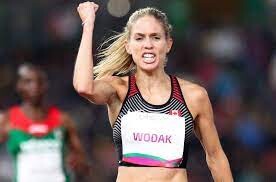
Mohammed Ahmed took first place in the men’s category, with a time of 28:21. For most of the race, the St. Catherine’s runner ran neck and neck with Cam Levins, of Black Creek, British Columbia. But Ahmed was able to pull away in the final stretch, leaving Levins to take second in a time of 28:39. Jeremy Coughler, of London, Ontario, took third place in 29:31.
Starting at Ottawa City Hall, the 10K course took runners along the famous Rideau Canal before heading across the Pretoria Bridge to an exciting finish in front of thousands of cheering spectators on Queen Elizabeth Drive. But the heat posed a challenge for many runners, as it was 28 degrees Celsius when the race started.
(05/28/2023) ⚡AMP
Galen Rupp’s high school 5000m record (13:37.91) stood for 18 years, 9 months, 6 days Connor Burns’ high school 5000m record (13:37.30) stood for 20 days. Lex Young went 13:34.96 last night in Los Angeles
It’s not every day that the 18th place finisher in a race steals the headlines but Newbury Park High School senior (CA) Lex Young highlighted the first night of the LA Grand Prix by breaking the U.S. high school 5000m record in 13:34.96. U.S. road 5K champion Abdihamid Nur won the race in a personal best of 13:05.17 and locked up his World Championship qualifying standard.
What you need to know:
– The previous high school record of 13:37.30 was set just three weeks ago by Connor Burns at Sound Running’s Track Fest. He broke Galen Rupp’s record of 13:37.91, which had stood since 2004.
– This should not come as much of a surprise after Young ran 13:43.95 last year. He didn’t have the best start to the year after finishing the 2022 cross-country season injured and then finishing third in the 5000m at New Balance Nationals Indoor in 14:00.64. Young has raced sparingly this outdoor season but took a big step forward with a 13:44.83 at the Bryan Clay Invitational on April 14. He called his shot and publicly announced he was going after Burns’ record in the leadup to Friday night’s race.
What told him in training that this was possible:
“The times kept on getting faster and the effort kept on feeling easier, where I knew with the training progressing in the same way, I’d be ready by now.”
On racing a majority of the race solo:
“I knew it would be pretty darn fast but I thought there would be more people in that 13:30-13:40 range. So when everyone was still together at a mile and I was dropping off, I had to take a couple of breaths and think, ‘I’m falling off the back but it’s not because I’m dying but if I keep on going with them, I don’t want to dig myself down into a deeper hole.’ They were going really fast. They went like 4:17, which is faster than I need to go for the record. I wanted to be a bit more conservative.”
On what it’s like being a high school star in the social media era, where performances are under a bigger microscope and open to more criticism:
“When I produce the content, it motivates other people to try and do what I’m doing. Ultimately that is so worth it. People come up to me and they tell me how much it’s inspired them and that means so much. No matter how much people will hate or people who comment and doubt, I will always keep producing the content because I know how much it can help people as other people’s content has helped me.”
Other highlights from the LA Grand Prix:
– Emily Lipari won the women’s 5000m in 15:08.87 for her second-best career performance. She closed with a 69.34-second final lap.
– Team New Balance Boston’s Emily Mackay won the women’s 1500m in a personal best of 4:07.03. She spoke about what she’s learned in her first full year as a pro.
– Kieran Lumb notched a personal best of 3:35.99 to outkick NACAC champion Eric Holt in the men’s 1500m. He discussed his decision to turn professional and sign with On.
– Under Armour Mission Run Baltimore’s Ahmed Jaziri won the men’s 3000m steeplechase in 8:17.64 – just barely missing the World Championships qualifying standard.
– Former Colorado Buff Madie Boreman took 10 seconds off her personal best to win the women’s steeplechase in 9:22.99. She is now being coached by Julie Benson and could be a contender for the U.S. team.
– Craig Engels won his first race of the year with a 1:47.32 in the men’s 800m. He took three months off due to a torn calf and Achilles injury.
– Laurie Barton of the Brooks Beasts won the women’s 800m in 2:02.54.
----
Chris Chavez launched CITIUS MAG in 2016 as a passion project while working full-time for Sports Illustrated. He covered the 2016 Olympics in Rio de Janeiro and grew his humble blog into a multi-pronged media company. He completed all six World Marathon Majors and is an aspiring sub-five-minute miler.
(05/27/2023) ⚡AMPby Citius Magazine
Kenyan athlete killed in hit and run accident in Kapsabet
Kenyan athletics lovers woke up on Saturday morning to shocking news following the death of youthful athlete Sammy Kosgei which happened on Friday night in Nandi County.
Kosgei, who comes from Kamonjil village in Nandi County, was involved in a road accident along the Kapsabet-Lessos road at around 7:30 pm when he was knocked down by a hit-and-run passenger vehicle.
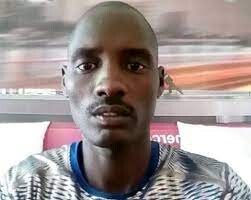
Nandi Police Commissioner Joseph Kavoo said that the accident at the Emaki Trading Centre killed him on the spot.
“The said athlete was walking along the road at the trading center before he was hit by a public service vehicle. However, we cannot ascertain where the athlete was going or coming from,” said Kavoo.
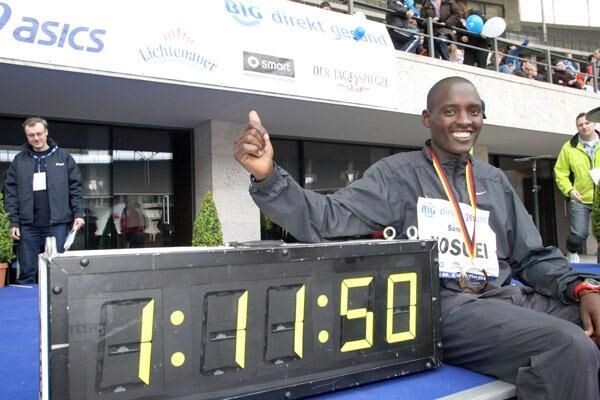
He added that the body of the deceased was taken to Kapsabet mortuary as the investigation into the incident commences.
According to the family spokesman, Hosea Saina, the family has lost a youthful athlete who had the potential to become the shining light of the community and nation at large.
“The accident has terminated the good career of a very young athlete. As a family, we have lost a young man who was to be the light of the family,” said Saina.
“As a family we shall sit and plan for his burial dates later,” he added.
(05/27/2023) ⚡AMPby Emmanuel Sabuni
96-year-old eyes world record at Ottawa Race Weekend
Last May, Réjeanne Fairhead laced her Keds and started walking.
Fifty-eight minutes and 52 seconds later, she crossed the 5k finish line at the Ottawa Race Weekend.
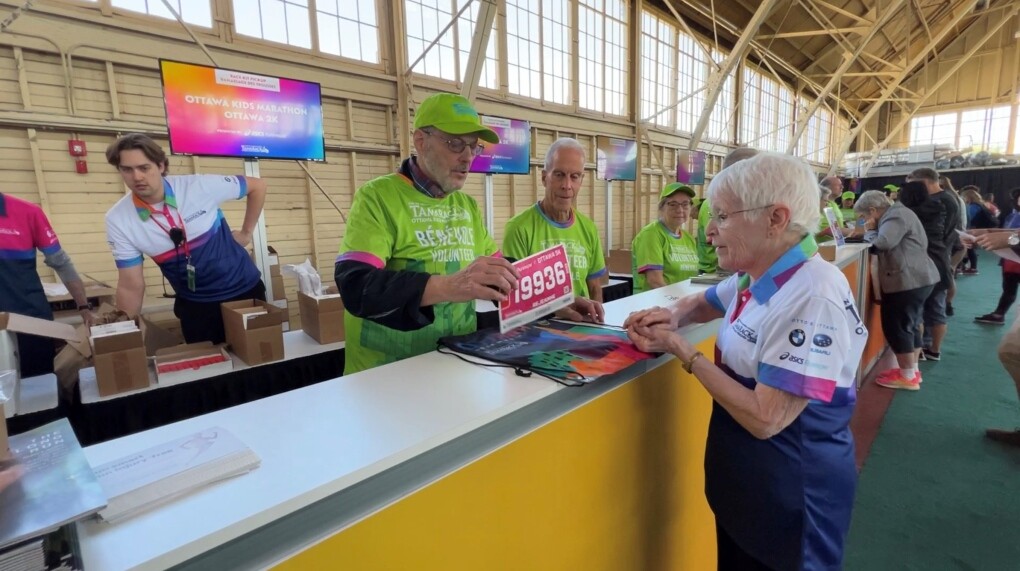
Despite entering her first-ever road race without any training, Fairhead set a new Canadian record in the event's 95-99 age category.
Now 96, Fairhead is targeting the world record for women in that age group. To do so, she'll have to shave about three minutes from last year's time.
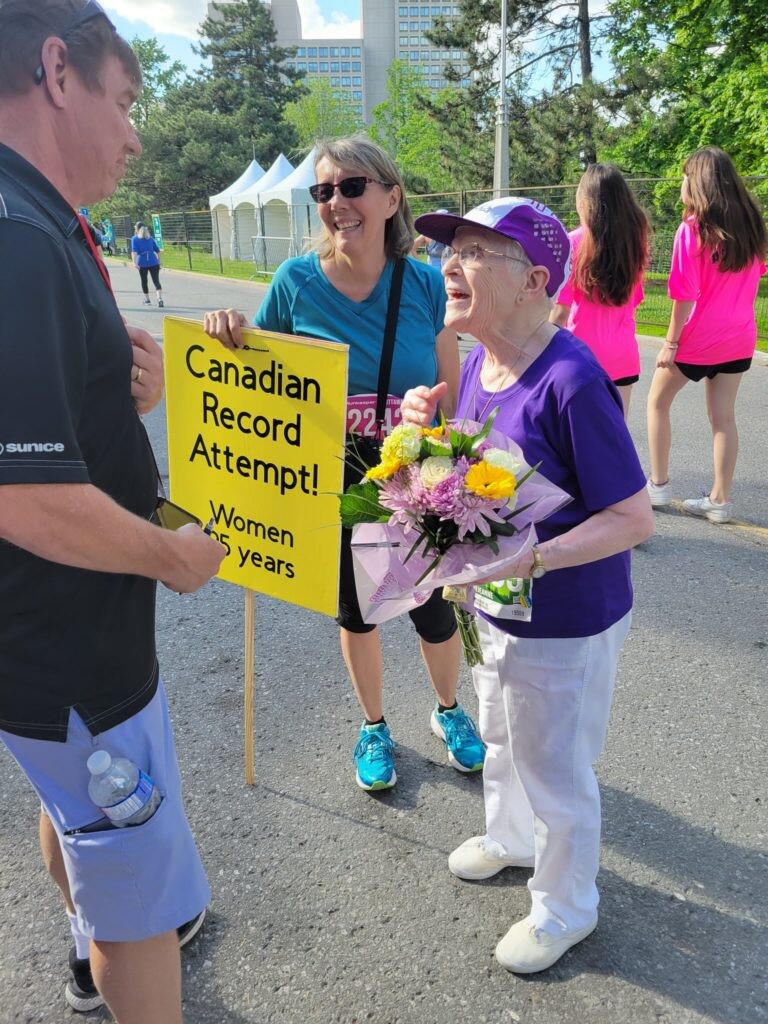
"I'll do my best," she said. "If it doesn't rain, I have a better chance."
Rain or shine, Fairhead said the record isn't her top priority.
Her main goal is to raise money for Ottawa's Perley Health long-term care home, where she's volunteered for the last 27 years. Her second is to inspire other older adults to stay active.
"A lot of people, when they get older, they don't want to do anything," she said. "If you're able — not saying if you're sick, that's different — but if you're able to, do something."
Moves 'effortlessly'
Unlike last year, when she entered the race cold, Fairhead has been training with Ottawa-based physiotherapist Richelle Weeks since February.
Weeks said she's worked with seniors in the past, but Fairhead's fitness is "far above and beyond" most of her former clients.
"She moves around like she's in her 40s or 30s," Weeks said. "She just moves around very effortlessly."
Weeks said Fairhead grew up on a farm and has stayed active her whole life while raising six children. As a result, she's managed to stay spry into her 90s, Weeks added.
Fairhead's training regimen started light and gently ramped up in difficulty. She started by walking at her projected race pace — first two kilometres at a time, then building toward the full distance.
Weeks also prescribed some simple strength training exercises, such as sit-to-stands and weighted glute bridges.
To break the record, Fairhead will have to hold a pace of just over 11 minutes per kilometre — a speed Weeks said is "bordering on breaking into a trot."
"She's kind of speed walking," Weeks said. "Now, with formalized training, I think we could definitely take those three minutes off."
The Ottawa Race Weekend 5k kicks off at 4 p.m Saturday.
By about 4:55 p.m., Fairhead will know whether she's captured the record.
"I'm anxious for it to be over," she said. "There's been so much commotion."
(05/27/2023) ⚡AMPOttawa Marathon
As one of two IAAF Gold Label marathon events in Canada, the race attracts Canada’s largest marathon field (7,000 participants) as well as a world-class contingent of elite athletes every year. Featuring the beautiful scenery of Canada’s capital, the top-notch organization of an IAAF event, the atmosphere of hundreds of thousands of spectators, and a fast course perfect both...
more...ALS Hasn’t Stopped This Woman from Running a Marathon in All 50 States
“The powers of hope and community propelled me forward and got me across every single finish line.”
Reason for Running: ALS takes away my ability to use my muscles, so I will be out there as long as possible to celebrate what my muscles can still do.
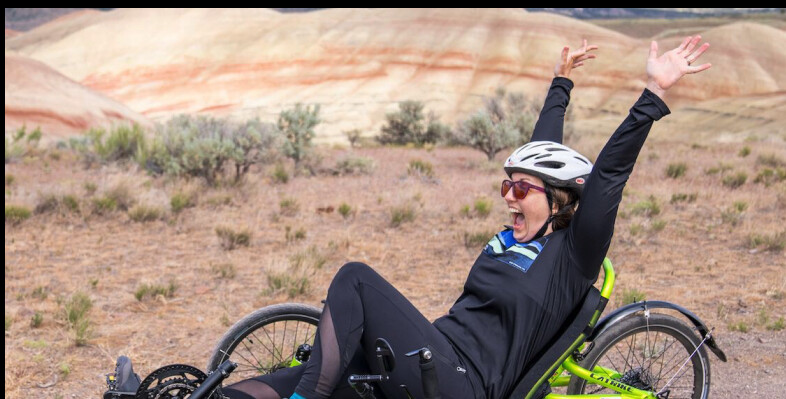
“Don’t worry,” my new husband, David, said in 2009 when I moved from Atlanta to Washington, D.C., to begin our married life. “It never snows here.” But then we were hit by three blizzards in six weeks! I got tired of being cooped up in our tiny apartment, so I found the treadmill in the basement. Fifteen minutes later, sweating and gasping for air, I felt awake and alive in a way I never had before. Add in the goal of training for a race just a bit outside my comfort zone and I was hooked.
My first race was the St. Patty’s Day 8K in downtown D.C. in 2010. I was so distracted by the scenery—running down Pennsylvania Avenue, crossing the National Mall in front of the Capitol—that I forgot to be nervous! After that, I used running as a way to explore my newly-adopted city, which was also useful for my job as an urban planner for the federal government.
In two years, I worked up to my first marathon: the 2012 Yuengling Shamrock Marathon in Virginia Beach. By then, I’d gotten into triathlons too and my first 70.3 (a.k.a. a half Ironman) was the 2013 Carolina Half at my alma mater in Davidson, North Carolina.
However, while training for the 70.3, my run and bike times were slowing down, and my hamstrings were incredibly tight. During the race, I had to walk a lot of the downhills because I felt like I was going to trip over my toes. I assumed I was overtraining or had a weird race injury, but the physical therapist I went to said, “your muscles just don’t seem strong enough for someone who just did that long of a race.” She referred me to a neurologist.
My blood tests, MRIs, spinal tap, CT, and first electromyography (EMG) all came back normal, but my symptoms kept getting worse. In just six months, I went from finishing the 70.3 to walking with a cane after falling in the middle of a D.C. intersection. My fifth neurologist re-did the EMG and diagnosed me with probable ALS in May 2014, which was confirmed in August. I was 33 at the time.
ALS is a death sentence—the average life expectancy is only two to five years. In that time, the person loses the ability to walk, talk, eat, move, and eventually breathe. The only approved drugs extend life expectancy by less than a year.
But everyone is different. My “brand” of ALS seems to respond positively to low-impact, gradual, strength building. I am convinced that swimming, Pilates, weight machines, and riding a trike have all helped me live more than nine years with this disease.
When I reached the fifth anniversary of my ALS diagnosis (a milestone that only 20 percent of people live to see), I realized that I was still waiting for the disease to catch up with me—which isn’t truly living. Living means making long-term plans, striving toward future goals, and believing that tomorrow will be better than today if you’re willing to put in the effort.
So I decided to set the craziest goal I could think of: a marathon on a trike in all 50 states. Through our foundation, the Team Drea Foundation, we decided to film a documentary to raise awareness and funds for ALS research. To date, we’ve raised $1 million!
We began filming in May 2019, and I was at state number seven on my marathon list. Our plan was to film for a year, through Alaska (state 21), and get the film out as quickly as possible so people could actually run with me in some of the remaining states. Then of course, the pandemic hit. No one knew how long races would be canceled or if I would be strong enough to continue. So we decided to keep filming.
I hate to spoil the ending of the film, but yes, I made it! Go On, Be Brave follows my journey to become the first person with ALS to do a marathon in all 50 states. The documentary turned out more beautiful and inspiring than I could have ever imagined—and I was there! The powers of hope and community propelled me forward and got me across every single finish line.
As grateful as I am for the 50-state marathon journey, I am also enjoying the pressure of being off.
Over the next year, my husband David and I will be traveling to more than 50 planned film screenings and book events for my soon-to-be published (September 2023) memoir, Hope Fights Back, with co-author, Meredith Atwood. That doesn’t leave a ton of time for training, but we hope to partner with races along the way. I love exploring new places on the trike so I will be out there as long as I have the strength.
I never knew how truly magnificent the human body was until mine started failing me. When you think “I want to take a step,” there’s instantaneous signaling through your motor neurons and your muscles respond. It’s miraculous. When you are running, take a moment to appreciate what your body can do.
Because I move frustratingly slowly through the world on a walker, freedom is the best word to describe how I feel on the trike. When I’m training or in a race, I travel at a runner’s pace and it reminds me that I am an athlete. Breathing hard, working my muscles, these are all things I should no longer be able to do with ALS, but I can! I will never take for granted what my body is still able to do.
These three tips have made my running journey a success:
1. Live your life
Time will pass either way, whatever your mood. When I was diagnosed with a terminal illness, of course I went through a grieving process. But I realized that all I could control was my attitude.
2. Remember that tomorrow is not promised
Every day that I am out there is a good day. Whenever I start getting in my head about the weather or my knees hurting, I remember that, one day, I will no longer be able to do this. So many of my friends have died or no longer have the ability to move—that snaps things back into perspective really quickly.
3. Keep putting one foot in front of the other
When that’s too much—stop, rest, reset, and find the right motivation to keep fighting. Any forward progress is enough. One hard day, hope will fight its way right into becoming belief.
Andrea’s Must-Have Gear
→ Catrike Folding Trail: I couldn’t get anywhere without my Catrike recumbent trike. It’s great for people with back problems, balance issues, or other medical issues. Even runners must have other folks in their lives who could use some exercise but can’t run. It’s like Mario Kart for adults!
→ Rabbit EZ Tights in Gibraltar Sea Mountain: I may have a teeny obsession with fun, colorful leggings and rabbit’s buttery soft EZ Tights are absolutely the softest around. Also, my husband and I have to negotiate which color of their Jogalongs we’re going to wear—otherwise we’re liable to be twinning!
→ CLIF BLOKS Energy Chews Tropical Punch: My go-to fuel during a race. Six chews times 50 marathons equals 300 of these addictive little suckers I have consumed!
(05/27/2023) ⚡AMPby Runner’s World
Candice Burt tapering off after 200 ultras in 200 days
Candice Burt completed her 200th ultramarathon in 200 days earlier this week and says her body is holding up well after the staggering feat.
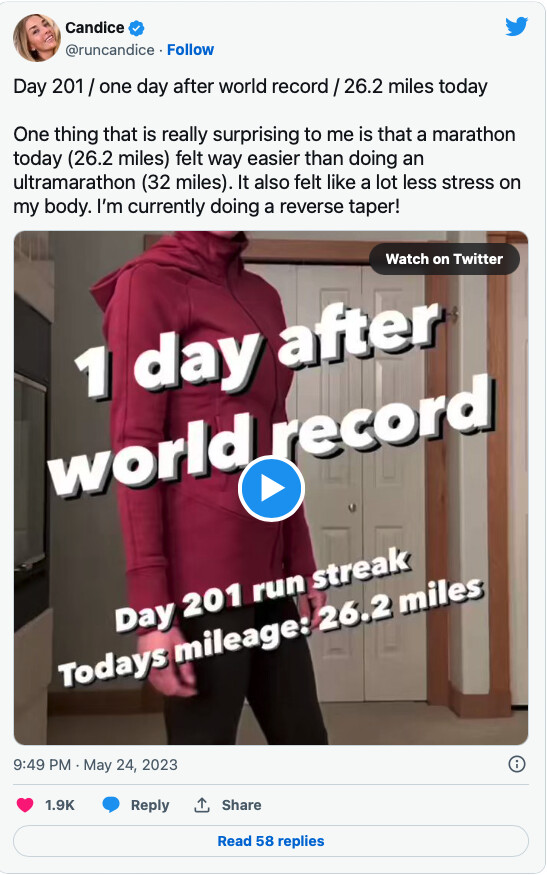
The American is set to claim the Guinness World Record once her endeavour is verified, with the previous best for consecutive days running an ultra marathon standing at 22.
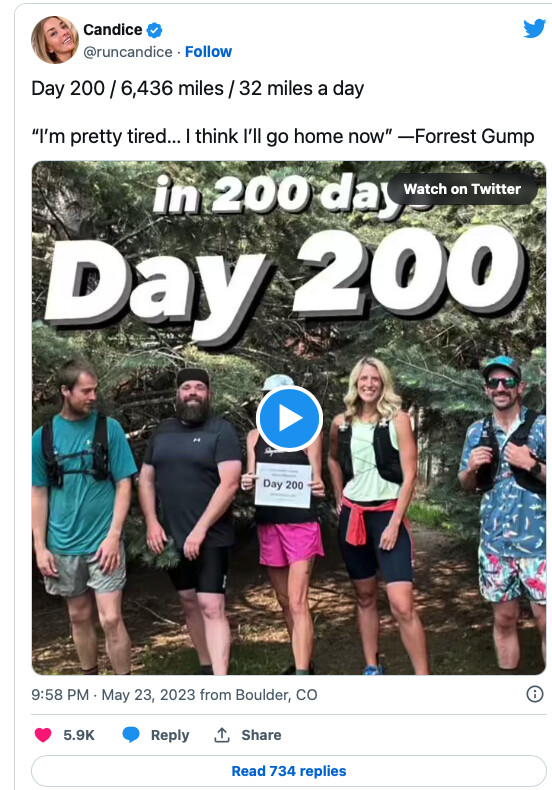
Burt, whose company Destination Trail is behind the Triple Crown of 200s – Tahoe 200, Bigfoot 200 and Moab 240 – covered over 6,400 miles after setting off on November 5, 2022.
She even ran the HURT 100 in Hawaii to continue her streak on days 71 and 72, a brutal race David Goggins has taken on four times, failing to finish in 2012.
Mental resilience
“Every morning I woke up and got it done no matter what,” she wrote on Instagram after finishing her final ultramarathon. “Thank you to the men and women who set the bar before me!”
“Records inspire us to find within ourselves courage and discipline to advance humanity
“This run has been about me trusting my body & adapting to every demand I encountered along the way. It is a personal quest, one in which I looked to satiate my curiosity about endurance, my body, running and the mind.
“That fire has only grown.
“My heart is content and I’m excited about my future adventures and spending the summer with my kids exploring Colorado.
“It’s truly incredible how good my body feels, although I’ll be the first to admit it’s changed a lot of the past 200 days. Some changes are good, some are not.”
Easy marathon
Burt is now in the process of winding down after her eye-watering schedule, but still ran a typical marathon – 26.2 miles – the day after her 200th ultra, undeterred by an “epic” thunderstorm in the latter stages.
“One thing that is really surprising to me is that a marathon today felt way easier than doing an ultramarathon,” she wrote in another Instagram post.
“I don’t have much fatigue running even 20 miles, but as I taper off the world record, part of me seems to be allowing myself to think, ‘my legs feel tried today’ instead of having to box that up and file it away.
“When you’re running a 50k a day no matter what, your feelings don’t really matter. Pain or tension in the body is used to indicate where to focus on any rehab/PT rather than to feel sorry for myself or shorten the run.
“This allowed me to grow, adapt and achieve a higher level, but it came at some cost.
“What’s the cost? There’s a bit of a disconnect between my feelings and sensations and the run. Those sensations — at least the pain or immobility ones—are saved for after the run and only for the context of treatment. My feelings, when negative, were filed away completely because they weren’t needed or helpful.
“I think learning to do this is very helpful in many endeavours. But to live in the world outside the runs I sometimes need to access these things more readily. Just an observation – one that I hope to delve into a bit more at some point.”
Flexibility decrease
Burt reiterated that her physical condition is remarkably solid, aside from some understandable stiffness following her relentless running effort.
“Let’s talk about my body: physically I feel great. There are times I’m not sure if its as great as I think or if I just got used to a high level of tension. I will get up and I can tell my muscles are sharp and ready.
“My flexibility has been significantly reduced in favor of stability and propulsion. This serves me well when running, but can make other daily tasks harder.
“For example, I cannot sit on my heels with my toes under me stretching the bottom of my feet. My feet simply don’t stretch like that anymore.”
Burt is eyeing more record-breaking runs in the future, but for now, she is enjoying a return to normality and spending time at home with her children.
(05/27/2023) ⚡AMP
Kara Goucher’s Book Offers Rare Insight Into Elite Athlete Contracts
Confidentiality clauses usually stop runners from talking about their endorsement deals.Kara Goucher’s memoir about her career in professional running, The Longest Race, alleges shocking behavior by her longtime coach, Alberto Salazar, and how she overcame it. But a subplot throughout the book is how much money she was earning in the sport along the way.
Goucher is open about her contract with Nike and appearance fees at races, including the New York City Marathon, the Boston Marathon, and the Great North Run in the U.K. (Nike did not respond to an email from Runner’s World seeking comment.) Even though the deals are from 10 to 20 years ago, they provide an interesting look at the business side of professional running. It’s a rare peek, too, because sponsor contracts are bound by confidentiality clauses and, in many cases, those clauses extend beyond the term of the contract.
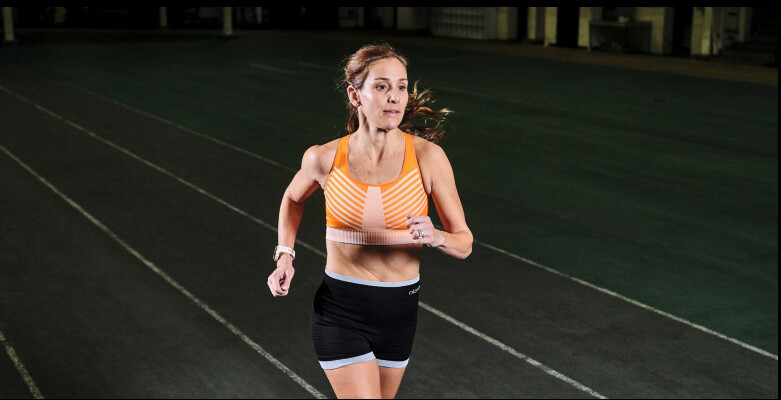
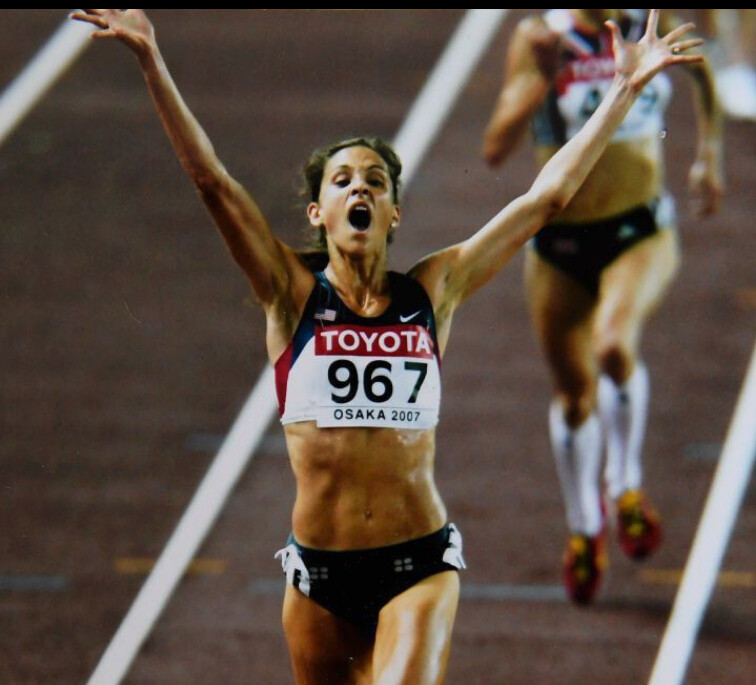
Goucher’s did, but she decided to reveal the information anyway—to be helpful to other athletes. “I just felt like it was very important to have those numbers in there,” she said in a phone call with Runner’s World. “How do you know what to ask for if you have no idea what anyone else is getting paid?” Here’s what we learned about Goucher’s pay and that of her husband, Adam Goucher, from the book:
In 2000, Adam Goucher was making a base payment of $50,000 from Fila, his first sponsor. In his first year, he ran so well that he earned $185,000 with bonuses. Goucher writes that the pay was a “welcome windfall that helped him pay off student loans.”
In 2001, Kara Goucher signed a four-year deal with Nike for $35,000 per year. This was her first professional contract after she graduated from the University of Colorado.
In 2003, Adam Goucher signed with Nike with a base pay of $90,000 per year. The Longest Race: Inside the Secret World of Abuse, Doping, and Deception on Nike's Elite Running TeamIn the fall of 2007, she ran the Great North Run, a half marathon in Newcastle, England. The race director paid her an appearance fee of $13,000 and made a deal with Goucher’s agent at the time, Peter Stubbs, to pay her $30,000 if she won. The money was “not far off the annual salary I had lived on for years,” Goucher wrote. She won the race.
In February 2008, Goucher signed a new Nike deal that paid her $325,000 per year for four years, with an option for Nike to extend to a fifth year. The contract included performance bonuses ranging from $10,000 to $500,000 for an Olympic gold medal. There were also reductions, which could cut her pay. She had to race 10 USATF-sanctioned events per year, and if she ended the year ranked lower than third in her event in the U.S. or out of the top 10 in the world, Nike could dock her pay.
Goucher told Runner’s World that, for her second shoe deal, she asked her agent to accept a commission of 8 percent for each year of the deal. The industry standard is 15 percent. He agreed. She continued to pay him 15 percent on her appearance fees and prize money. She also made sure that she was paid directly by Nike and then she paid her agent. (In most cases these days, the shoe company pays the agent, who then pays the athletes, because it’s less paperwork for the shoe company, having to deal with individual athletes.)
In November 2008, Goucher made her marathon debut at the New York City Marathon. She earned an appearance fee of $175,000. Nike also paid her bonuses paid on based on her place and time, but Goucher didn’t disclose those. She wrote, “One good marathon and I could easily walk away with more than my yearly contract salary.” In April 2009, Goucher ran the Boston Marathon, which, at the time, traditionally paid less in appearance fees to athletes than New York. (It is also the only major marathon in the U.S. in the spring.) Her appearance fee was $80,000, but when she learned another American, a male runner, was making $85,000, she asked the BAA to match that. Race organizers agreed.
In early 2010, Goucher learned she was pregnant with her son, Colt. Salazar confirmed with Nike executive John Capriotti on Goucher’s behalf that Goucher wouldn’t suffer a reduction in her pay as long as she remained “relevant,” she wrote. Her first of four quarterly payments from Nike arrived on time in January, as did her second in April. But in July, her accountant told her that her payment hadn’t arrived. Nor did her October payment.
This set off a lengthy battle between Goucher and Nike over money during her pregnancy. Ultimately, Nike docked her pay for six months and extended her contract to the end of 2013.
At the end of 2010, Adam Goucher’s contract with Nike ended.
In 2011, USA Track & Field (USATF) said it would be dropping the Gouchers’ health insurance, because her marathon ranking had dropped while she was pregnant. She appealed the decision, and the U.S. Olympic Committee stepped in and reinstated the health insurance. This rule has subsequently been changed—pregnant athletes can keep their health insurance—and today’s runners laud that change.
At the end of September 2011, Goucher left the Nike Oregon Project. She remained under contract with Nike and stayed in Portland, Oregon. Jerry Schumacher coached her, and she trained with Shalane Flanagan.
At the end of 2013, Goucher scrambled to race 10 times so Nike wouldn’t suspend her pay again. She ran a turkey trot to fulfill her obligations (and won a pie). Her contract with Nike ended at the end of the year, and she and Adam sold their house in Portland and moved to Boulder, Colorado.
In 2014, Goucher entertained contract offers from other companies, although Nike still had the option to match any offers. Saucony offered her $1 million total over 5 years, with bonuses and no reductions. Ultimately, she chose to sign with women’s clothing brand Oiselle for $20,000 per year, and a 2 percent stake in the company. She signed a separate deal for footwear with Skechers.
Today, Goucher encourages athletes to speak up and not be afraid to rock the boat, especially those who are lower-paid. She faults the secrecy around pay in track and field with creating difficult situations. It’s required to agree to the confidentiality clause in contracts in order to secure the deal, she said, and in some cases, that gives cover to companies that underpay talented athletes. The confidentiality clause “only harms the athlete and protects the brand,” she said. “Because then they can continue to pay you the least amount possible.”
Agent Hawi Keflezighi, who has never worked with Goucher, agreed with her assessment. “I think there are a lot of very bad contracts out there that footwear brands would probably be embarrassed to admit to,” he said. “There are some really bad deals out there that would probably create a backlash.”
(05/27/2023) ⚡AMP
by Runner’s World
Canfranc to host 2025 World Mountain and Trail Running Championships
The third edition of the World Mountain and Trail Running Championships (WMTRC) will take place in Canfranc-Pirineos, Spain, between 25-28 September 2025.
The awarding of the event to Canfranc in the Pyrenees follows a successful bid by the Government of Aragon, the Canfranc Town Council, the Huesca Provincial Council, the Higher Sports Council and the Royal Spanish Athletics Federation (RFEA) to event partners the International Association of Ultrarunners (IAU), the International Trail Running Association (ITRA) and the World Mountain Running Association (WMRA), alongside World Athletics.
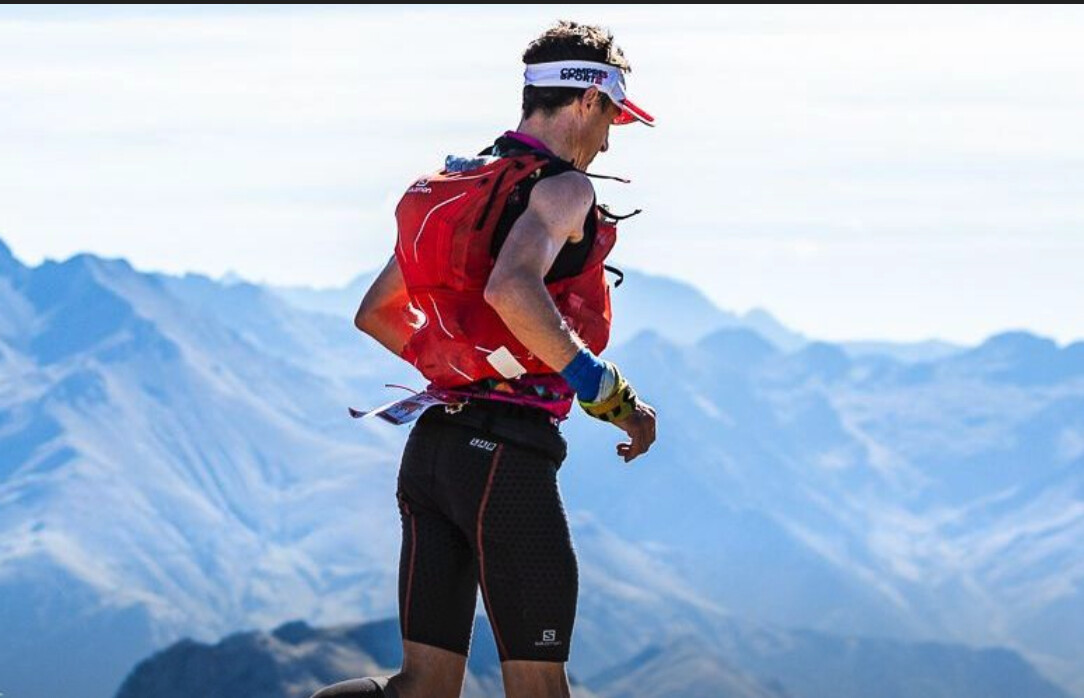
As well as the four-day elite race programme, the event will include a summer-long cultural and leisure festival to promote the Pyrenees Mountain Range.
Around 1700 athletes from 70 countries are expected to meet in September 2025 in Canfranc-Pirineos, which takes over from Innsbruck in Austria – host of the next edition of the championships, taking place this year between 6-10 June.
The race programme will feature uphill mountain running, classic up and down mountain running, short trail, long trail and U20 classic up and down mountain events.
“On behalf of the LOC, we are thrilled to be hosting the 2025 World Mountain and Trail Running Championships in our country and look forward to welcoming the best mountain and trail runners from all corners of the globe,” said RFEA President Raul Chapado.
“As a team, we express our deep satisfaction and appreciation to World Athletics and its partners WMRA, IAU and ITRA for choosing our beautiful region of Canfranc and the stunning Aragonese Pyrenees as the venue for this world-class event.
“The championships offer a unique opportunity for fans to witness the best mountain and trail runners from around the world compete in an unparalleled natural environment. We are excited to collaborate with the public administrations, sponsors and volunteers to leave a permanent legacy and create an unforgettable experience for all participants.”
The Aragonese proposal was backed by great experience in the organisation of sporting events such as the Canfranc-Canfranc, an annual event that features two Gold level Valsir Mountain Running World Cup races.
Canfranc-Pirineos offers a superb sporting environment, which will allow each athlete to perform to the best of their ability and create a complete competitive experience for athletes, teams, federations and international associations. That is proven by the list of world champions who have run and won at the Canfranc-Canfranc: from Kenya’s Joyce Muthoni Njeru to USA’s Grayson Murphy and Britain’s Charlotte Morgan, as well as Spain’s Oihana Kortazar, Manuel Merillas, Luis Alberto Hernando and Daniel Osanz.
In 2024, the Canfranc-Canfranc will host the World Masters Championships, before the region welcomes athletes for the World Mountain and Trail Running Championships in 2025.
Events due to take place as part of the associated festival include a series of awareness days, with emphasis on respectful use of the environment, and a natural running congress on the technical history and future convergence between the disciplines of athletics in nature: cross country, mountain running and trail running.
“It is our great pleasure to see the joint initiative to organise the World Mountain and Trail Running Championships continue its great momentum and we are excited that the third WMTRC will take place in Canfranc, Spain, in 2025 in the beautiful Pyrenees – a paradise for mountain and trail running,” said ITRA President Janet Ng, IAU President Nadeem Khan and WMRA President Tomo Sarf in a joint statement.
“It will be the second time that the championships have been held in Europe. The initial event took place in Chiang Mai, Thailand, and was a huge success. We are confident that the second edition in Innsbruck and Stubai will build on that in the coming days and that the third edition in Canfranc will reach even greater heights.
“We would like to thank the bidding committee, the Spanish athletics federation and World Athletics for all the cooperation and support during the application process to host the championships. The bidding committee worked extremely hard to prepare a compelling and impressive bid and we are all very much looking forward to being in Canfranc with the world’s best athletes in 2025.”
Innsbruck-Stubai entries confirmed
A total of 1122 athletes from 67 member federations are entered to compete in the next edition of the World Mountain and Trail Running Championships, taking place in Innsbruck-Stubai in Austria between 6-10 June.
That number includes 506 athletes entered into 574 women’s events and 616 athletes entered into 710 men’s events, with the programme featuring uphill mountain running, classic up and down mountain running, short trail and long trail. U20 men and women will compete in classic up and down mountain running.
USA’s Allie McLaughlin and Adam Peterman, Kenya’s Patrick Kipngeno, Norway’s Stian Angermund, Romania’s Denisa Dragomir and Blandine L'Hirondel of France were among the winners at the inaugural World Mountain and Trail Running Championships, held in Chiang Mai, Thailand, in November.
(05/27/2023) ⚡AMPby World Athletics
Four tips for clearing mental hurdles on tough trail runs
A tough trail run can be even more of a grind on the brain than it is on the body. While running offers a mental challenge whether you’re doing intervals on the track or sweating bullets on a treadmill, hitting the trail can present unique psychological hurdles, particularly for those who are new to this kind of running. Consider these tips for staying level-headed on uneven terrain during your next trail run.
1.- Build confidence through preparedness
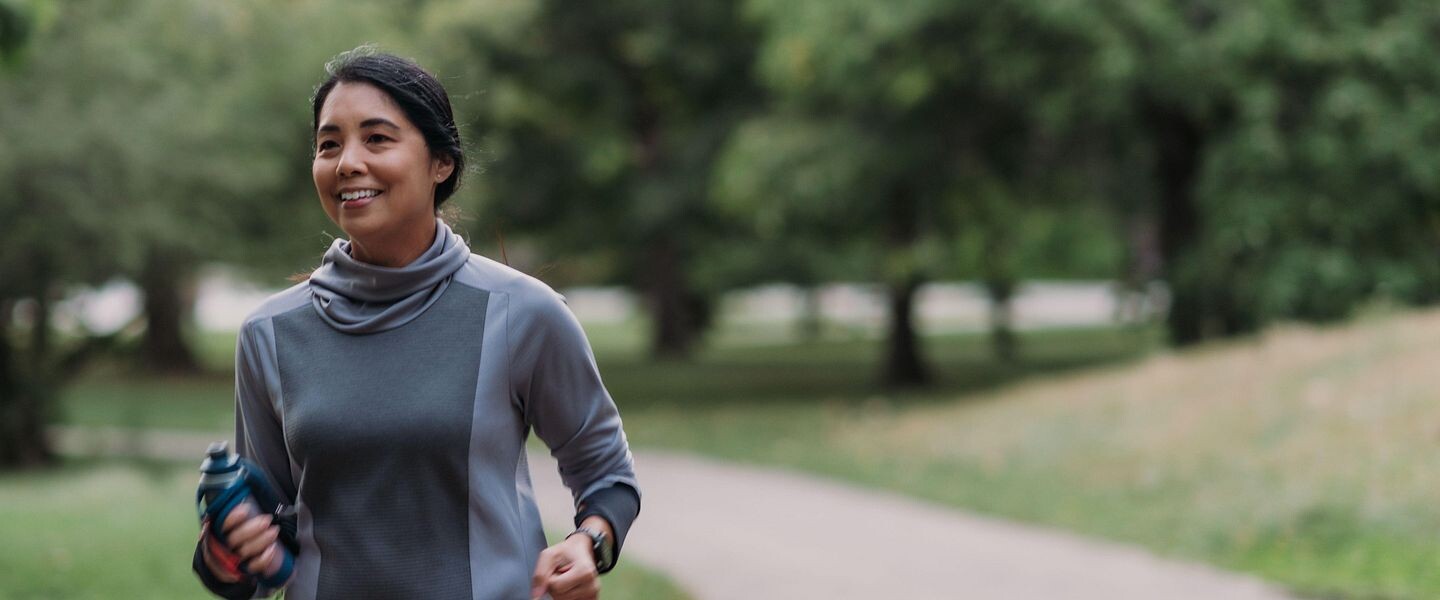
Getting in the right frame of mind for a challenging trail run starts well before you take your first steps. Reduce anxiety and doubt by going into your run confident and prepared. For trail runners, confidence begins with having the information you need to navigate your route safely. Familiarizing yourself with a section of the trail beforehand by checking an online map or following a well-worn route that others have already laid out using an app, such as Strava, can spare you from uncertainty and mental stress on your run.
For those runners who embrace the trails as a chance to explore and lose themselves in the woods, having a map—digital or otherwise—handy in the event of a very wrong turn can strike a good compromise between being adventurous and being prepared. If planning a run at a park or conservation area, it never hurts to check the site’s website before heading out for any trail closures or conditions that might otherwise throw you for a loop.
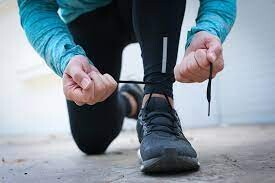
2.- Find a partner
Partnering up with a runner familiar with the area can help you conserve your mental strength in several ways. In addition to offering added peace of mind that you’ll be able to navigate the trails safely—and have someone there to help in case of a serious injury or other medical emergency—an experienced partner can offer insights that simply can’t be gleaned from a map. Getting a heads-up about easy-to-overlook tree roots, patches of poison ivy and other hidden hazards of the trail can keep your creeping uncertainty at bay. More than that, a buddy who knows the area can offer tips to maximize your effort and make your outing more fun. These might include sharing the most strategic areas for walking, upping the pace or taking in nutrition, as well as points of interest like the best places for snapping a photo or spotting wildlife. Those benefits aside, just engaging in conversation can help a tough trail run seem less taxing,
3.- Ask yourself helpful questions
Self-talk can promote a positive mindset on challenging runs, but this type of tool often isn’t used to its potential. Some runners may find comfort in repeating mantras like “I’m stronger than I think” or “pain is temporary,” while others may find the technique monotonous and mentally draining. Instead of limiting your self-talk to statements, try switching to questions. A helpful question to ask yourself when struggling on your run is: “What’s the easiest thing I can do right now that can help me feel more relaxed while staying at the same effort?” This kind of question not only asserts your ability to improve how you perceive your run, but also invites you to scan your body and see where you might be holding stress. Are you clenching your fists? Could your shoulders be looser, or your breathing just a bit slower or deeper? Exploring these questions can do wonders to shift your mental focus from discomfort to ease.
4.- Let your environment work for you
Similar to the way asking yourself the right questions can promote greater ease through mindfulness, being aware of your immediate environment can help keep you grounded mentally. One of the appeals of trail running is the sensory experience it can provide, not just through sights but through the sounds, smells and even the feel of your surroundings. Making a conscious effort to pay attention to all your senses on your run can help you cut through negative mental chatter and make your experience richer and more rewarding.
(05/26/2023) ⚡AMP
by Paul Baswick
Deputy Governor of Edo State, Comrade Philip Shaibu flags off 9th Okpekpe 10km road race
Dare Esan, the media and activation director for the historic, first 10km road race in Nigeria says Shaibu will play a dual role at the race.
“His Excellency the Deputy Governor of Edo State, Comrade Philip Shaibu will participate in the celebrity race,’ said Esan.
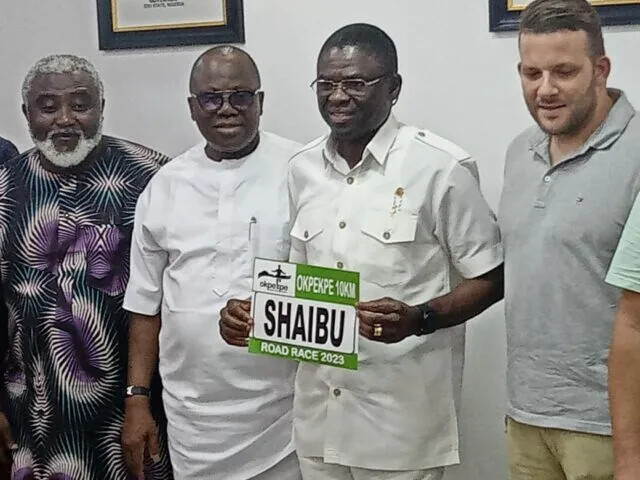
Shaibu was presented with his bib in a colourful ceremony on Wednesday at an impressive ceremony in Benin after he registered via online for the race.
“The deputy governor filled his form via the online platform like all others because he is still an active sportsman who has taken Edo state sports to greater heights.
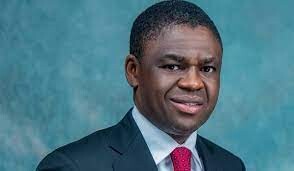
“All eyes will be on the 53 years old to see if he will break his lifetime best in the 10km event,” added Esan
Meanwhile, Dan Oil and Petrochemicals have joined the list of corporate partners for the race.
One of the leading indigenous oil and gas companies, Dan Oil has always been associated with the race.
“We are delighted that one of the leading indigenous oil and gas companies in Nigeria whose services are tailored to meet and deliver the energy demands needed to move equipment and machinery needed to drive the Nigerian economy is partnering with us again to deliver another world class event,’ said Esan.
The media and activation director is thrilled with the way the race has been receiving support for corporate Nigeria and believes getting the Platinum label the Deputy Governor spoke about on Wednesday will be released sooner rather than later.
“We are the first road race in Nigeria to get a World Athletics label status and this was in 2015. We are also the first to have its race course measured and the first 10km race in Nigeria to be granted a gold label status.’
The ninth edition of the race will be held this Saturday in Okpekpe, Etsako East Local Government area of Edo state.
(05/26/2023) ⚡AMPby Dare Kuti
Okpekpe Road Race 10km
The Okpekpe Road Race invites world-class runners from around the world in a tradition tointermix local recreational and up and coming runnerswith the best of the best. Invitation extended to all CAA Member Federations, all military and para-military have sent in entries. Okpekpe is more than just a collection of fertilefarmlands or a window into the past, it is a...
more...Kiptoo, Masai seeking big performances at Bolder Boulder
It's time to be bold for NAZ Elite.
The running team is sending Wesley Kiptoo and Alex Masai to the BOLDERBoulder 10K road race in Colorado set for Monday with the hopes of making some noise on the men's side of the prestigious event after producing some solid outings on the women's side the last few years.
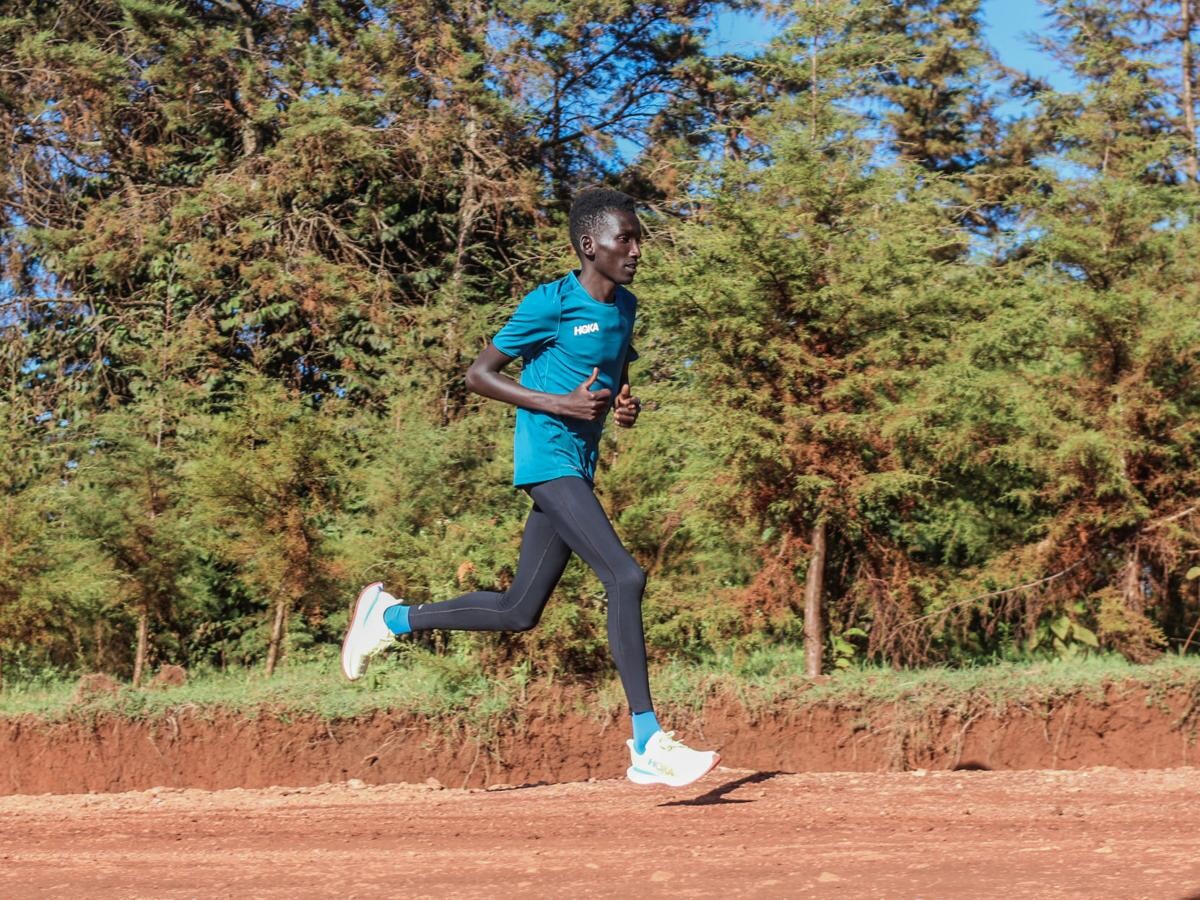
Last year's BOLDERBoulder champion, in fact, was NAZ Elite's Aliphine Tuliamuk, who finished in third place at the 2019 edition of the race and was runner-up in 2018.
“We would love to win on the men’s side, but it’s really, really hard," NAZ Elite Executive Director Ben Rosario said Wednesday.
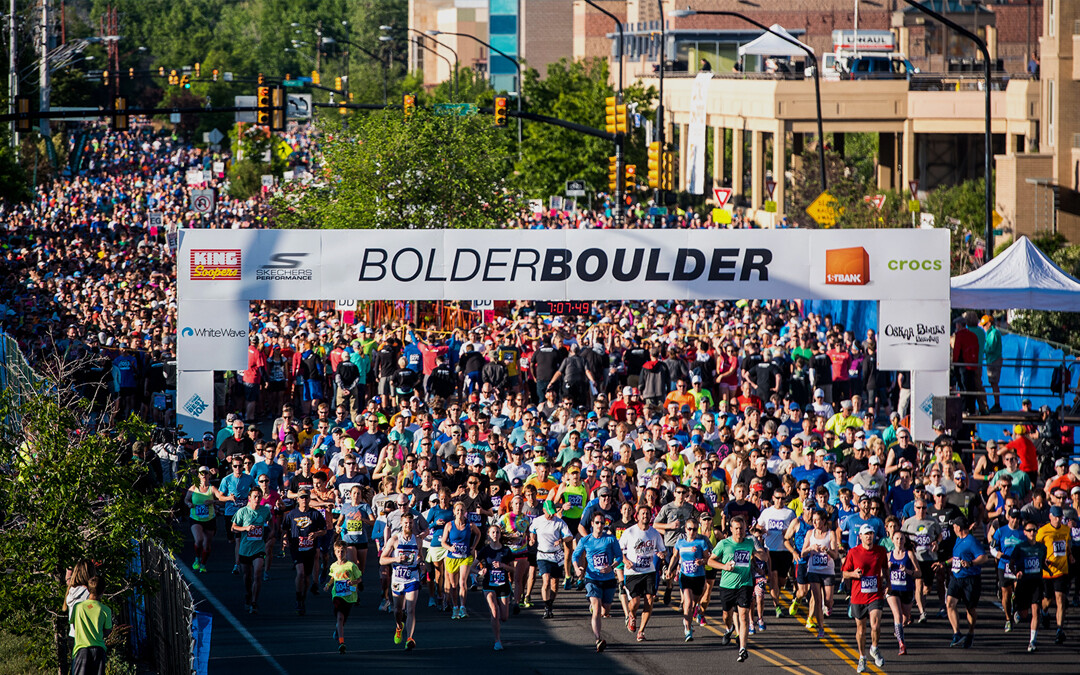
Only former member Scott Fauble has produced a top-10 finish in the men's race for NAZ Elite, taking sixth in 29:54 in 2016. This will be the eighth year that NAZ Elite has sent at least one athlete to the event since the team started racing in 2014.
The nature of the team-focused event typically leads to a loaded pack running up front, according to Rosario.
“When you have got three athletes from Kenya, three from Ethiopia, three from the U.S., et cetera, et cetera -- and they are all distance-running powerhouses -- it’s going to be hard to win the race because all these teams have somebody who could win.”
Rosario thinks that altitude also has something to do with how athletes perform at the race, which starts at 5,275 feet of elevation, peaks at 5,377 and ends at around 5,360 feet.
Fauble was born at altitude in Colorado, as was Tuliamuk, who is a Kenyan-born American. Both Kiptoo and Masai were born and raised in Kenya at an elevation higher than Flagstaff.
“It’s not a guarantee that they will run well, but I think they have a better chance to run well and race well at altitude than an athlete who was born and raised at sea level," Rosario said.
And both Kiptoo and Masai are in shape and coming off good performances.
Kiptoo won his last time out, repeating as the champion at the Pittsburgh Half Marathon on May 7. Meanwhile, Masai placed second in a 10,000-meter track event earlier this month and was fourth at the BAA 5K road race in mid-April with a time of 13:27.
“He’s look quite good in training over the last month," Rosario said of Masai, "and I would just say that he’s ready to go.”
Kiptoo normally draws energy from races that feature such strong talent up front, as the second-year pro likes competing with athletes who can produce the sort of times and results he hopes as his career unfolds.
“He’s certainly excited about the race. He’s shown so far in his young career that he enjoys these big road races, and when he is fresh and ready to go, he runs very, very well," Rosario said.
Before Monday's BOLDERBoulder, NAZ Elite will have two athletes in Krissy Gear and Katie Wasserman at Friday's USATF Distance Classic 1500m on the UCLA campus.
Rosario said there will be 17 athletes packed on the track for the "regular-season" race that will provided a chance for Wasserman to get some racing rust off her legs after a pause in racing due to illness and Gear to keep the momentum going and experience building.
Wasserman has not raced since mid-February at the USATF Indoor Championships, where she produced a 12th-place result in the 3000m.
(05/26/2023) ⚡AMPby Mike Hartman
BOLDER BOULDER
In 1979 we dreamt of attracting a few hundred of our friends to race though the streets of Boulder, Colorado to celebrate Memorial Day with our families. Fast forward almost 40 years and the Bolder BOULDER has grown to become one of the largest and most highly acclaimed 10K’s in the world. Almost 1.2 million runners, joggers, walkers and spectators...
more...Florence Jebet Kiplagat is set to run in Gold Coast after four year break
Double Berlin Marathon champion Florence Jebet Kiplagat returns to action in July after four years out of competition due to an injury and prolonged illness.
The former World Half Marathon record holder will compete at the Gold Coast Marathon on July 2 and she can't wait.
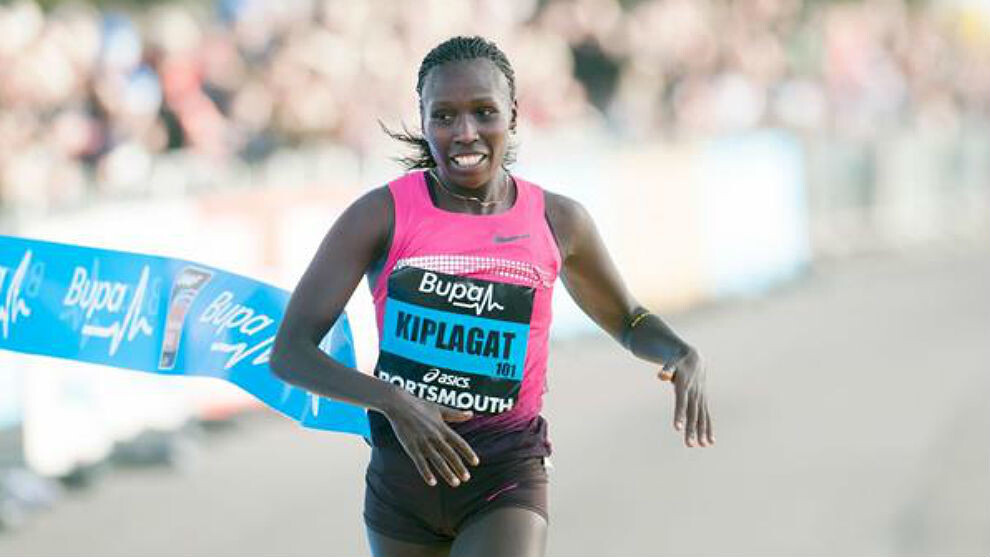
“It has been long since I completed and my return into action after four years in the cold is a sign that God loves me. I want my return to be better than before,” said Kiplagat.
Kiplagat was initially entered to compete at the Stockholm Marathon on June 2 but changed her plans after failing to secure vital travel documents on time.
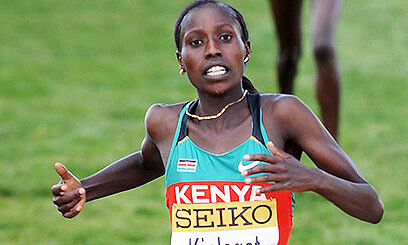
She will be hoping to lower the course record currently held by Lindsay Flanagan at 2:24.43. Kiplagat’s best time stands at 2:19.44 set in 2011 at the Berlin Marathon on her second victory.
“I entered the Stockholm Marathon late and failed to secure a visa. That made me change my mind to compete at the Gold Coast Marathon in Australia,” she said.
The Iten-based runner had three incidents that kept her from running. First, the nagging injury, followed by the coronavirus then sickness. She says after the injury in 2019, she was to return to action but the world was hit by the Coronavirus pandemic. "When the pandemic was over and planning to return, I fell sick," she explained.
The mother of two has sweet memories of her World Half Marathon record feat, which she lowered twice; posting a new high of 1:05:12 in 2014 and 1:05:09 in 2015 during the Barcelona Half Marathon.
Under the tutelage of Italian marathon coach Renato Canova, Kiplagat says she is on top of her game and optimistic her performance in Gold Coast will be good despite the long period on the sidelines.
“Right now, I am coaching myself because my coach is currently unwell. However, he has been sending me a training programme, which I follow religiously in a bid to make a successful return," she says.
She is well remembered to have ended Kenya’s 16-year-old gold drought at the 2009 World Cross-Country Championships in Amman, Jordan before winning the World Half Marathon title in Nanning, China in 2011. Kiplagat is a former footballer, who played at the national school games.
(05/26/2023) ⚡AMPby Emmanuel Sabuni
Gold Coast Airport Marathon
The Gold Coast Airport Marathon is held annually in one of the most popular holiday destinations in the world. It is Australia’s premier road race and was the first marathon in the country to hold an International Association of Athletics Federations (IAAF) Road Race Gold Label. The event is held on the first weekend of July and attracts more than...
more...Four reasons all runners should consider racing an 800m
Alright marathoners, listen up. The 800m is widely regarded as one of the toughest distances to race. It demands a combination of speed, endurance and mental toughness. Without both physical and mental strength, it can be an incredibly challenging experience. While many runners lean towards longer distances like marathons or half marathons, the 800m offers a valuable learning experience that can benefit athletes from various backgrounds, from sprinters to distance runners.
Here are four reasons why every runner should consider racing an 800m.
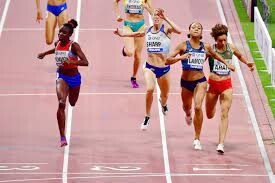
1.- Speed development
The 800m is a unique distance that combines speed and endurance. It requires a perfect balance of raw speed, aerobic capacity and mental fortitude. By incorporating 800m training into your regimen, you will quickly develop both your speed and endurance. The race will also challenge your body to perform at a high intensity for a relatively short duration, tapping into your VO2 max, which can benefit your speed over longer distances.
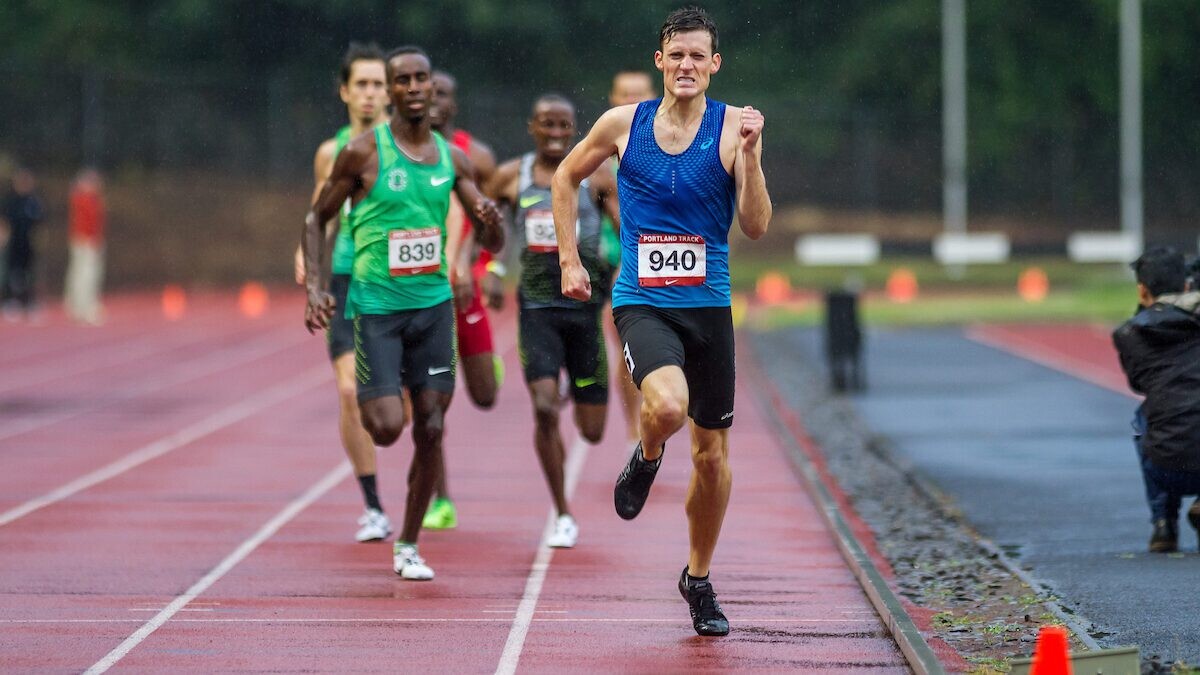
2.- Improve your mental toughness
The 800m is not only a test of your physical strength but also a great way to improve your mental resilience. The race requires strategic decision-making and split-second adjustments, from pacing strategies to positioning on the track. The distance demands mental toughness and adaptability, especially when your body is tired. By racing the 800m, runners can develop a resilient mindset, sharpen their race instincts, and ultimately learn to embrace extreme discomfort.
3.- It’s versatile
By adding the 800m to your race repertoire, you increase your versatility as an athlete. Engaging in different race distances is essential for becoming a well-rounded runner, and the demands of the 800m can complement your training for longer distances, such as the marathon or half-marathon. The anaerobic conditioning and muscle movements required in the 800m can improve your overall running economy and enhance your efficiency to sustain faster speeds for longer.
4.- Untapped potential
Racing an 800m can often uncover hidden potential and help you push your goals or boundaries further as a runner. Even if you don’t think you’re good at it, the mental side of the 800m can lead to surprising breakthroughs in performance. Who knows? You may discover you have untapped speed and determination that can positively impact your upcoming marathon training.
(05/25/2023) ⚡AMPby Running Magazine
Paul Poce, legendary Canadian running coach, dies at 98
On Monday, May 22, the Toronto and Canadian running community lost a historic coach with the passing of Paul Poce. In 1954, Poce founded the well-known Toronto Olympic Club, which still stands as the city’s oldest running club.
Born in Toronto in 1924, Poce began running after participating in boxing during his teens, believing that running was a better sport. His athletic career started under legendary coach Lloyd Percival, who coached him while training with the Toronto Red Devils.
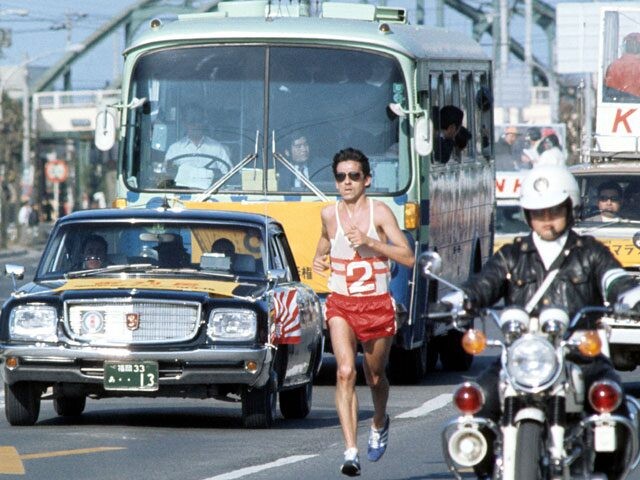
Poce went on to coach 13 Olympians, including former Canadian marathon record holder Jerome Drayton; and held the role of head athletics coach for Team Canada at the 1992 Olympic Games in Barcelona and distance coach for the 1972 Olympic Games in Munich and the 1976 Olympic Games in Montreal.
Under Poce, Drayton set a Canadian marathon record of 2:10:09 in 1975, which stood for over 40 years until Cam Levins broke the record in 2018. He also set a world record in the 1970s in the 10-mile race and was sixth in the marathon at the 1976 Olympics. Before Drayton’s accolades, Poce recruited him into distance running and the Toronto Olympic Club.
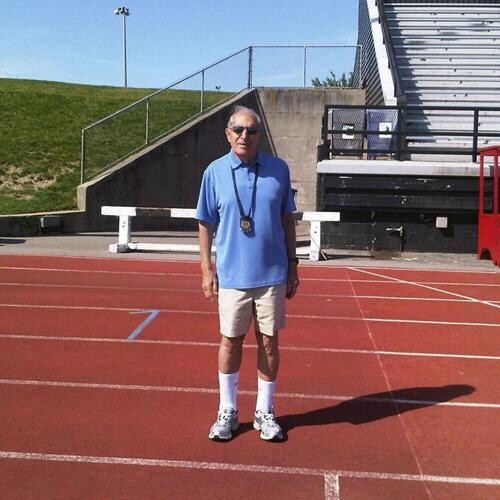
Poce coached with Toronto Olympic Club into his 90s and was inducted into the Canadian Road Runners Hall of Fame in 1991 and the Canadian Olympic Hall of Fame in 2010.
“Poce had a long and full life, living into his late nineties, and was coaching and mentoring right up until the end. I’m sure many will agree that he was universally respected and admired within our Canadian Running community and beyond. He was loved by so many, as he gave so much to everyone within his scope of influence.” – Harvey Mitro (sub-four-minute miler, former national team runner and author).
“I was deeply saddened to learn of the passing of Paul Poce, not only a former coach of mine, but also a true legend in the world of coaching. His remarkable 60-year tenure with the Toronto Olympic Club is a testament to his unwavering dedication and passion for the sport. I have no doubt that his impact will endure through the countless athletes whose lives he has influenced, both on and off the field of play. Paul’s commitment to his craft, along with his ability to inspire and mentor athletes, will forever be remembered. He was a truly exceptional coach and an extraordinary individual. His legacy will continue to shine brightly, serving as a guiding light for generations to come.” – Paul Osland (Athletics Ontario CEO, former national team member and Olympian)
“In a testament to how good a Paul was, when I joined the TOC junior program to coach in 1975, TOC runners owned all of the senior men’s Canadian records from the 800m to the marathon. Although I was never formally coached by Paul, he was omnipresent if not physically, but in spirit. When you were in his presence, he always was there with a quick pick-you-up quip after a bad race and just as quick with the praise when a good race was run or a PB set. Thank you Paul for all you did for running and Track & Field in Canada. RIP!” – Jerry Kooymans (Canadian Masters Athletics Hall of Fame Member and Former Toronto Olympic Club coach).
(05/25/2023) ⚡AMPby Marley Dickinson
Boston champions and U.S. record holders return for 2023 B.A.A. 10K
The Boston Athletic Association (B.A.A.) has announced professional fields for the 2023 B.A.A. 10K presented by Brigham and Women’s Hospital, to be run on Sunday, June 25 through Back Bay. Among the challengers set to compete are Boston Marathon champions Hellen Obiri (2023) and Benson Kipruto (2021), defending B.A.A. 10K winner Leonard Korir, as well as national record holder Emily Sisson. Complete field lists can be found below.
The B.A.A. 10K presented by Brigham and Women’s Hospital will be the second event of the 2023 B.A.A. Distance Medley, a year-long series featuring the B.A.A. 5K (April), B.A.A. 10K (June), and B.A.A. Half Marathon (November). Registration remains open with limited spots remaining.
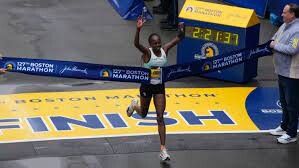
“Many fan favorites and global stars return to Boston for this year’s B.A.A. 10K, including Boston Marathoners, American record holders, Olympians and Paralympians,” said Mary Kate Shea, Director of Professional Athletes for the B.A.A. “The B.A.A. 10K course is flat, fast, and –most importantly—fun for our top contenders. We look forward to kicking off summer with a memorable competition on June 25.”
Obiri, a two-time Olympic silver medalist, won April’s Boston Marathon in her Boston debut, and will return to the roads hoping to extend her winning streak. Her 30:15 personal best at 10K is fourth fastest among the field, only trailing Sheila Chepkirui (Kenya, 29:46), Vicoty Chepngeno (Kenya, 30:14), and Joan Chelimo Melly (Romania, 30:14). Chelimo Melly won the B.A.A. 10K in 2017, while Chepkirui placed fourth at last month’s TCS London Marathon.
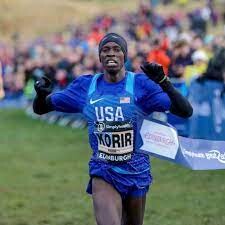
Korir, the reigning B.A.A. 10K champion, is fresh off a win at the USA 25K National Championships on May 13, and looks to become the fourth man to win back-to-back B.A.A. 10Ks. Sisson, the current American record holder in the marathon and half marathon also will return, joined by Olympic Marathon bronze medalist and former Boston resident Molly Seidel.
Among the international field squaring off are Boston Marathon winners Kipruto (2021), Edna Kiplagat (2017 and 2021), and Caroline Rotich (2015), all of Kenya. Gabriel Geay (Tanzania) will return after a runner-up finish at April’s Boston Marathon, and previously won the B.A.A. 10K in 2018.
Geoffrey Koech, winner of last year’s B.A.A. Half Marathon, will compete, as will Callum Hawkins of Great Britain, twice the fourth-place finisher at the World Championships marathon, plus decorated road racers Edward Cheserek (Kenya), a 17-time NCAA champion, and Zouhair Talbi (Morocco), most recently fifth at the Boston Marathon. From Team B.A.A. are Matt McDonald, Paul Hogan, Jonas Hampton, and Eric Hamer.
Mary Ngugi of Kenya, a two-time B.A.A. 10K winner and two-time Boston Marathon podium finisher, will aim for title number three, as fellow Kenyan Sharon Lokedi, the 2022 TCS New York City Marathon champion, looks for her first B.A.A. event victory. Team B.A.A.’s Annie Rodenfels, third place and top American at the 2023 B.A.A. 5K, will make her debut at the 10K distance leading a full contingent of Boston-based B.A.A. teammates including Bethany Hasz, Megan Hasz, and Jenna Magness.
Hermin Garic, the 2022 B.A.A. 10K winner, returns in the men’s wheelchair division, while Yen Hoang, third place at the 2021 Boston Marathon, leads the women’s wheelchair division. Brian Reynolds and Liz Willis will compete in the T61-64 (lower-limb impairment) division having already earned podium placings at the Boston Marathon in April. Reynolds, a Massachusetts native, set a world best 1:25:46 at the 2022 B.A.A. Half Marathon. Local Para athlete and last year’s T61-64 women’s winner, Adrianne Haslet, will also compete. Additional 2023 Boston Marathon Para division winners Andrew Thorson (T11-T13 vision impairment) and Atsbha Gebre (T45/T46 upper-limb impairment) are racing. The B.A.A. 10K presented by Brigham and Women’s Hospital has been certified by World Para Athletics as a record-eligible competition, paving the way for Para Athletes to set world and national records this year.
Media members interested in covering the B.A.A. 10K, presented by Brigham and Women’s Hospital, may apply for credentials here.
Registration for the 2023 B.A.A. 10K presented by Brigham and Women’s Hospital, is currently open through the B.A.A.’s online platform Athletes’ Village. All participants who enter will receive an adidas participant shirt, unique bib number, and finisher medal. Additional participant information can be found on baa.org. The race will start at 8:00 a.m. ET on Sunday, June 25 on Charles Street adjacent to Boston Common and Boston Public Garden.
Brigham and Women's Hospital, the B.A.A. 10K’s presenting sponsor and exclusive fundraising partner, will again field a team of fundraising runners. Since 2016, more than 2,100 runners and 180 teams have raised $1.2 million to fuel life-giving breakthroughs at Brigham and Women’s Hospital. Learn more and register at www.runbwh.org/10k.
(05/25/2023) ⚡AMPB.A.A. 10K
The 6.2-mile course is a scenic tour through Boston's Back Bay. Notable neighborhoods and attractions include the legendary Bull and Finch Pub, after which the television series "Cheers" was developed, the campus of Boston University, and trendy Kenmore Square. ...
more...Julie-Anne Staehli: Run Your Way
Julie-Anne Staehli’s passion for running has propelled the 29-year-old Canadian track star a long way since her introduction to cross-country racing at age 10.
In her international debut for Canada at the 2014 U23 NACAC championships, the pride of Lucknow, Ont., took bronze in the 3,000m steeplechase and claimed a silver and two bronze medals in the 3,000m steeplechase at the Canadian championships between 2013 and 2015. In 2020, she recorded the second-fastest indoor 3,000m by a Canadian woman, breaking the nine-minute mark for the first time.In 2021, she realized her dream of representing Canada after qualifying for the Tokyo Games with a time of 14:57.50.
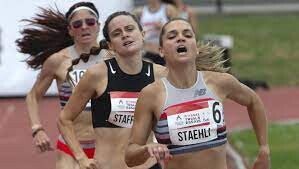
Staehli, who is now training stateside as a member of the New Balance Boston team in preparation for the 2023 World Athletics Championships in Budapest in August, says that while running continues to present exciting new professional opportunities, that is only one aspect of what the sport means to her.“Honestly, running has been everything to me,” says Staehli.
“There’s the competition side–the focus on running fast and the competition, and all of that is exciting and fun. But it goes beyond that. Running has shaped my world in every possible way.”

One of the greatest aspects of running, Staehli says, is its power to connect, such as connecting her to her small-town roots. “I would have to say, my favourite place to run is back in my hometown of Lucknow. Anytime I go back home for the holidays, I always love running on those same roads, and just reflecting on the time I spent there growing up.”
Running on those familiar roads, she says, also helps keep her connected to the core values that running imparts. “With everything else that has gone on in life, running has always been the one constant,” says Staehli. “As an athlete, you get to go to new places and work with new people, and often, the places you go and the teams you make are temporary. But what stays with you, I think, are the values you get from the sport, in terms of teamwork and the importance of living a healthy, active lifestyle.”
Perhaps most vital, says Staehli, is running’s power to connect people to one another. She says that running has the ability to bring together people of all backgrounds and abilities from all over the world, and notes how important it is to share that message of inclusivity with the broader running community. Crucial to spreading that message, she says, is dispelling lingering stereotypes about running that may be keeping potential newcomers from lacing up a pair of running shoes for the first time.
“If there was one myth about runners or running that I would like to help dispel, it would be that you have to be fast,” she says. “Speed is just a measurement, and I think a lot of people might be shying away from running because they think they’re not fast enough. But that’s just not true. The truth is, you don’t have to be fast to be a great runner.”
That point was brought home for Staehli recently as she watched participants cross the finish line of the Boston Marathon. “Watching the Boston Marathon this weekend was impressive. It was almost more impressive to see the runners who might be considered ‘average’ cross the finish line. For these runners, their effort is no less than the elites trying to hit their pace.
“Time is irrelevant. I hope we can continue to move away from putting such a focus on time, in terms of the wider running community, and instead look at the people behind the performances.”
She adds that running offers many opportunities for connection beyond running events themselves. One that Staehli is particularly proud to be a part of is the ReRUN Shoe Project, an initiative Staehli co-founded in June 2016 to collect and donate lightly used running shoes to local communities in five cities across Canada.
“It’s another example of building these connections, and it keeps me pretty busy outside of training.”
(05/25/2023) ⚡AMPby Paul Baswick
127th Boston Marathon Raised $40.2 Million For Non-Profit Organizations
The Boston Athletic Association (B.A.A.) has announced that $40.2 million was raised for more than 200 non-profit organizations through this year’s 127th Boston Marathon, held on Patriots’ Day, Monday, April 17.
The fundraising total marks the highest amount raised surrounding a single Boston Marathon, breaking the previous mark of $38.7 million set in 2019. Combined, the B.A.A. Official Charity Program and John Hancock Non-Profit Program have raised $500.2 million since the charity program’s inception at the 1989 Boston Marathon.
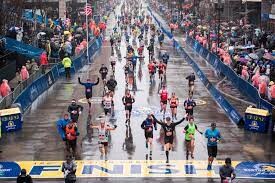
“Philanthropic and fundraising efforts surrounding this year’s Boston Marathon hit record highs in 2023, a testament to the hard work and dedication of all participants running for greater causes,” said Nicole Juri, B.A.A. Director of Development. “More than 200 charities and non-profit organizations will benefit thanks to the efforts of our fundraising participants.”
The $40.2 million raised this year includes donations raised through the B.A.A.’s Official Charity Program, the John Hancock Non-Profit Program, and from other qualified and invitational runners. 2,537 participants ran as fundraising athletes at the 127th Boston Marathon. Further details can be found on the Boston Marathon’s fundraising page through GivenGain.
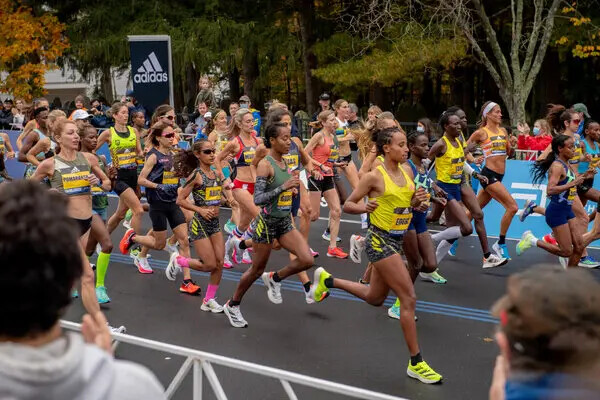
“We are proud to cap our 38-year principal sponsorship by setting a new fundraising milestone this year,” said Tom Crohan, VP & Counsel, Global Head of Community Investment at John Hancock and Manulife. “Thank you to every runner, volunteer, donor, and non-profit partner who contributed to these record-setting results. It’s an honor to have helped build a legacy of impact, and we are proud of our collective efforts to help make lives better for those served by our community partners.”
Leading up to Boston Marathon race day, the B.A.A. and John Hancock hosted a variety of fundraising giving initiatives to support athletes running for causes, including Boston Marathon Giving Day on March 15. Through Boston Marathon Giving Day, $1,041,766 in donations was raised over a 24-hour period.
The B.A.A. has annually provided non-profits associated with the B.A.A. Official Charity Program and John Hancock Non-Profit Program with invitational entries into the Boston Marathon. Each non-profit organization directly manages its own application process, athlete selection, and fundraising minimums, deadlines, and requirements.
The B.A.A. will notify non-profit organizations who have been selected to participate in the 128th Boston Marathon as part of the B.A.A. Official Charity Program this Summer. More information can be found on the B.A.A. Official Charity Program.
The next B.A.A. event is the B.A.A. 10K presented by Brigham and Women’s Hospital on Sunday, June 25. Registration is currently open.
(05/24/2023) ⚡AMPBoston Marathon
Among the nation’s oldest athletic clubs, the B.A.A. was established in 1887, and, in 1896, more than half of the U.S. Olympic Team at the first modern games was composed of B.A.A. club members. The Olympic Games provided the inspiration for the first Boston Marathon, which culminated the B.A.A. Games on April 19, 1897. John J. McDermott emerged from a...
more...Ottawa mayor Mark Sutcliffe to run Tartan Ottawa International Marathon
In his first year in office, Ottawa mayor Mark Sutcliffe looks to become the city’s first sitting mayor to run the Tartan Ottawa International Marathon Sunday.
Sutcliffe will be one of 3,000 participants in this year’s marathon, running through Ottawa and Gatineau, finishing on the banks of the historic Rideau Canal. The marathon will be Sutcliffe’s 39th since 2004. The 54-year-old is a two-time Boston Marathon finisher and one of the founders of the Canadian running publication iRun Magazine in 2008. He also sits on the board of Ottawa Race Weekend.
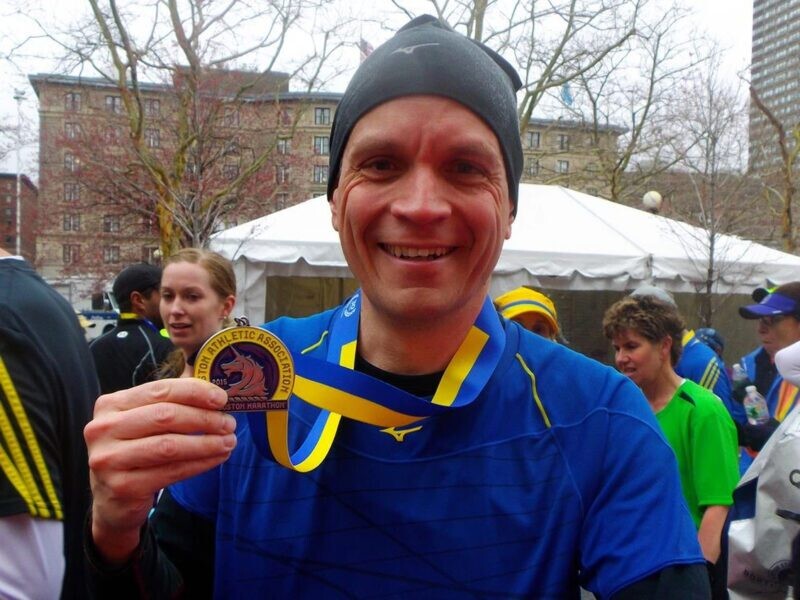
This year, Sutcliffe has chosen to leverage his marathon to raise funds for Salus, a non-profit organization providing supportive housing in the Ottawa region. In February, the organization was devastated by a flood caused by a fire sprinkler that burst, flooding the building and forcing the 40 tenants who lived there, many of whom deal with serious mental health issues, to find alternative housing.
Sutcliffe set a fundraising goal of $20,000, and has already raised upwards of $12,000.
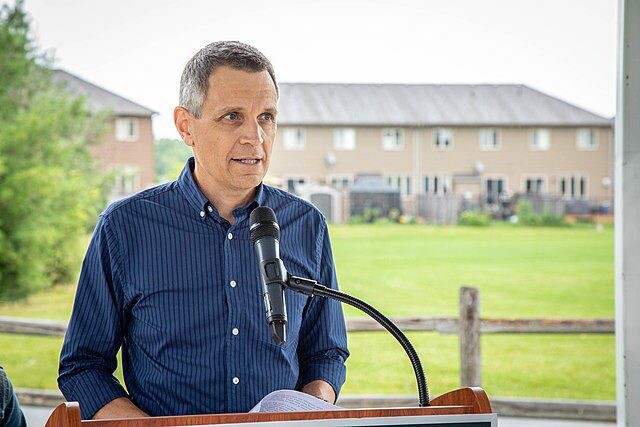
“I toured the Salus building earlier this year, and it was devastating to see the aftermath,” Sutcliffe told the Ottawa Citizen. “Affordable and supportive housing is a big priority for us this term of council, and Salus is a great organization that does amazing work.”
In the interview with the Ottawa Citizen, Sutcliffe said he’s run every single day as mayor of Ottawa, and generally logs 80 to 90 kilometers a week.
Sutcliffe is also the author of three books about running: Why I Run, Canada’s Magnificent Marathon, and Long Road to Boston.
Long Road to Boston is about his journey to the 2015 Boston Marathon after trying to qualify for many years. He has run Boston twice, with a 3:42:37 in 2015 and 3:49:37 in the 2018 rainstorm. Sutcliffe has also completed marathons in Chicago, London and New York.
Sutcliffe is one of 30,000 runners who will be a part of Tamarack Ottawa Race Weekend. Festivities will kick off on Saturday afternoon with the 2K, 5K, and Canadian Championship 10K, followed by the half-marathon and Tartan Ottawa International Marathon on Sunday morning.
(05/24/2023) ⚡AMP
by Marley Dickinson
Ottawa Marathon
As one of two IAAF Gold Label marathon events in Canada, the race attracts Canada’s largest marathon field (7,000 participants) as well as a world-class contingent of elite athletes every year. Featuring the beautiful scenery of Canada’s capital, the top-notch organization of an IAAF event, the atmosphere of hundreds of thousands of spectators, and a fast course perfect both...
more...Commonwealth Games 4x400m relay bronze medalist Wiseman is focusing on Budapest
Wiseman Were has reaffirmed his intention to lead the country to unparalleled success at the World Championships in Budapest, Hungary.
Were stated in an exclusive interview on Monday that he had stepped up training to place on the podium in the premier yearly global spectacle scheduled for August.
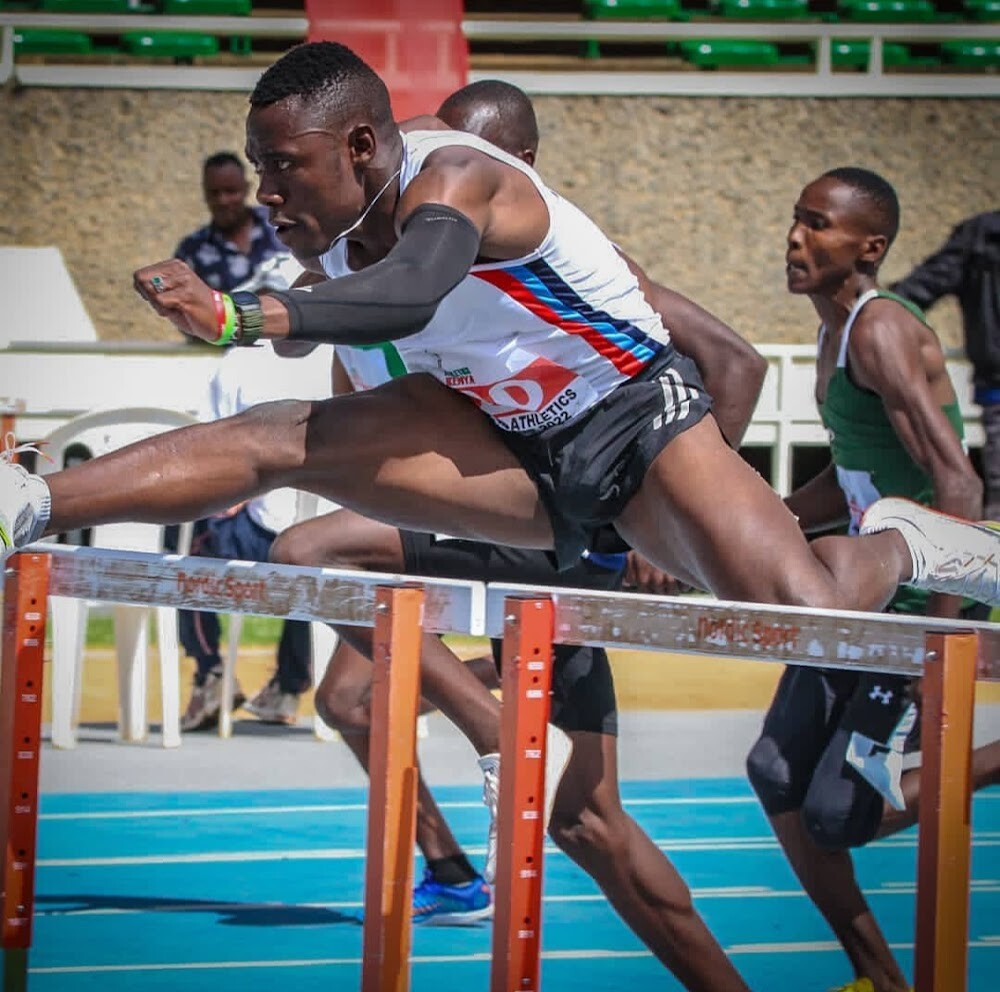
"August isn't that far away, so I want to keep putting forth my best effort in the meanwhile. I regret not being able to go to Oregon last year," Were said.
However, first things first and must work tirelessly to earn the qualification mark that will secure him a spot on the plane to Budapest.
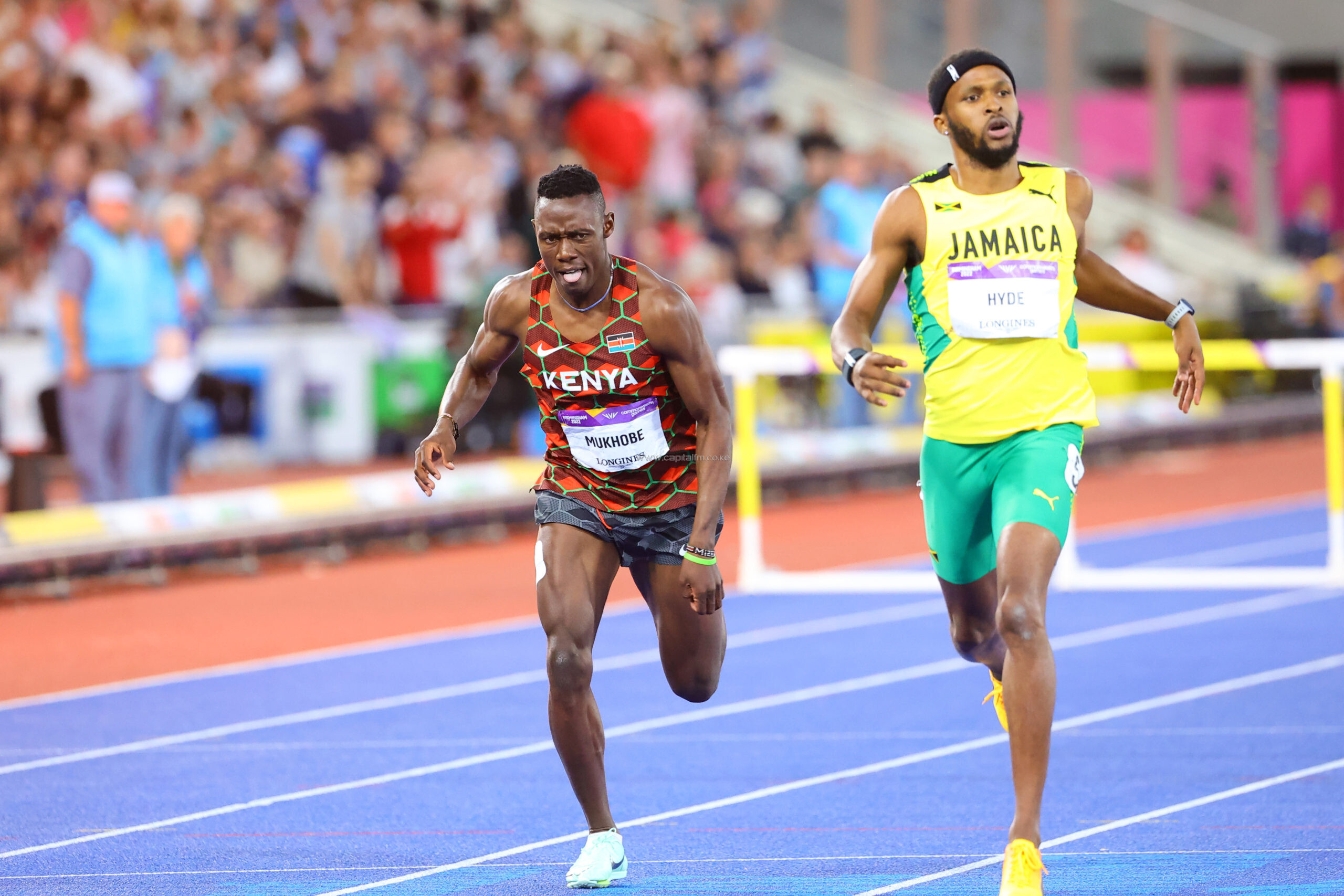
"The entry standard for the 400m hurdles at the 2023 World Athletics Championships is 48.70s, and I'm still 1.09 seconds off the mark."
Already boasting an impressive personal best of 49.09, Were's best time this season is the 49.23 seconds he posted in Pretoria on April 12 on his way to victory during the Athletics South Africa (ASA) Grand Prix.
He ran 49.29 seconds to wrap up in third place at the Botswana Grand Prix and finished third in Johannesburg with a time of 49.78.
His most recent performance was at the Kip Keino Classic on May 13 where he clocked a meet record of 49.59 seconds to bag the men’s 400m hurdles race in yet another mesmerising on-track show of dexterity.
"That was a sweet victory. Winning at home is such a good thing. I'm happy with the outcome I recorded at the Kip Keino Classic," Were said.
Were stated that he will continue to compete in more races in the coming days to meet the championship threshold.
"I'm still waiting to hear from my manager which races I'll be running in the coming days as I eye the qualification mark for Budapest," Were said.
The 25-year-old effervescent sprinter underlined the necessity of tight collaboration between all parties, stating that achieving the ideal heights in sprints necessitates a concerted effort from everyone associated with the sport.
"It's not just about how hard an athlete works. To lead us to such heights, we need every bit of assistance from our coaches, the physios, the local athletics governing body, government, and supporters," Were stated.
Were believes he has set the platform for a slew of legendary performances after kicking off his season with spectacular victories in South Africa and Kenya.
He believes the results gave him the confidence he needs to advance his career.
"I had a commendable performance; my speed and skill were superb. I intend to replicate my performance and bring about the desired results," Were said.
"The ASA Grand Prix and Kip Keino Classic races offered me some crucial lessons. Competing against some of the best sprinters in the world and winning while posting good times boosted my self-belief."
(05/24/2023) ⚡AMPby Tony Mballa
World Athletics Championships Budapest 23
From August 19-27, 2023, Budapest will host the world's third largest sporting event, the World Athletics Championships. It is the largest sporting event in the history of Hungary, attended by athletes from more than 200 countries, whose news will reach more than one billion people. Athletics is the foundation of all sports. It represents strength, speed, dexterity and endurance, the...
more...Ethiopia’s Yasin Haji returns to defend Okpekpe 10km Road Race
Ethiopia’s Yasin Haji is seeking to make history as the first man to successfully defend the Okpekpe international 10km Road Race title. The 27-year-old has arrived in Lagos for Saturday’s race in Okekpe, Edo State.
Haji became the third, bonafide Ethiopian man to win the Okpekpe race title when he ran 29:05, the third fastest winning time in race history, to win the title in 2022. Teshome Mekonen, who ran 28.35 in 2014 to set the race record, was the first Ethiopian to win the men’s race, while Leule Gebrselassie (29:28) became the second to win three years later. Haji, who raced to a 27:00 lifetime best in the event last year in Lille, has returned to form at the right time.
The Ethiopian clocked 27:20 at the end of last month at the adizero Road to Records, Adi-Dassler-Straße 1 in Herzogenaurach, Germany to send a message to his countryman, Mekonen that he is returning to Okpekpe to break the course record and make history. The stage will not be for Haji alone, as a certain Kenyan, Daniel Simiu Ebenyo, will not only be seeking to return Kenya to the podium as Okpekpe race champion, but also challenge Mekonen’s 28.35 course record. Ebenyo is one of just 14 athletes in the event’s all-time list to have broken 27 minutes when he ran 26:58 in Valencia, Spain in January 2022, and like Haji, the 27-year-old has also returned to form just in time for the Okpekpe race.
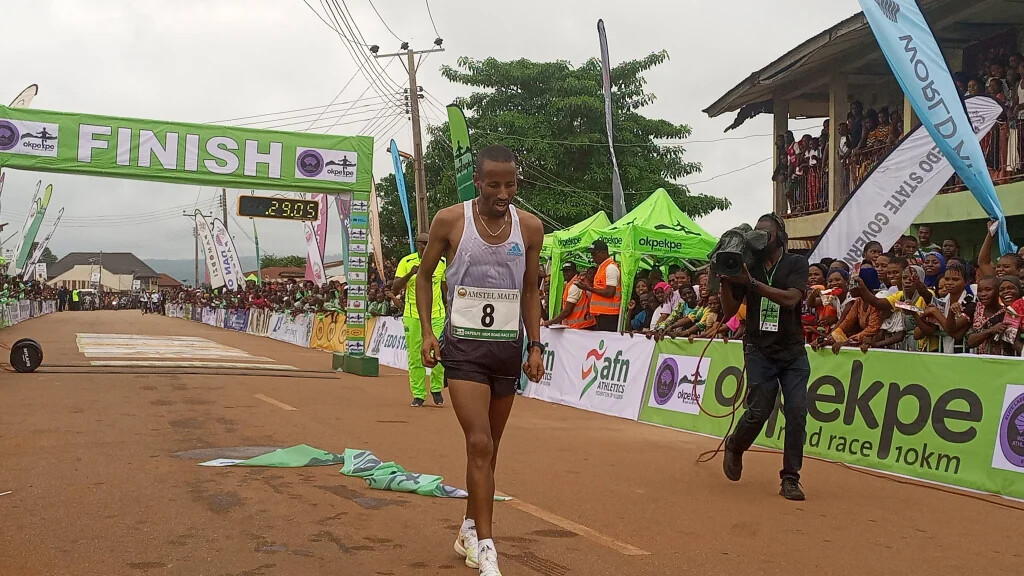
He ran 59:52 to win the Istanbul Half Marathon in Istanbul, Turkey at the end of last month and will be looking to become the fifth Kenyan winner of the Okpekpe 10km title. In the women’s race, a new course record also looks to be in the offing following the quality of the elite cast for the event. Kenya’s Edith Jepchumba will lead the cast of athletes aiming to rewrite the 32:41 course record set by Ethiopia’s Wude Ayalew in 2014. The Kenyan ran a 30:53 lifetime best over the distance last February, nearly two minutes inside the course record and she is the fastest athlete among the elite cast confirmed for the race. Ethiopia’s Bertukan Welde has also ran inside Ayalew’s course record when she clocked 32:00 to come in behind Jepchumba in Castellon, Spain last February. Abigail Jelimo will be seeking to get the gold this time after running 33.53 to place third at the eighth edition of the Okpekpe race last year. Meanwhile, former Nigeria’s Inspector General of Police and now Chairman of the Police Service Commission, Solomon Arase, yesterday, commended owner of the Okpekpe 10km race, Mike Itemuagbor, for sustaining the world-class road running event in Nigeria. He said: “Kudos to Mike (Itemuagbor), the great sports lover and administrator for putting the rural Okpekpe community on the map of the world. Okpekpe race has come to stay because of our brother, who has been able to sustain it over the years.” The ninth Okpekpe International 10km Road Race will hold on Saturday in Okpekpe, Etsako East Council of Edo State. Edo State government, Nigerian Breweries Plc, Dan Oil, Petralon Energy Limited and Development Bank, back the race.
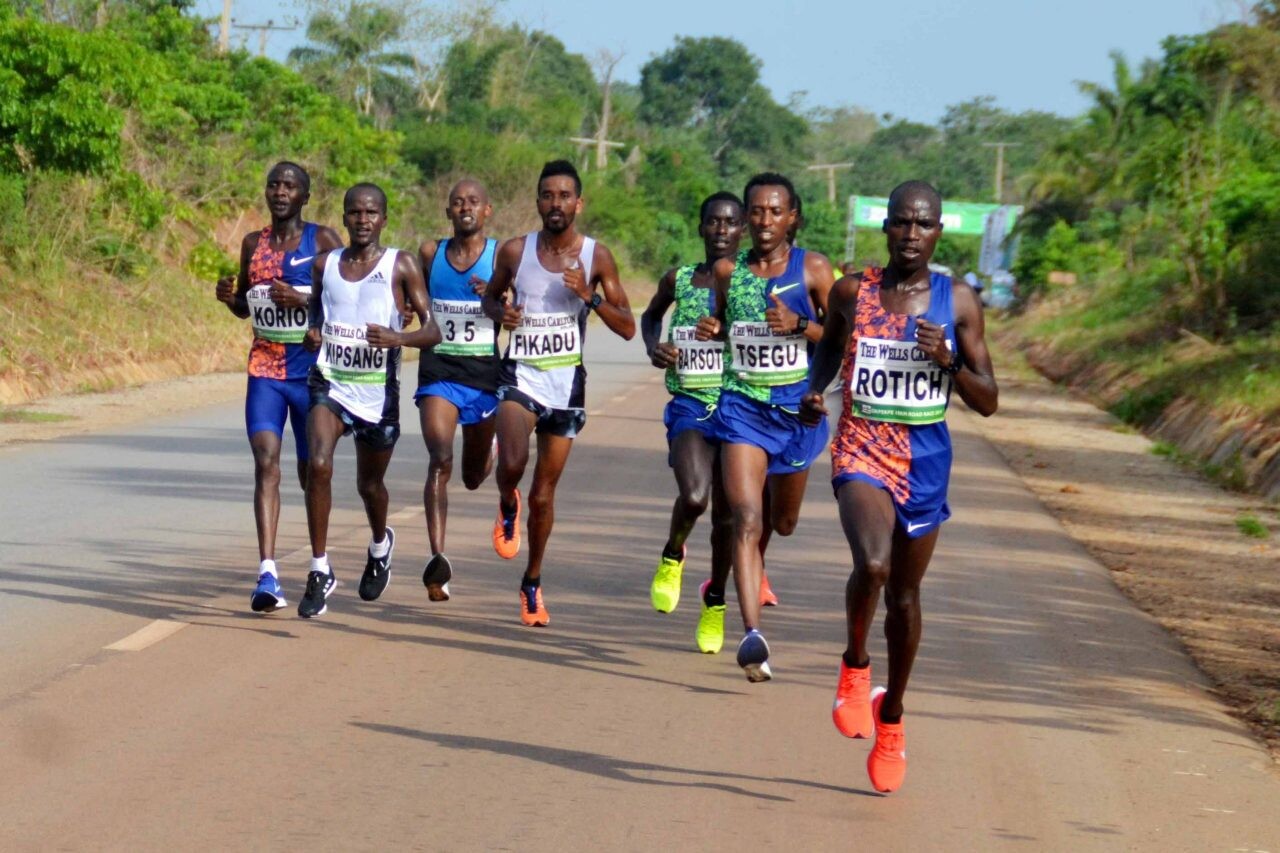
by Guardian Nigeria
Okpekpe Road Race 10km
The Okpekpe Road Race invites world-class runners from around the world in a tradition tointermix local recreational and up and coming runnerswith the best of the best. Invitation extended to all CAA Member Federations, all military and para-military have sent in entries. Okpekpe is more than just a collection of fertilefarmlands or a window into the past, it is a...
more...International Stars and Record-Holders to Clash at New York Mini 10K
TCS New York City Marathon champion Sharon Lokedi to challenge Boston Marathon champion Hellen Obiri; record-holders Emily Sisson and Keira D’Amato to lead Americans.
This year’s Mastercard® New York Mini 10K, the first women-only road race in the world, will feature Olympians, Paralympians, national-record holders and past event champions in what is expected to be the largest race in the event’s 51-year history with around 9,000 runners on Saturday, June 10 in Central Park.
The Mini 10K, which began in 1972 as the first women-only road race known then as the Crazylegs Mini Marathon, has gone on to garner more than 200,000 total finishers to date. Former NYRR President Fred Lebow named the race after the miniskirt, which back then was in vogue. A total of 72 women finished the first race, and three weeks later, Title IX was signed into law, guaranteeing girls and women the right to participate in school sports and creating new opportunities for generations of female athletes.
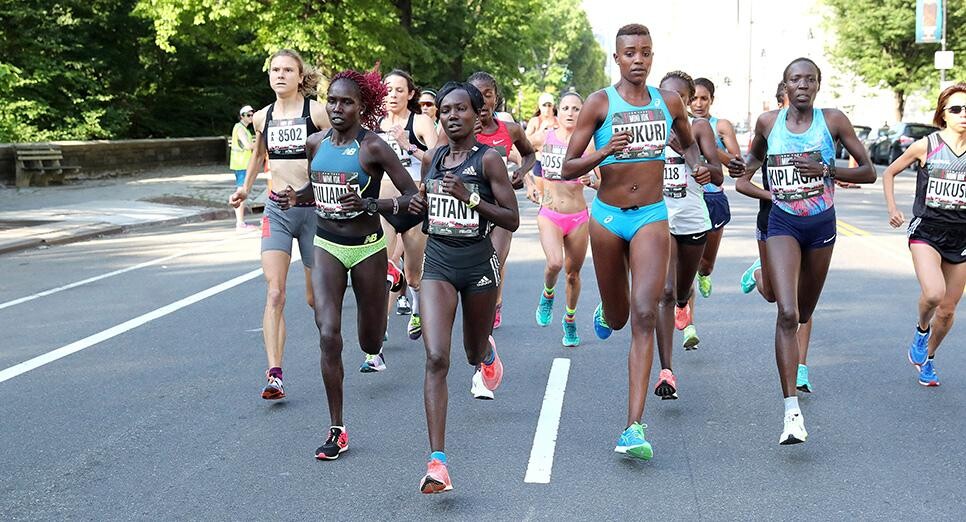
The open division will be headlined by TCS New York City Marathon champion Sharon Lokedi of Kenya, Boston Marathon champion Hellen Obiri of Kenya, and two-time Olympian and defending event champion Senbere Teferi of Ethiopia. Joining them will be a strong American contingent led by Olympian and U.S. marathon record-holder Emily Sisson, and U.S. 10-mile record holder Keira D’Amato.
Lokedi, who will return to Central Park for the first time since winning the TCS New York City Marathon in her marathon debut in November, was the runner-up at last year’s Mastercard® New York Mini 10K. Obiri, a two-time Olympic and seven-time world championships medalist, will be making her debut in the race after winning the United Airlines NYC Half in March and the Boston Marathon in April.
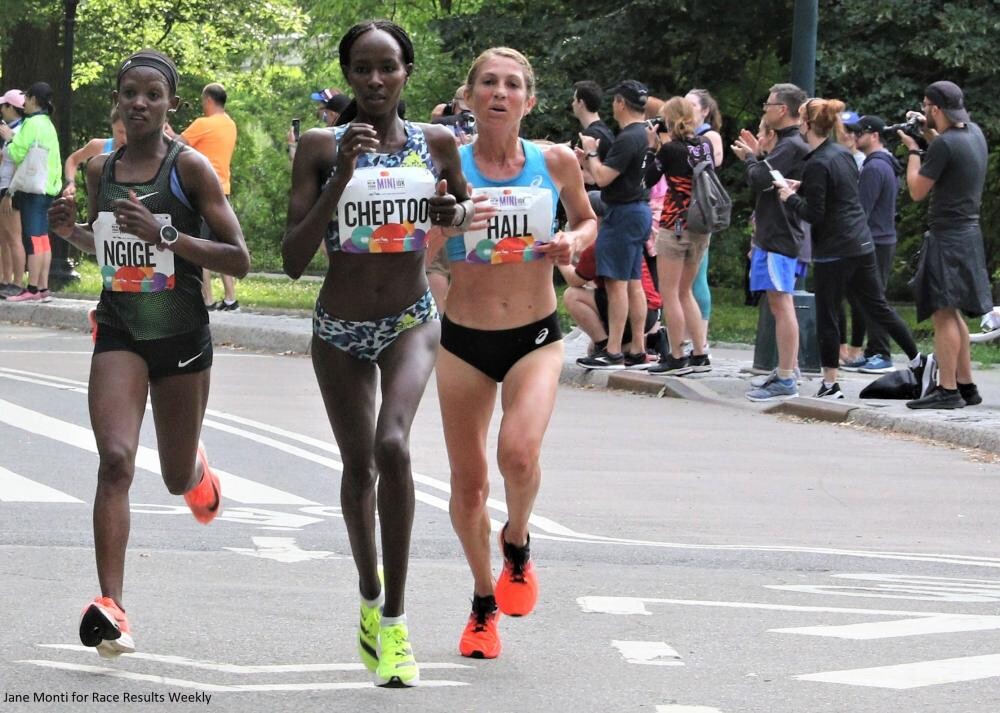
“The last time I was in New York, my entire life changed when I won the TCS New York City Marathon,” Lokedi said. “This iconic city will now always hold a special place in my heart and I’m eager to keep improving and show that I’m on top of the podium to stay.”
“There is no greater feeling than having my daughter watch me win races, and having her with me when I won the United Airlines NYC Half and Boston Marathon this year was truly special,” Obiri said. “Now, I’m looking forward to lining up for the women-only Mastercard Mini 10K for the first time, and having so many girls from the next generation watch me race, just like my daughter does.”
Teferi is a two-time Olympian who won the 2022 United Airlines NYC Half in an event-record time and returned to Central Park three months later to win her first Mastercard® New York Mini 10K. She is also a two-time World Championships silver medalist and the 5K world-record holder for a women-only race.
“Winning the 50th edition of the Mastercard New York Mini 10K last year was very emotional for me, and I was proud to lead thousands of women in celebration,” Teferi said. “I’m excited to return to Central Park again, which has been so kind to me in recent visits.”
Susannah Scaroni, a two-time Paralympic medalist, is the most dominant woman in wheelchair racing now as the defending champion of the TCS New York City Marathon, Boston Marathon, and Chicago Marathon. She has won the wheelchair division of the Mastercard® New York Mini 10K every year since it first began in 2018, and has previously set the world-best 10K mark at the race. This year, in addition to racing the likes of U.S. Paralympians Jenna Fesemyer and Hannah Dederick in the wheelchair division, she will serve as an ambassador for the NYRR Run for the Future program at the event.
NYRR Run for the Future is a free seven-week program is for high school girls in New York City with little to no running experience. It introduces participants to running and wellness through practices and panels focused on mental health, nutrition, and body image – some of which Scaroni has helped lead. At the end of the seven weeks, participants will take part in their first-ever 5K at the Mini 10K with Scaroni cheering them on at the finish line. Mastercard® will make a donation of $10,000 to NYRR Run for the Future – $5,000 on behalf of the open division champion and $5,000 on behalf of the wheelchair division champion.
“I’ve been fortunate to compete at this event since the addition of the professional wheelchair division to the Mini 10K in 2018, and I’ve absolutely loved everything about competing at this race,” Scaroni said. “This year, I’m thrilled to be giving back to NYRR and the next generation of women at the event by serving as an NYRR Run for the Future Ambassador cheering on the Run for the Future participants as they run their first-ever 5K will be incredible.”
The Mastercard® New York Mini 10K will offer $45,000 in total prize money, including $10,000 to the winner of the open division and $2,500 to the winner of the wheelchair division.
The professional athlete races will be streamed live on USATF.TV beginning at 7:40 a.m. ET. Mastercard® will serve as title sponsor of the event for the third time, and as part of its on-going partnership with NYRR will also serve as the presenting sponsor of professional women’s athlete field.
(05/23/2023) ⚡AMPby Running USA
New York Mini 10K
Join us for the NYRR New York Mini 10K, a race just for women. This race was made for you! It’s the world’s original women-only road race, founded in 1972 and named for the miniskirt, and it empowers women of all ages and fitness levels to be active and to look and feel great on the run. Every woman who...
more...World Athletics changes qualification system in middle-distance events
On Monday, the World Athletics Council announced changes to qualifying criteria for middle-distance events at major championships, starting at this year’s World Athletics Championships in Budapest in August and carrying into the 2024 Paris Olympic Games. There will no longer be fastest-qualifier spots in the heats of the 1,500m, 3,000m steeplechase and 5,000m events. Qualification for the next round will be by place only (i.e., big Q’s only).
World Athletics believes this will bring fairness, after widespread complaints by athletes claiming that runners in the later heats have an unfair advantage, because they know what times they must run to qualify for the next round; this also leads to less competitive races, as a result.

“There has been widespread feedback on the significant disadvantage to athletes in the first heat or semi-final and advantage to athletes in subsequent heats or semi-finals, when receiving qualification based on time due to knowing what is required to qualify,” World Athletics said in a press release regarding the changes.
In the new system, each heat of the men’s 1,500m will allocate six qualifying spots to the next round, while the 3,000m steeplechase heats will hold five spots and the 5,000m heats eight spots. There will still be fastest-time qualifiers in sprint events (100m-400m) and the 800m.
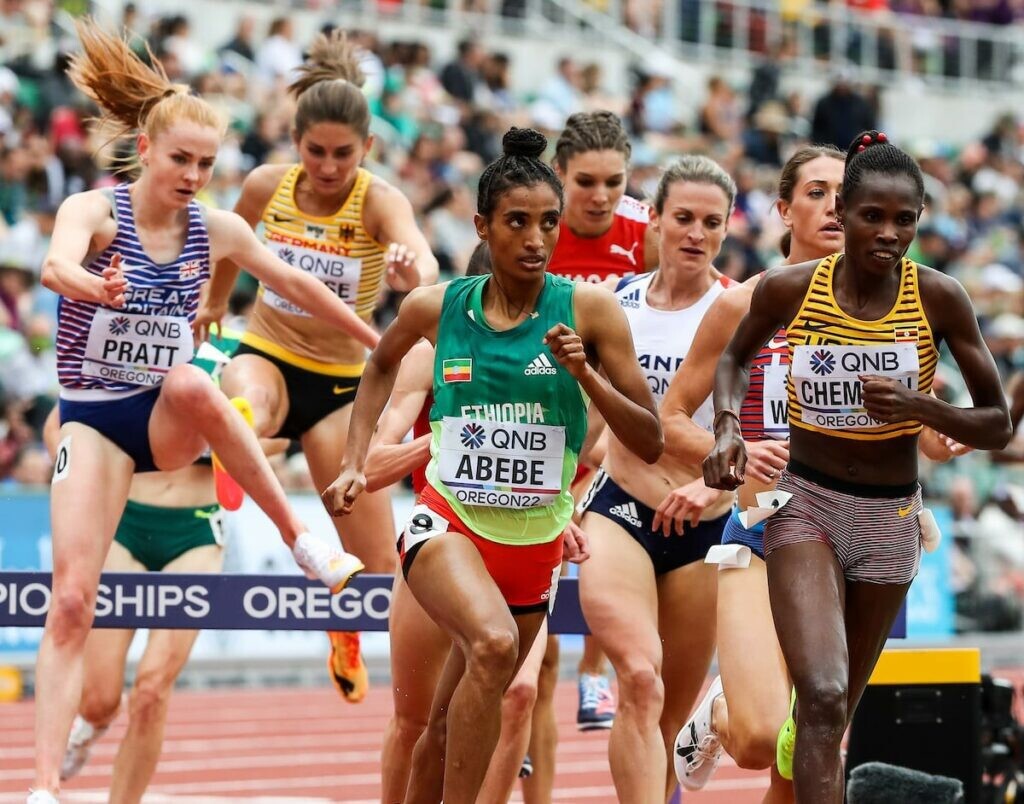
The 2024 Paris Olympics will also introduce a repechage round between the first round and semifinals for events from the 200m to the 1,500m. Athletes who don’t automatically qualify from the first round of heats will have another opportunity in a repechage heat to secure a spot in the semifinals, rather than face elimination. (The 2023 World Athletics Championships in Budapest will not include the repechage.)
(05/23/2023) ⚡AMP
by Running Magazine
Sydney McLaughlin-Levrone to return to the track at Paris Diamond League
Sydney McLaughlin-Levrone, the current world-record holder in the women’s 400m hurdles, will return to the track at the Paris Diamond League meeting on June 9. On Monday, Paris Diamond League event organizers announced that McLaughlin-Levrone will race in the women’s 400m, an event she has not run in two years.
At 23, the American athlete achieved two remarkable feats at the last two major championships. At the 2020 Tokyo Olympics, McLaughlin-Levrone won gold in both the 400m hurdles and 4x400m relay, breaking her hurdles world record in 51.64 seconds. A year later, at the 2022 World Championships in Eugene, Ore., she smashed her record again in 50.68 seconds, becoming the first woman to go under the 51-second barrier.
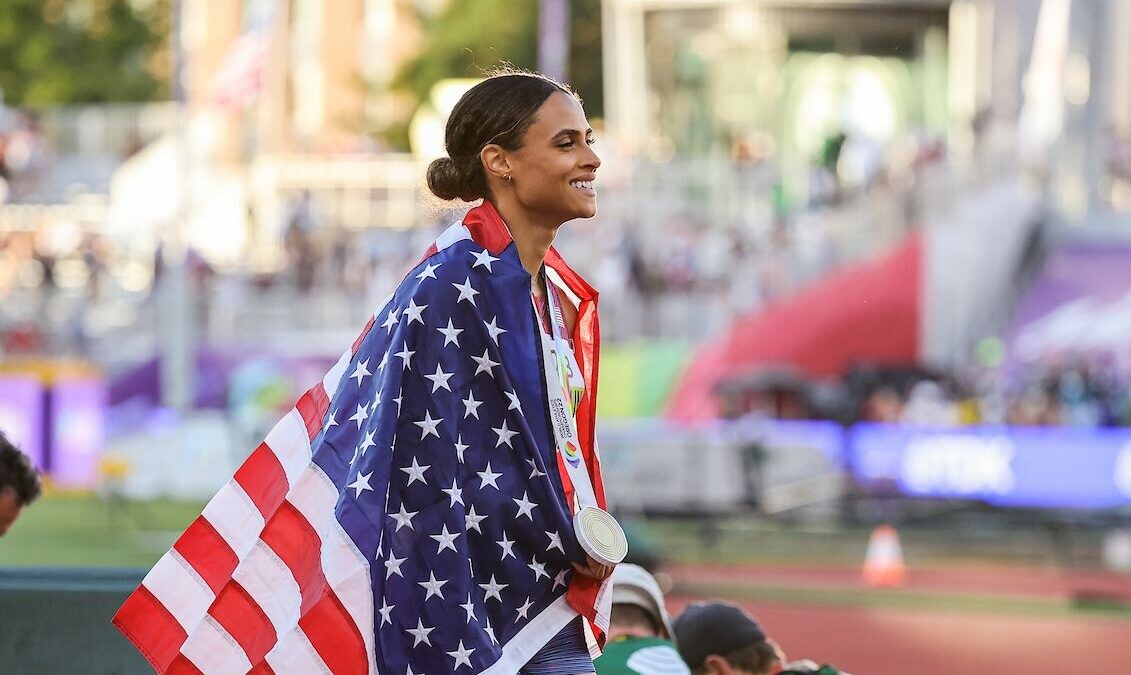
For two years, U.S. track fans have speculated if generational talent McLaughlin-Levrone could challenge the American 400m record of 48.70 seconds held by Sanya Richards-Ross. McLaughlin-Levrone’s last 400m came at the 2021 Bryan Clay Invitational, where she won the race in 51.16 seconds. She has a one-lap personal best of 50.07 seconds from 2018.
McLaughlin-Levrone has only raced once this season, an indoor 60m race at the 2023 Boston New Balance Grand Prix in February. She was initially scheduled to return at the USATF Los Angeles Invitational meet on May 27, but her coach Bobby Kersee withdrew her last week, citing hamstring soreness.
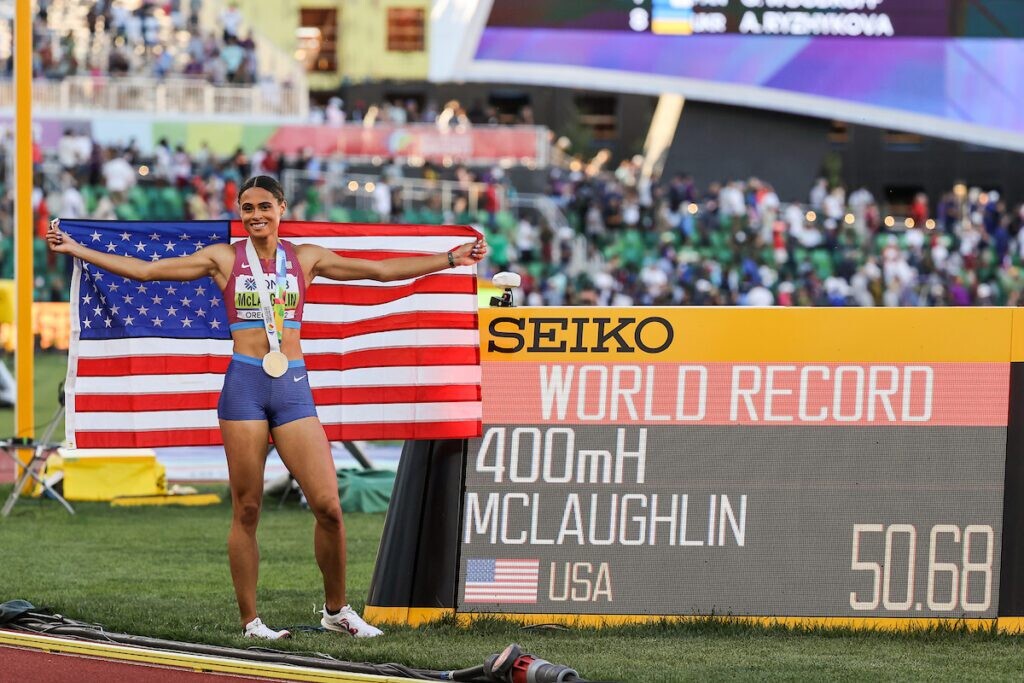
At the June 9 Paris Diamond League meeting, McLaughlin-Levrone will share the track with Marileidy Paulino of the Dominican Republic, the silver medallist in the 400m from the 2020 Tokyo Olympics. This will be the first time McLaughlin-Levrone has competed at a European Diamond League event since 2019.
(05/23/2023) ⚡AMPBoston Marathon icon Rick Hoyt dies at 61
On Monday, the Hoyt Family announced the death of Boston Marathon icon Rick Hoyt at age 61. Hoyt was a longtime staple of the Boston Marathon, who was pushed to the Boston Marathon finish line in his wheelchair by his father, Dick, for 32 years between 1980 and 2014.
“It is with profound sadness that the Hoyt Family announces the passing of our beloved brother and uncle, Rick, this morning. Rick was 61 years old. Rick passed away due to complications with his respiratory system,” the family said in a statement. “As so many knew, Rick along with our father, Dick, were icons in the road race and triathlon worlds for over 40 years and inspired millions of people with disabilities to believe in themselves, set goals and accomplish extraordinary things.”
Hoyt had cerebral palsy, which left him a quadriplegic. In 1977, he told his father, Dick, that he wanted to take part in a charity run for a lacrosse player who was paralyzed in an accident. Dick pushed his son for the race, and after, he told his father, “When I’m running, I don’t feel handicapped.”
The duo’s participation in marathons, triathlons, and endurance events showcased that physical disabilities should never limit one’s aspirations. Hoyt’s presence on the Boston Marathon course symbolized courage and the belief that anything is possible.
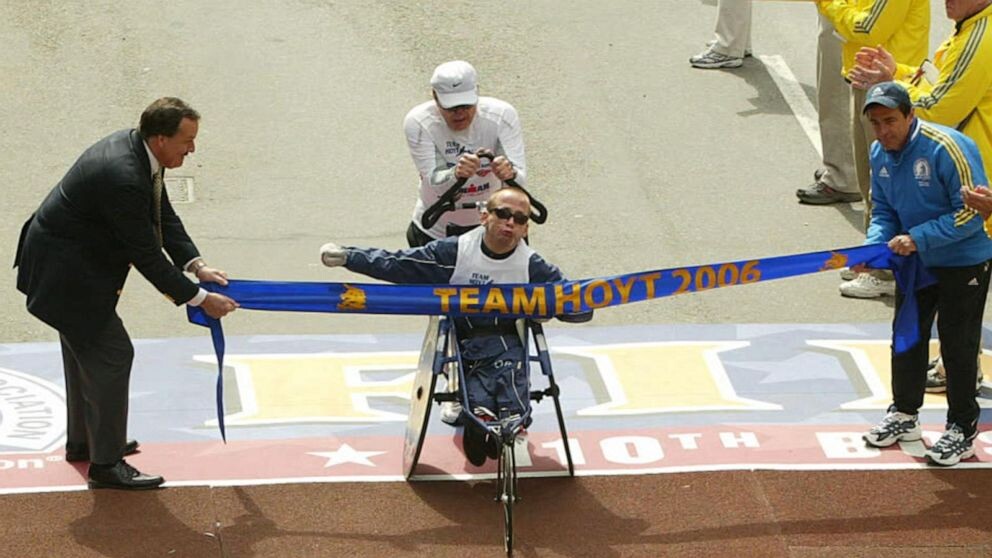
Dick died in March 2021 at age 80. The same year his son retired from marathons.
The Boston Athletic Association (B.A.A.) released a statement in memory of Hoyt:
Rick Hoyt will always be remembered as a Boston Marathon icon and for personifying the “Yes You Can” mentality that defined Team Hoyt. We are fortunate to have been able to call Rick a friend, mentor, pioneer, and Boston Marathon finisher. His legacy will live on through the Rick & Dick Hoyt Award, which is presented each April around the Boston Marathon to someone who exhibits the spirit of Team Hoyt through advocacy and inclusion.
Our thoughts go out to the Hoyt family, Rick’s many friends, and all who were touched by his positivity.
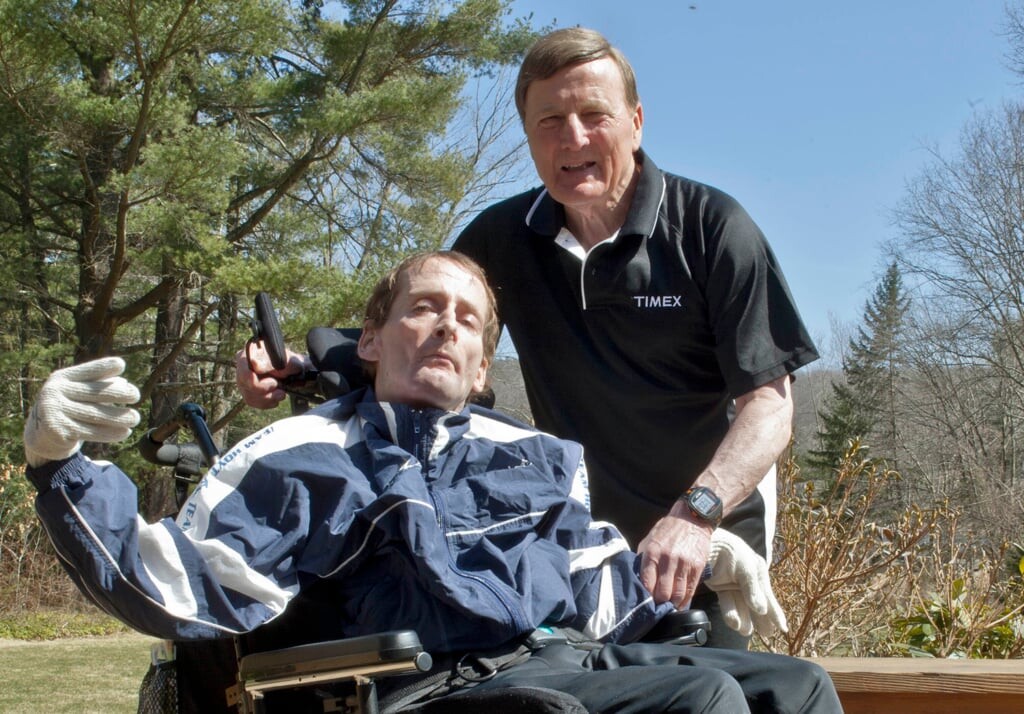
The B.A.A. has continued to honour Hoyt’s legacy at the Boston Marathon, establishing the Rick & Dick Hoyt Award in 2021. The award annually recognizes individuals who promote inclusivity and advocate for others in the community.
(05/23/2023) ⚡AMPby Marley Dickinson
Boston Marathon
Among the nation’s oldest athletic clubs, the B.A.A. was established in 1887, and, in 1896, more than half of the U.S. Olympic Team at the first modern games was composed of B.A.A. club members. The Olympic Games provided the inspiration for the first Boston Marathon, which culminated the B.A.A. Games on April 19, 1897. John J. McDermott emerged from a...
more...These adjustments can help you maximize your workouts when the temperature rises.
Scorching weather awaits on the summer calendar. If you’re a runner, so do many training miles.
Workouts when the temperature climbs can put additional – and even dangerous – stress on your body. Heat illnesses that can develop during exercise in the sizzling outdoors include heat cramps, heat exhaustion and heat stroke.
Hot and humid weather warrants caution and recalibration for runners looking to maintain their fitness routine, says exercise physiologist Katie Lawton, MEd. Here are some tips to stay safe while keeping to your training schedule.
Best times to run when it’s hot

The coolest part of the day typically occurs around sunrise, so rising before dawn to run works as an ideal solution to beat the heat. (Not a morning person? Read what a psychologist and behavioral sleep medicine specialist recommends to shift your circadian rhythm.)
Evening runs also offer a bit of a respite from the heat, even if the temperatures don’t dip as low as in the a.m. hours.
Either time slot offers more ideal running conditions than midday, when daily temperatures crest and the sun punishes those moving below. “Some people can do it,” Lawton says, “but you won’t find me running at 1 p.m.”
What to wear running in the heat
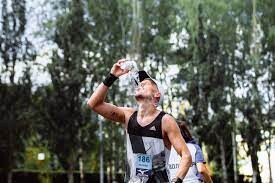
There’s an outfit for every occasion, including a 5-miler under the summer sun. Running shirts and shorts for a hot day should be:
Loose-fitting or vented to allow air to pass over and cool your skin.
Made of a moisture-wicking fabric (typically polyester-based) to aid the evaporation process. Avoid cotton garments, which quickly turn into heavy, wet apparel that trap heat against your body.
Light-colored, as dark hues absorb the sun’s heat.
Runners also may want to invest in a lightweight, moisture-wicking hat, visor or headband to absorb sweat and cool their head. Sunglasses to protect your eyes from the sun’s harmful UV rays are recommended, too.
Find shaded running routes when it’s hot
Pavement absorbs heat, making streets and sidewalks akin to a frying pan above a stovetop flame. (That helps explain the countless YouTube videos of people trying to cook an egg on sun-baked walkways.)
The lesson here is to shift your runs away from these inadvisable cooking surfaces to park trails, where miles of natural track await beneath a cool, leafy canopy.
Should you run as fast in the heat?
Running on a blistering hot day brings a definite physiological response. Your heart rate spikes as your body works to combat the effects of overheating. This survival mode instinct diverts energy away from muscles to focus on cooling.
Every sweaty step will take more effort as fatigue builds – and that will be reflected in your pace. For every 5-degree increase above 60 degrees, the typical runner can expect to slow 20 to 30 seconds per mile.
The impact can be even greater as the seasons change and runners acclimated to the cold suddenly face warmer temperatures. You should anticipate an adjustment period of one to two weeks to feel comfortable.
On the hottest days, Lawton suggests that you should ignore your pace-tracking GPS watch and run more by effort: “It’s a mindset adjustment,” she says. “Go by how you feel.”
How much to drink before and after hot weather runs
Runners don’t just drip sweat when the weather heats up. They gush it. The mass loss of fluid can lead to dehydration if you don’t take proper steps before and after your workout.
Make sure to drink 16-20 ounces of water or sports drink a few hours ahead of any training run or race, Lawton says. Top that off by downing another 8-12 ounces within 15 minutes of the activity.
Plan on drinking fluids during any run lasting longer than an hour. Lawton said a good rule of thumb is to try to consume 3-5 ounces of liquid every 30 minutes of exertion. Carry drinks on longer runs or arrange routes with access to water fountains.
Afterward, rehydrate with at least 16 ounces of fluid for every pound that melted off in sweat during the workout. Sports drinks can help restore electrolytes. Chocolate milk, juice or fruit smoothies also are excellent options. Water is always good, too.
Monitor the color of your urine to determine whether you’re properly hydrated. If it’s not pale yellow or clear, drink more fluids.
Warning signs to watch for when running in the heat
It’s important to listen to your body if you’re struggling during a run in the sun, says Lawton. More importantly, don’t ignore them. Stop your workout, get out of the heat and focus on cooling your body down if you experience symptoms such as:
Cramps or muscle spasms.
Dizziness or fainting.
A headache.
Extreme fatigue.
Skin that feels cold and clammy or hot and dry.
Be flexible with summer running plans
Don’t force a run when the weather or your body dictate a different approach, says Lawton. Consider cutting a long run in half or replacing a planned run with a cross-training activity, such as swimming or lifting weights.
If possible, use the weather forecast to plan your weekly run and schedule rest days or other activities on the hottest days.
“With the right planning and approach, runners can get their miles in throughout the summer,” says Lawton. “Be cautious, though, and don’t push it.”
(05/22/2023) ⚡AMPby Health Essentials
Bolder Boulder names Ric Rojas, daughter Nell as official 2023 race starters
Nell Rojas has participated in just about every aspect of the Bolder Boulder throughout her life while evolving into one of the top women’s distance runners in the nation.
Her father, Ric Rojas, will forever be etched in the Bolder Boulder’s rich lore as the first winner of Boulder’s annual 10-kilometer running extravaganza.
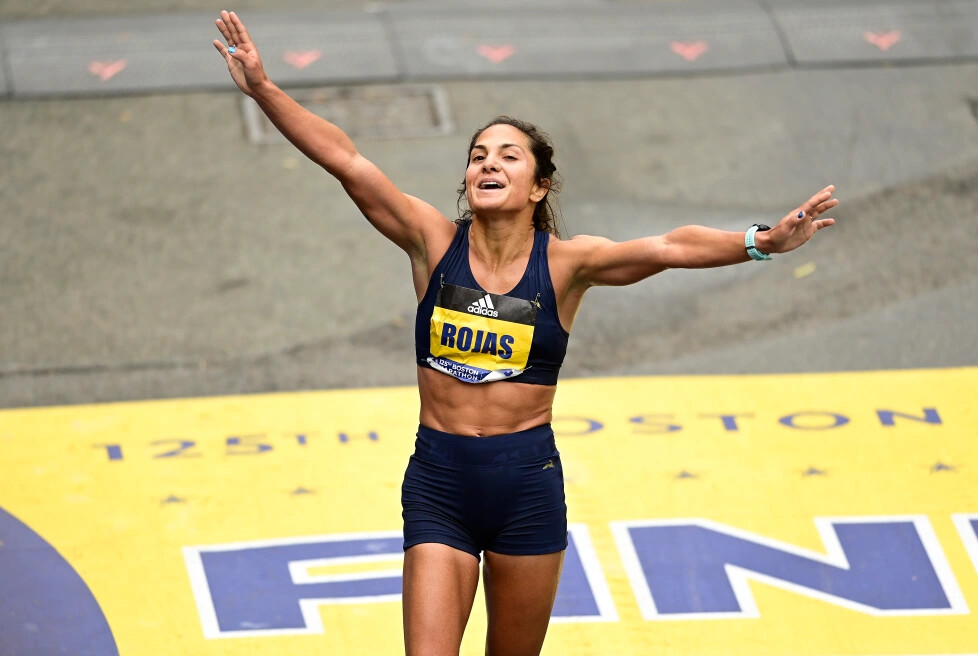
This year, it will be one of the most recognizable families of the Boulder running scene that will spur the masses into their paces.
Nell Rojas, fresh off becoming the top American woman finisher at the Boston Marathon for the second consecutive time, and her father will serve as the official starters when the 43rd Bolder Boulder sets off on Memorial Day.
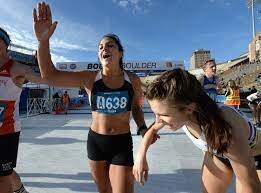
“It makes it just that more special that I get to do this with my dad,” Nell Rojas said. “I think it’s even more special for him more so because I think he’s very proud of me, but the Bolder Boulder also was a huge thing for him as an athlete, but also as a coach. He always pushed people in the Bolder Boulder since I was born. It’s a fun way to bring it around and have him have the opportunity to do this.”
Last month, Rojas completed the Boston Marathon with a personal-best mark of 2 hours, 25 minutes, 57 seconds, finishing 10th overall. Rojas also was the top American woman in the event last October.
A Boulder native and a graduate of Boulder High, Rojas ran the pro race at the Bolder Boulder for the first time last year, when the event returned from a two-year hiatus spurred by the COVID pandemic. The quick turnaround following the Boston Marathon made competing in this year’s race impossible, but Rojas was more than happy to jump at the chance to play another role as the official starter.
“I was pretty bummed not to run it,” Nell Rojas said. “I would love to come run it when I am in shape and when I can do well. I’d love to win the pro race some year. But any year I’m doing Boston, it’s just not feasible. I was bummed to say no. But when they asked me to start, that’s just so cool. And for my dad and my family, it’s such a family event and such a big part of our history, I’m super excited.”
Ric Rojas won the inaugural Bolder Boulder in 1979 and is the one-time world record holder in the 15K. He remains an elite running coach with his Boulder-based company, Ric Rojas Running. By tapping the father-daughter tandem as the official starters, the Bolder Boulder is bridging the generations between the race’s humble beginnings and a modern event that attracts elite runners from across the globe.
“Our first thought was, obviously she raced Boston and we watched her run closely,” Bolder Boulder race director Cliff Bosley said. “The first thought was to invite her for a spot on the pro team and represent the USA. But the Boston Marathon is an event that has kind of a long recovery. When she was talking to us we thought maybe not this year. So then we thought having Nell and her father as the official starters, that would really work.”
(05/22/2023) ⚡AMPby Pat Rooney
BOLDER BOULDER
In 1979 we dreamt of attracting a few hundred of our friends to race though the streets of Boulder, Colorado to celebrate Memorial Day with our families. Fast forward almost 40 years and the Bolder BOULDER has grown to become one of the largest and most highly acclaimed 10K’s in the world. Almost 1.2 million runners, joggers, walkers and spectators...
more...Standard Chartered Marathon extends partnership with Athletics Kenya
Standard Chartered Bank has entered a new five-year partnership deal with Athletics Kenya to deliver the Standard Chartered Nairobi Marathon on October 29.
The partnership, which ends in 2027, will see the athletics body assist the organisers to ensure efficient running and coordination of the event.
The event's Local Organizing Committee (LOC) chairman Peter Gitau said, “For nearly 20 years, the event has provided a stage for national and international athletes' stardom.
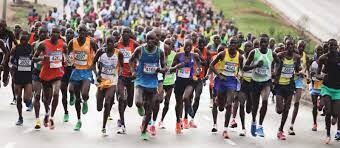
"This has only been achieved through the support of our partners, key among them, Athletics Kenya.
"Today, we are proud to extend our partnership with the athletics body and look forward to progressing our goal to deliver a collaborative, inclusive, sustainable, and premium marathon in the region."
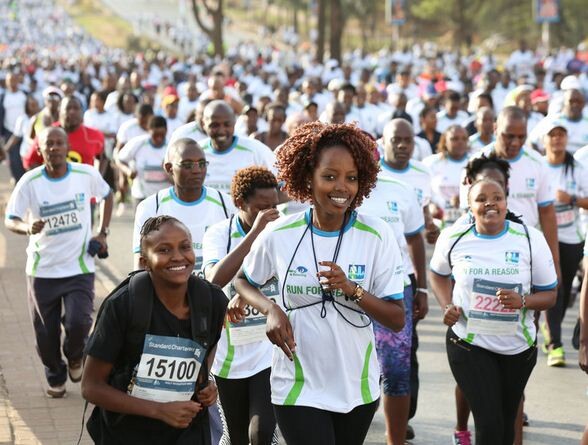
Gitau cited the likes of former world marathon record holder Dennis Kimetto, Irene Jerotich, Chemutai Rionotukei, Fridah Chepkite Lodepa, and Elisha Kiprop among others as some of the products of StanChart Marathon.
He said AK have linked athletes to the Standard Chartered Marathon since 2003 and helped launch their careers.
Besides, the association has helped to design the race specificities including timings, and running tracks, and catered for athletes' welfare checks.
Athletics Kenya (AK) president, Lt Gen (Rtd) Jackson Tuwei said he is proud to extend the partnership with Standard Chartered Marathon for the next five years.
He said over the past 20 years, the event has not only nurtured sporting talent but also helped create a benchmark for other marathons in the region.
"We are excited to continue working with the Stan Chart Marathon LOC to deliver a top-notch and unmatched event experience. We are also excited to see more athletic careers being launched and nurtured through the marathon.”
He further thanked United Nations Environment Programme and the Stockholm Environment Institute for their efforts and revealed that they will use the platform to conduct real-time air quality monitoring.
This year's event targets to register 25,000 runners and will start at the Uhuru Garden. The satellite marathons will start a week earlier prior to the main event (October 22).
The event will feature seven race categories thus; 42km (men and women), 21km (men and women), 21km wheelchair (men and women), 10km (men and women), 10km CEO challenge, 5km Family Fun Run race and the Corporate Relay Challenge.
The registration portal is now open on www.nairobimarathon.com at a fee of Sh2000 and individual and corporate participants are encouraged to register early.
Last year, Elias Chelimo and Sheila Chepkech won the 42km individual men and women categories.
(05/22/2023) ⚡AMPby William Njuguna
NAIROBI MARATHON
Nairobi Marathon is an annual road running competition over the marathon distance held in October in Nairobi, Kenya. First held in 2003, the competition expanded and now includes a half marathon race along with the main race. It was part of "The Greatest Race on Earth", fully sponsored by Standard Chartered Bank....
more...Toroitich, Poltavska take men's, women's titles in Cellcom Green Bay Marathon
The University of Minnesota runner and former Valders cross-country and track star celebrated turning 19 in style Sunday, winning the Cellcom Green Bay half marathon in 1 hour, 12 minutes, 30 seconds and taking home $750 in winnings as a present.
It was the second time Griepentrog has run Cellcom’s half marathon after finishing third in 2022.
He was faster by more than a minute this year, averaging 5:32 per mile during the 13.1-mile race.
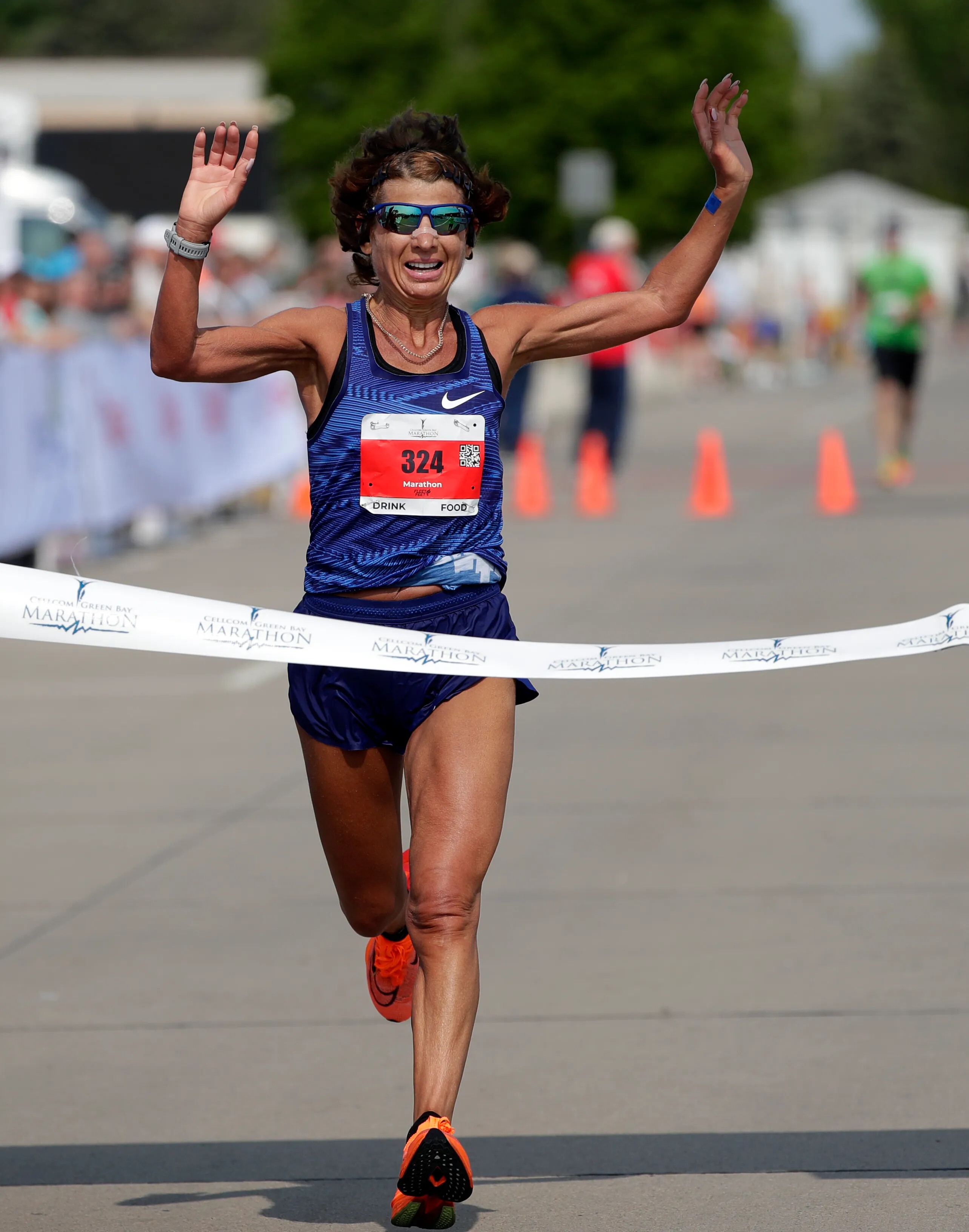
His goal again was to finish among the top three, but he was feeling so good toward the end of the race he figured he’d push himself a little harder and go for the win.
Not only did he win, but he did so in commanding fashion.
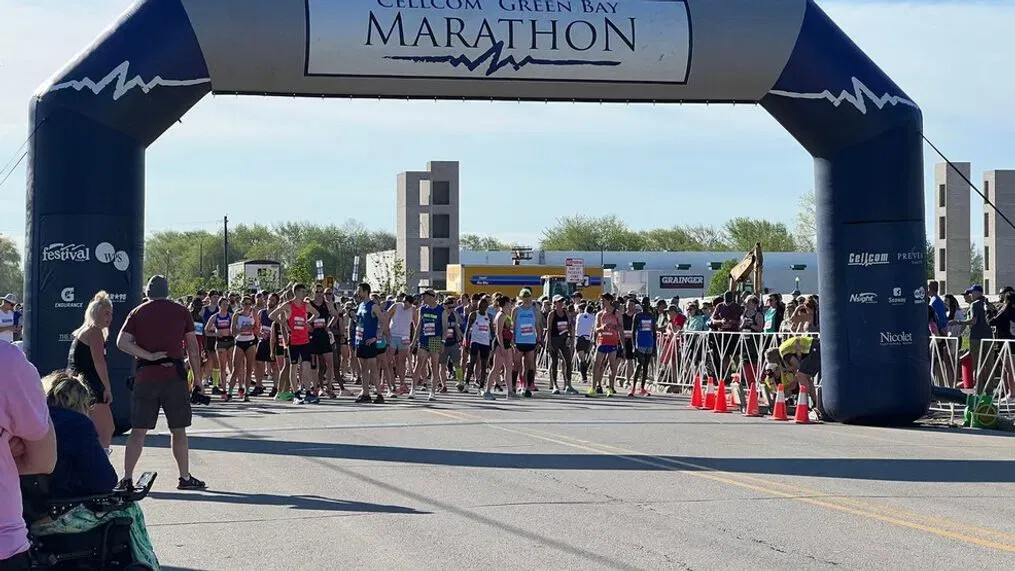
Runner-up Riley Martin of Pickett finished in 1:15.27, while Kyle Peotter of Appleton was third in 1:17:08.
Griepentrog was the best of 1,195 runners competing in the half marathon.
“It went really well,” Griepentrog said. “It was beautiful weather. Can’t complain about that. Just finished up my track season, so I said I might as well use my fitness for a little fun half marathon.
“Came out this morning and had a blast.”
Griepentrog signed a letter of intent in January 2022 to compete for the Gophers in both cross-country and outdoor track.
He was one of the best high school runners in the state during a decorated career at Valders, leading his team to the WIAA Division 2 state team titles in 2018 and 2019 and a D3 championship in 2021, when he also captured the individual state championship.
Griepentrog was just as dominant in track. He won both the 3,200-meter run and 1,600 state championships as a senior, one year after winning a title in the 3,200 and finishing runner-up in the 1,600.
His older brother, Nate, runs for UW-Milwaukee.
Griepentrog and his fellow freshmen all redshirted at Minnesota this year. They competed in some area meets but did not travel with the team for road trips.
“Kind of just a year to get some big training under our belt,” Griepentrog said. “Maybe not feel the greatest, but just go out there and gain the experience and race with the big dogs a little bit and just kind of soak in your first year.
“This year was not so much like competing, competing, competing. It was get better, get used to it and mold into the university standards.”
Griepentrog already can see there is a big difference between competing in the Big Ten and what he faced in high school, but he will be ready to help the Gophers this year.
“We did race at a couple of the big meets for cross-country,” said Griepentrog, whose track season ended last week while the cross-country season starts at the end of August. “It’s definitely a different animal. Something I have to get used to. In high school, you are used to running in the front pack with a couple guys. It’s strung out.
“In college, you are just in a massive 80 people. You can’t even see where you are on the course. It takes a lot to get used to.”
(05/22/2023) ⚡AMPby Scott Venci
Cellcom Green Bay Marathon
The Cellcom Green Bay Marathon and Half Marathon courses are considered to be fast and flat, by race industry comparisons. The courses finish with a “tailgate” themed party in the Lambeau Field parking lot! The marathon starts in front of Lambeau Field and pass along tree-lined streets in west Green Bay and the village of Ashwaubenon. Then the marathoners head...
more...Kenyan’s Sabastian Sawe and Ethiopia’s Tsehay Gemechu were the winners in Bengaluru
Bengaluru, 21 May 2023: In what will go down as a classic in Indian road running history, Sabastian Sawe (Kenya) took the men’s title and Ethiopia’s Tsehay Gemechu the women’s crown in the Elite category of the landmark 15th edition of the Tata Consultancy Services World 10K Bengaluru on Sunday.
Among the Indian elite, Murli Gavit, making only his second appearance at the iconic race, dashed to a sensational finish to bag the Indian men’s title while debutant Tamshi Singh won the women’s category.
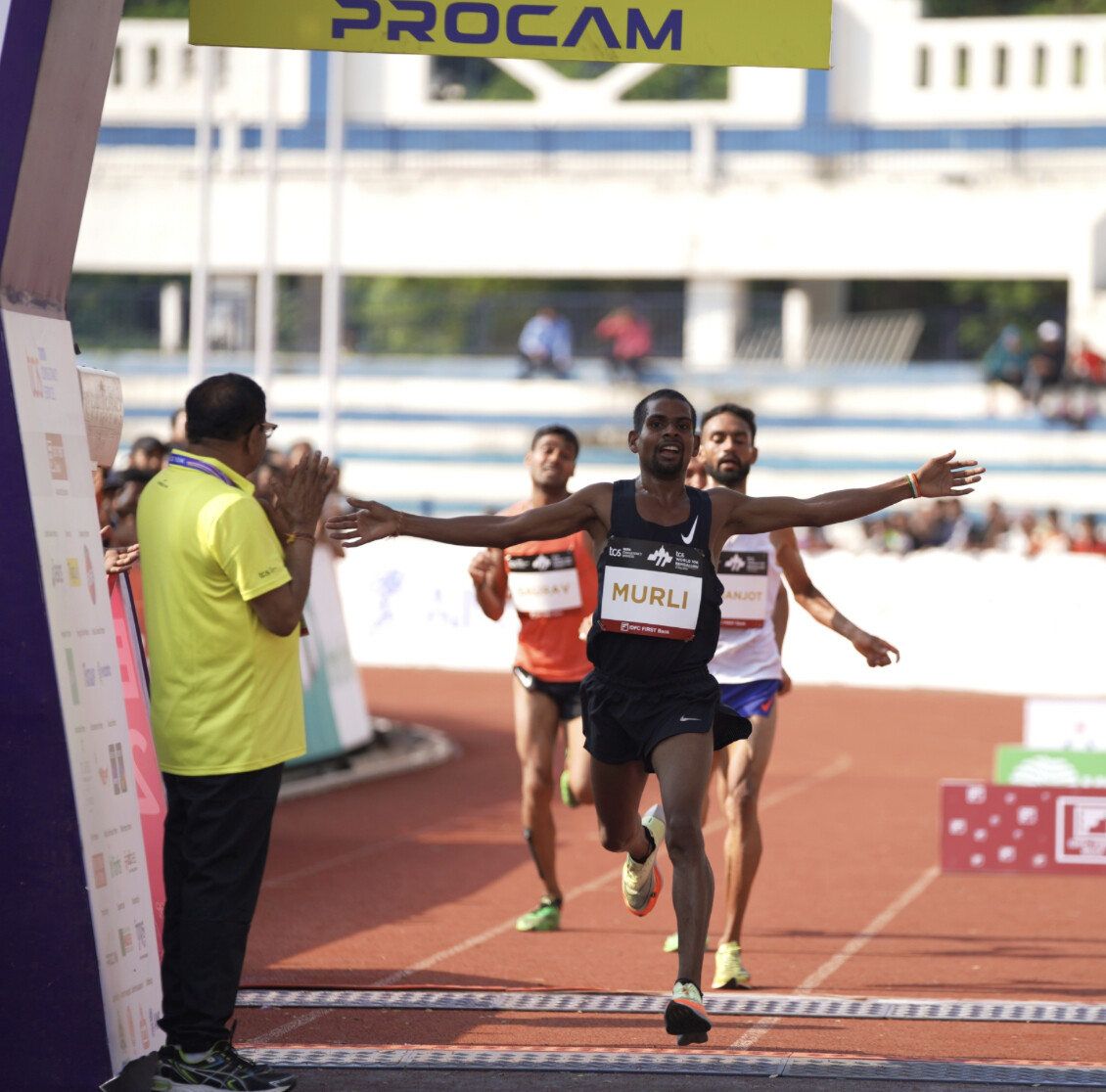
Sawe, who clocked the world’s fifth fastest 10K time in Germany last month, ran a superbly-paced race to win in a close contest and Gemechu was equally impressive in the way she kicked on at the end in the prestigious USD 210,000 World Athletics Gold Label Road Race. The winners took home an equal prize cheque of USD 26,000 each in what is possibly one of the greatest road races in Asia. Sawe won in a time of 27:58.24 and Gemechu in 31:38.
It was an Ethiopian 1-2-3 in the women’s race with Fotyen Tesafe finishing four seconds behind Gemechu and the experienced Dera Dida only seven seconds shy of the winner.
It came down to the final kilometre after the trio grippingly ran almost similar times through 2.5 km, 5 km and 7.5 km splits and it was a strong finish by Gemechu that saw this year’s Tokyo Marathon runner-up take the crown.
In her previous visit to Bengaluru in 2019 Gemechu had finished sixth. “I was determined to get this victory. In 2019, I had made one mistake, this time I had the experience so this was an easier race. I think my track experience came in handy today,” she told reporters after her sensational win.
Three Kenyans finished in the top four in the men’s race that saw last year’s winner and course record holder Nicholas Kipkoekir come fourth, as his countryman Sawe won in spectacular style after kicking on at the finish.
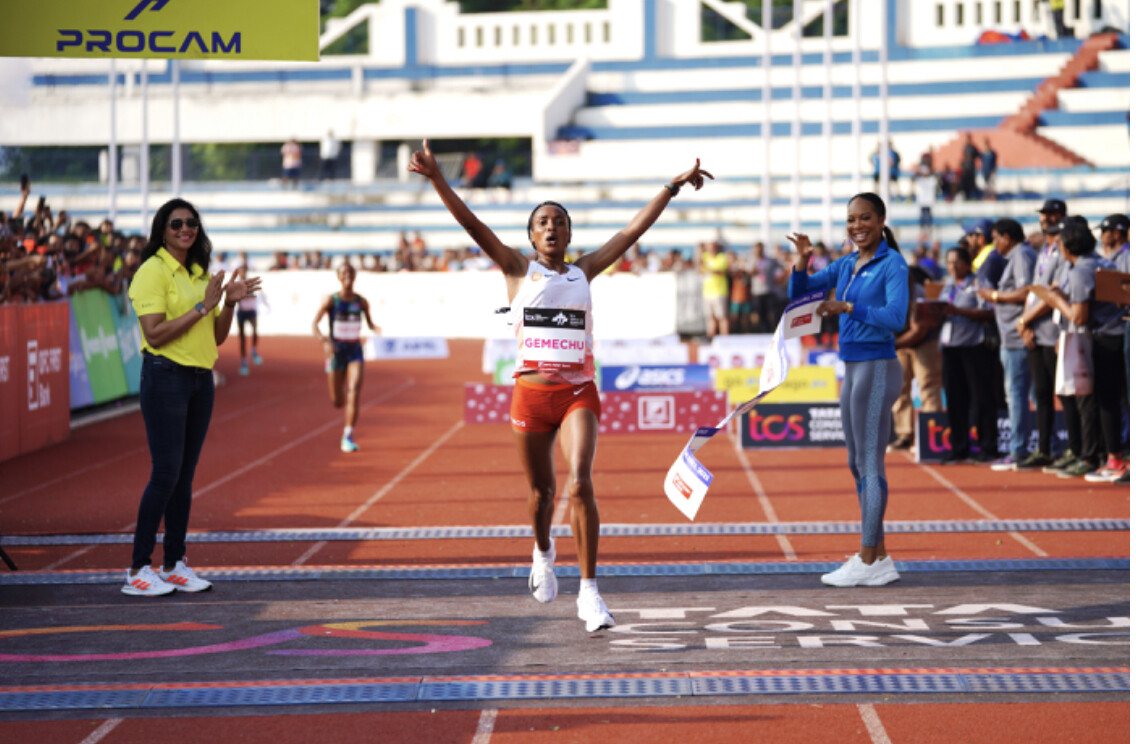
Sawe won milliseconds ahead of Rodrigue Kwizera (Burundi) after the latter was ahead moments earlier in what was a gripping race. “It’s my first time here. I was feeling confident coming into the run because I’m coming off a victory in Germany. The last two kilometres was really tough. I told myself I have to push really hard, even the last 500m was very challenging,” he said.
In the race for the Indian elite athletes, India's most promising distance runner Murli ensured a brilliant finish clocking 29:58.03 with Harmanjot Singh giving a close contest for the top spot. He finished with a time of 29:59.10 and Uttam Chand finished third with a time of 29:59.24.
The Indian men’s race followed a similar template as the international one with the athletes running together as a pack from the get-go. Initially, it was Uttam Chand who led the charge, with Gaurav hot on his heels.
While Uttam was being chased by Gaurav for most of the race, it was Harmanjot Singh and Murli Gavit who powered through the pack in the latter stages of the contest. The rankings changed significantly in the final couple of kilometres as the likes of Harmanjot and Murli went through the gears and took the contest down to the wire.
It was Murli who had just the right amount of fuel in the tank to power through the home stretch as he stormed into the lead and finished ahead of Harmanjot and Uttam. “This was my second race here. I last took part in TCS World 10K in 2015. The weather didn’t matter much to me, I have been training well. Although this wasn’t my personal best, I am happy with the big win,” stated an elated Murli.
Among the Indian women, it wasn’t as much of a tight contest, as the 19-year-old Tamshi Singh produced a personal best performance in only her first appearance here. She timed 34:12 while Poonam Sonune was second with a time of 34:29, and Seema finished third with the clock reading 34:30.
Both Murli and Tamshi walked away with a grand cash purse of INR 2,75,000 each.
The start of the women’s race, however, was a different story. It was Neetu Kumari and Bharti Nain who led the pack for the first 12 minutes, with Tamshi staying on their shoulders. But soon after, it was Tamshi who broke away just after the mid-way stage, and continued to build on.
Soon enough, the youngster had a lead of about 50 metres. With no one coming close to challenging her, Tamshi continued in her merry ways finishing off the contest in style. “It feels great to win in my debut race here. I’ve never ran the 10K before. The prize money here will definitely help me in my career to buy shoes and other gear. Next, I’m going to prepare for All India University meet, that is my next target,” stated Tamshi.
The 15th edition held in India’s running capital of Bengaluru also witnessed over 27,000 amateurs participate in a road race that has changed the fitness paradigm of the country and grown into one of the greatest road races in Asia.
(05/21/2023) ⚡AMPTCS WORLD 10K BENGALURU
The TCS World 10k Bengaluru has always excelled in ways beyond running. It has opened new doors for people to reach out to the less privileged of the society and encourages them to do their bit. The TCS World 10K event is the world’s richest 10 Km run and has seen participation from top elite athletes in the world. ...
more...For over 100 years San Francisco has hosted the Bay to Breakers
Attire on Sunday at the Bay to Breakers ranged from a Hot Cheetos bag outfit to shark and bovine costumes -- to proudly worn birthday suits -- as thousands of runners raced across San Francisco in the annual Bay to Breakers footrace from the city’s eastern side to Ocean Beach .
With attendance for the 7.5-mile race rebounding from pandemic doldrums, organizers reported 17,000 registered runners, up from 12,000 last year. The walkers, runners and revelers started off at 8 a.m. from Main and Howard streets near the Embarcadero and filled the streets westward, chugging up the Hayes Street Hill and racing through Golden Gate Park to the shore.
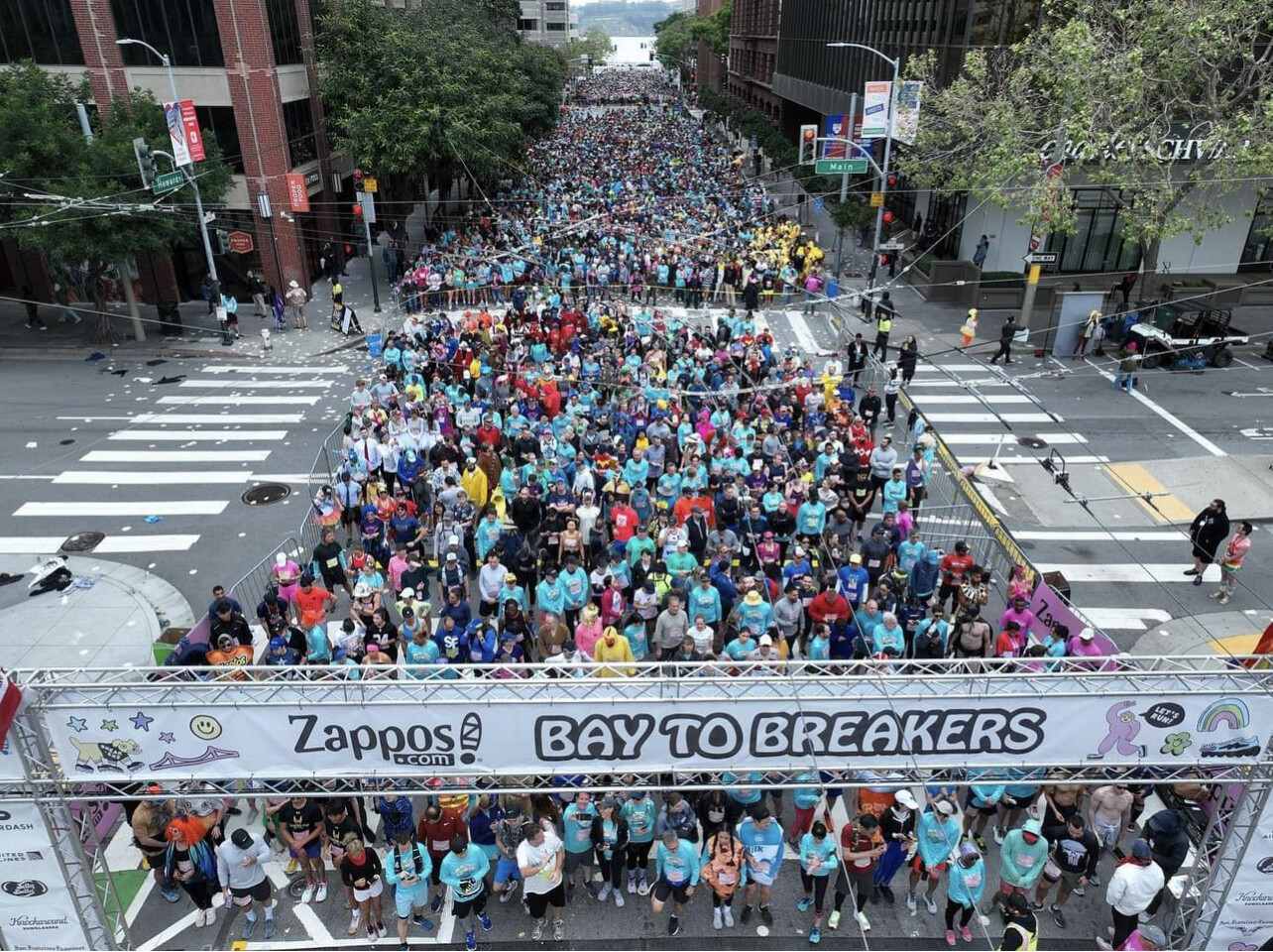
Colin Bennie of San Francisco won first place and completed the race in 35 minutes and 49 seconds (photo). The fastest women was Sarah Anderson, who finished in 43 minutes and 2 seconds.
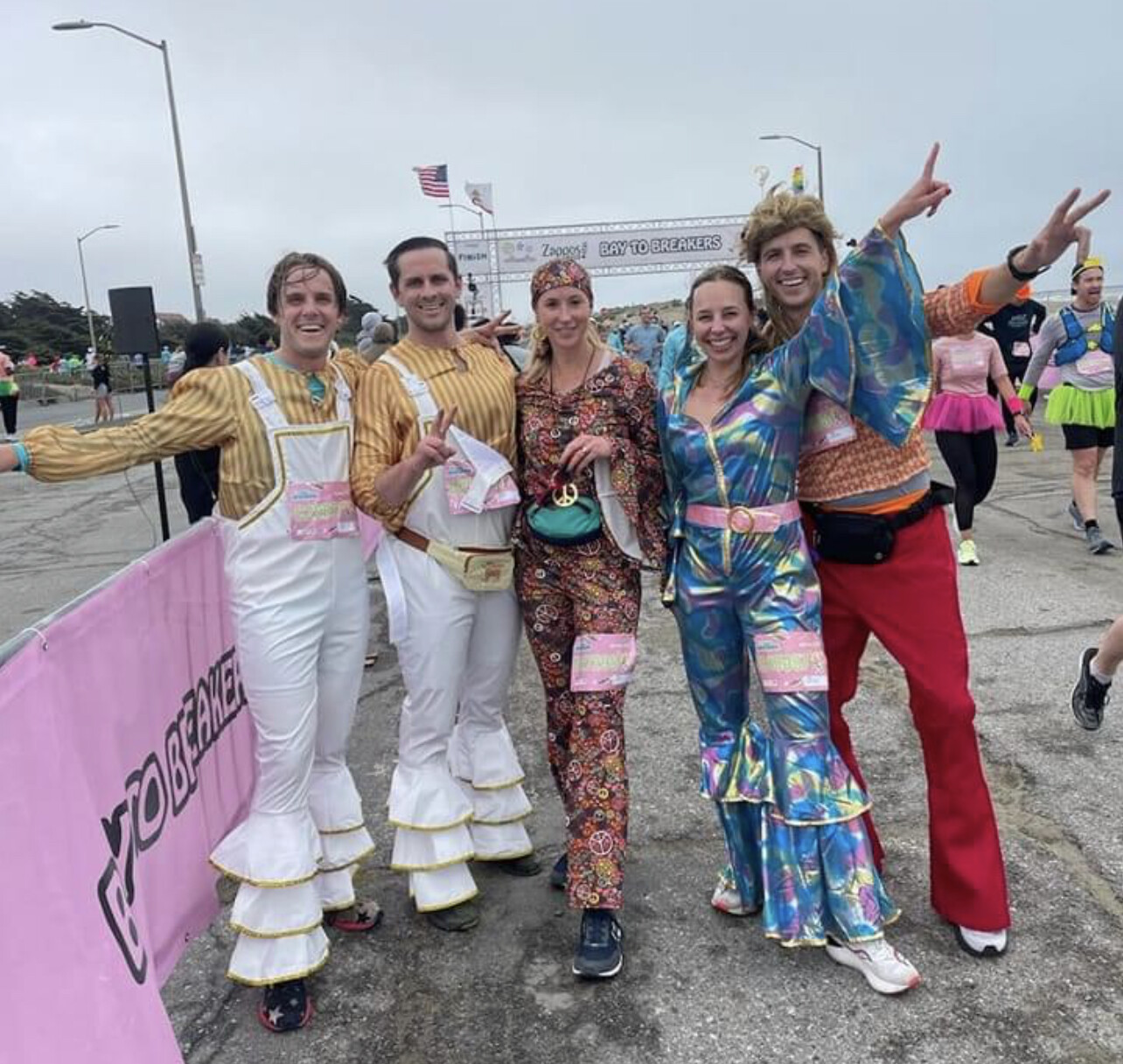
At the halfway mark Sunday, near Fell and Broderick streets, the scent of sizzling bacon-wrapped hot dogs and pop music blaring from speakers filled the air as families and onlookers cheered from the sidelines. As is customary, most runners were in wacky costumes, including the likes of a furry Elmo suit and bee and duck attire.
Among the numerous “centipede” runner teams was one group dressed in a Golden Gate Bridge outfit. Other participants were naked, wearing only hats and tennis shoes in 55-degree weather. For most, the idea was not to win the race, and many racers stopped to take a break and photos with their friends or gobble down hot dogs.
“It’s just such an iconic San Francisco event,” said Seth Cotterell, who donned a Hamilton-inspired dress, pearl necklace, black dangly earrings and black sneakers. It was his first time back running Bay to Brakers since he first ran it nearly 20 years ago, he said.
Although C.J. Timloy did not sign up for this year’s race, she dressed up anyway in a Where’s Waldo costume to get in the spirit. Timloy, her wife and a friend trekked from the Mission District to the Panhandle park for a picnic, grabbing a front-seat view of the race.
“We just love to party and take part of the festivities,” Timloy said, adding that she grew up attending the race because her parents ran it. Her mother, she said, always dressed up as a hula dancer.
Timloy said she plans to run the race next year.
The Breakers have run yearly since 1912, pausing only in 2020 and 2021 as a pandemic precaution.
Bay to Breakers is an annual footrace in San Francisco, California typically on the third Sunday of May. The phrase "Bay to Breakers" reflects the fact that the race starts at the northeast end of the downtown area a few blocks from The Embarcadero(adjacent to San Francisco Bay) and runs west through the city to finish at the Great Highway(adjacent to the Pacific coast, where breakers crash onto Ocean Beach). The complete course is 7.46 miles (12 km) long.
Course records
Men: 33:31 (2009)Sammy KitwaraWomen: 38:07 (2010)Lineth Chepkurui
Very little if any prize money is now paid to the winners.
(05/21/2023) ⚡AMP
African 100m record holder pledges to plant 1 million trees in 2023
African 100m record holder Ferdinand Omanyala of Kenya has signed on to an initiative to personally plant one million trees in the 2023 track season. The Kenyan news outlet Nation reported that Omanyala, the 2022 Commonwealth Games gold medallist in the 100m, discussed his tree-planting plans at a ceremony on Friday ahead of the Kip Keino Classic meet in Nairobi.
Omanyala (whose 100m PB of 9.77 seconds is the fastest in African history) has been working on his tree-planting project since the start of 2023. He is working in tandem with Athletics Kenya, which has reportedly engaged in similar initiatives surrounding climate change and air quality. Jack Tuwei, Athletics Kenya’s president, told Nation that both climate change and air quality have negative effects on sport, which prompted the organization to act.

Omanyala told the press that he hopes more athletes will support this campaign. “I’m aiming to plant one million trees this season, and my plea to the other athletes and anyone supporting sports is to join the campaign, because this is what we need as sports men and women,” he said.
He continued, saying, “by planting trees, the community is also set to benefit from clean air.” This is Omanyala’s main reason for setting out on his project of planting one million trees, adding that he wants to “fill every space available [in Kenya] with trees.” While he is only focused on working in Kenya, Omanyala acknowledged the global issues presented by climate change, saying it is “a worldwide concern.”
A day after his tree-planting ceremony, Omanyala raced in front of a home crowd at the Kip Keino Classic. He beat Americans Kenny Bednarek and Marvin Bracy-Williams to the line, running a world-leading time of 9.84 seconds to take the win. Bednarek finished in second in 9.98 and Bracy-Williams crossed the line in 10.03.
(05/21/2023) ⚡AMPby Running Magazine
Mo Farah eighth in penultimate race of career
Four-time Olympic champion Mo Farah finished eighth at the Great Manchester Run, the penultimate race of his career.
The 40-year-old Briton completed the 10km course in 29 minutes 11 seconds - 44 seconds behind winner Eyob Faniel of Italy.
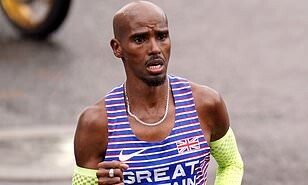
Kenya's Hellen Obiri defended the women's title in 31 minutes 14 seconds.
Farah's final competitive race will be the Great North Run in Newcastle on 10 September.
"I'm so proud of what I've achieved throughout my career," he told BBC Sport.
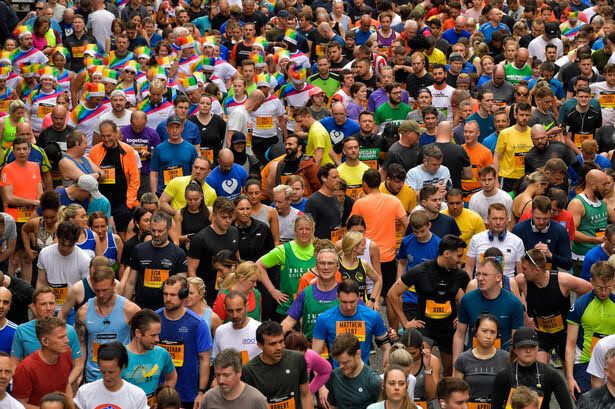
"I was a bit nervous at the start, but this city has some great history and the support I got was amazing."
Farah won 5,000m and 10,000m gold at the 2012 and 2016 Olympics.
He has also won six world and five European golds, and was knighted in 2017.
Faniel, who was born in Eritrea but moved to Italy as a child, beat Briton Marc Scott by four seconds, with Australia's Stewart McSweyn a further four seconds back. Britain's Jonny Mellor was 10th.
Obiri, who won the Boston Marathon last month, finished 45 seconds ahead of compatriot Peres Jepchirchir in second.
Calli Thackery was third - 1min 37secs behind Obiri - one of five Britons in the top 10.
Stephanie Twell was fourth, Rose Harvey fifth, Natasha Cockram seventh and Rachael Franklin 10th.
Britain's Commonwealth 10,000m champion Eilish McColgan was absent as she recovers from a knee injury.
(05/21/2023) ⚡AMPGreat Manchester Run
The Great Manchester Run, established in 2003, is an annual 10 kilometer run through Greater Manchester and is the largest 10K in Europe. Usually held in mid-May, it is the third-largest mass participation running event in the United Kingdom behind the Great North Run and the London Marathon. It is part of the Great Runs series of road races in...
more...Just one run changes how your brain reacts to food, new study shows
Going out for just one run can curb your appetite while also heightening your response to food cues in parts of your brain, according to a new study published in the journal Human Brain Mapping.
Researchers from four British universities and one in Japan recently explored the effects of running on blood flow in the brain and its influence on appetite. For the study, 23 men received functional magnetic resonance imaging (fMRI) scans before and after 60 minutes of running or rest.

During the scan, each participant viewed three types of images ranging from low-energy dense foods, such as fruits and vegetables, to high-energy dense foods, such as chocolate, as well as non-food items such as furniture.Researchers found running suppressed how hungry participants said they felt, but it increased the reactivity to food cues in different parts of the brain. Food cue reactivity is the physical and psychological response to the sight or smell of food, which can have an impact on appetite and how much a person eats.
“Our findings confirm individuals feel less hungry during and immediately after an exercise session and provide some insights into the short-term influence of exercise on brain appetite responses,” says Dr. Alice Thackray, senior research associate in exercise and health sciences at Loughborough’s School of Sport, Exercise and Health Sciences.
"Although additional research is needed to determine the implications of these findings, we know the brain plays an important role in the control of appetite and food intake. This study is part of an exciting collaboration that we plan to develop further as we continue to explore how exercise and appetite interact, including the influence on central [brain] responses.”David Stensel, professor of exercise metabolism at Loughborough University, says the role exercise plays in modifying appetite and aiding weight control “remains a hotly debated topic.
This research demonstrates that how our brains respond to food cues can be altered by exercise.”He adds the study “provides a springboard for further work to characterize appetite responses to exercise more precisely and comprehensively. This, in turn, will give us a better understanding of the role of exercise in preventing and managing unhealthy weight gain.”
(05/21/2023) ⚡AMPby Running Magazine
“Capacity Training” Is the Key to Long-Term Running Endurance
To build endurance as a runner is to build “capacity.” But what does this look like? Strength running coach Jason Fitzgerald explains.
What makes a good endurance runner? There are many skills that help endurance runners perform at their best, like:

– Power (the ability to produce force quickly) – Mental toughness (the ability to psychologically endure discomfort) – Economy (the efficiency of your stride) – VO2 Max (the maximum amount of oxygen you can process) – Speed (a high maximum velocity) – Endurance (the ability to withstand fatigue at high workloads)
But of all these skills, endurance is the most important. And fortunately, for us, it’s one of the most trainable skills.
But what exactly is endurance? At its most fundamental level, endurance is the ability to run in an aerobic state (when our bodies are using oxygen as their primary source of energy) while withstanding fatigue. It’s having a highly developed aerobic energy system. Runners who can seemingly run forever have exceptional endurance.
Think of your training as a pyramid. Everything you do—from lifting weights, running hard workouts, using a foam roller, or completing a series of strides—forms your training pyramid. Easy running helps us gain endurance the most, and it forms the base of the pyramid.
This “training pyramid” has easy runs, long runs, and aerobic workouts as its foundation. They are the most fundamental building blocks of our capabilities as endurance runners. And that’s because these are capacity-building runs!
“Capacity” training is the key to being the best endurance runner you can be. Examples of capacity training are the runs and workouts in your program that build long-term capacity for endurance, like:
– Easy runs (which should make up approximately 80-90 percent of your training volume) – Long runs (my personal favorite endurance-builder) – Aerobic workouts (lactate threshold, half-marathon, or marathon pace workouts)
These training sessions improve your long-term potential by creating structural adaptations within your body. Quite literally, you’re changing how your body is structured to benefit your highest endurance potential in three main ways:
– Mitochondria (the energy factories in your cells) become denser and more numerous – Capillaries grow, allowing for better distribution of blood flow and oxygen – Heart grows stronger and bigger, pumping a larger volume of blood to working muscles
These adaptations allow your body to complete a higher workload (i.e., train more) while becoming more efficient over time. Now let’s compare capacity training to its counterpart: utilization training.
Think of “capacity” like your bank account. It represents your spending ability. Utilization is like your credit card statement in that it represents how you’ve used your spending ability. Utilization training fine-tunes capacity. It improves your utilization of the fitness you already have.
Short, fast repetitions and hard VO2 max workouts represent utilization training. They’re necessary, but they don’t really build additional fitness or improve your capacity for endurance. These types of workouts also naturally have more risk for injury or over-training, so they must be completed strategically and less frequently than capacity-building sessions.
For that, we have to include the building blocks of capacity throughout the training cycle.
When asking yourself what types of running can build your long-term capacity for endurance, think “base training.” The focus of base training is the same as capacity-oriented running: general endurance and aerobic strength. We could easily rename “base training” and call it, more accurately, “capacity training.”
Here are the three capacity-building run types:
1) Easy running 2) Long runs 3) Aerobic workouts
Each one has its special place in your training so let’s make sure we understand each.
Easy Running. Easy running forms the cornerstone of every endurance runner’s program. In fact, 80-90 percent of your total mileage should be at an easy effort. But how do we know if we’re truly running easy?
There are three ways to figure out if you’re running at an easy effort:
1) First, rely on perceived effort. If your run is comfortable, controlled, and conversational, it’s likely an easy effort. Simple.
2) Second, use a pace calculator. Plug in a few of your race Personal Bests and you’ll be given a range of what is likely your easy pace. This is usually accurate and a good starting point.
3) Finally, heart rate is another good option for determining your easy pace. Once you know your maximum heart rate (ideally by wearing a chest heart rate strap during a short, intense race), you can run at approximately 60-70 percent of your maximum. This is commonly known as Zone 2 training.
When in doubt, just run a little slower. Your body will barely know the difference and you’ll still be gaining all the benefits of easy running.
Long Runs. While there are many types of long runs a runner can do, the simplest tactic is just a longer easy run. It’s the longest run of the week, typically 20-40 percent longer than any other run. And, much like other runs, long runs are run at an easy effort.
Most runners should aim to complete a long run every week, with a cutback distance every 4-8 weeks depending on fatigue and training goals. A cutback long run is simply a shorter long run where the distance is reduced by 2-5 miles to make it easier.
Aerobic Workouts. Aerobic workouts are the last strategy we have to continue building our capacity for endurance. These are faster training sessions run at any pace at or slower than lactate threshold (commonly known as “tempo runs.”) That includes a variety of efforts. Here they are in order of fastest to slowest:
– Lactate threshold (the fastest you can run while still working aerobically) – Half Marathon Pace (sometimes called steady-state pace) – Marathon Pace (the pace-per-mile from your fastest marathon)
If you’re running a workout at these slower efforts, you’re running an aerobic training session.
Bonus Strategy: Cross-Training. For those athletes who might be injury-prone, we don’t have to exclusively rely on running to build our endurance capacity. If higher mileage (i.e. more easy runs), longer long runs, and aerobic workouts present an injury risk, we can use cross-training to bridge the gap.
Aerobic cross-training like cycling, pool running, power hiking (especially uphill), or the elliptical can help athletes build more endurance without the added injury risk of running.
While cross-training is not running (and we should not expect to harvest carrots after planting potatoes), fitness does indeed carry over to your running. It can be helpful to estimate about 15 minutes of cross-training is aerobically equivalent to a mile of running.
So, if you’re a runner who is worried about running more (or doing too frequent workouts) because of over-training or injury fears, cross-training can help you add extra endurance without the risk.
Achieving your potential as a runner takes a long-term, patient approach that prioritizes the fundamentals. A consistent focus on training your capacity through lots of easy running, consistent long runs, and aerobic workouts will help get you there.
(05/21/2023) ⚡AMPby Outside On Line


